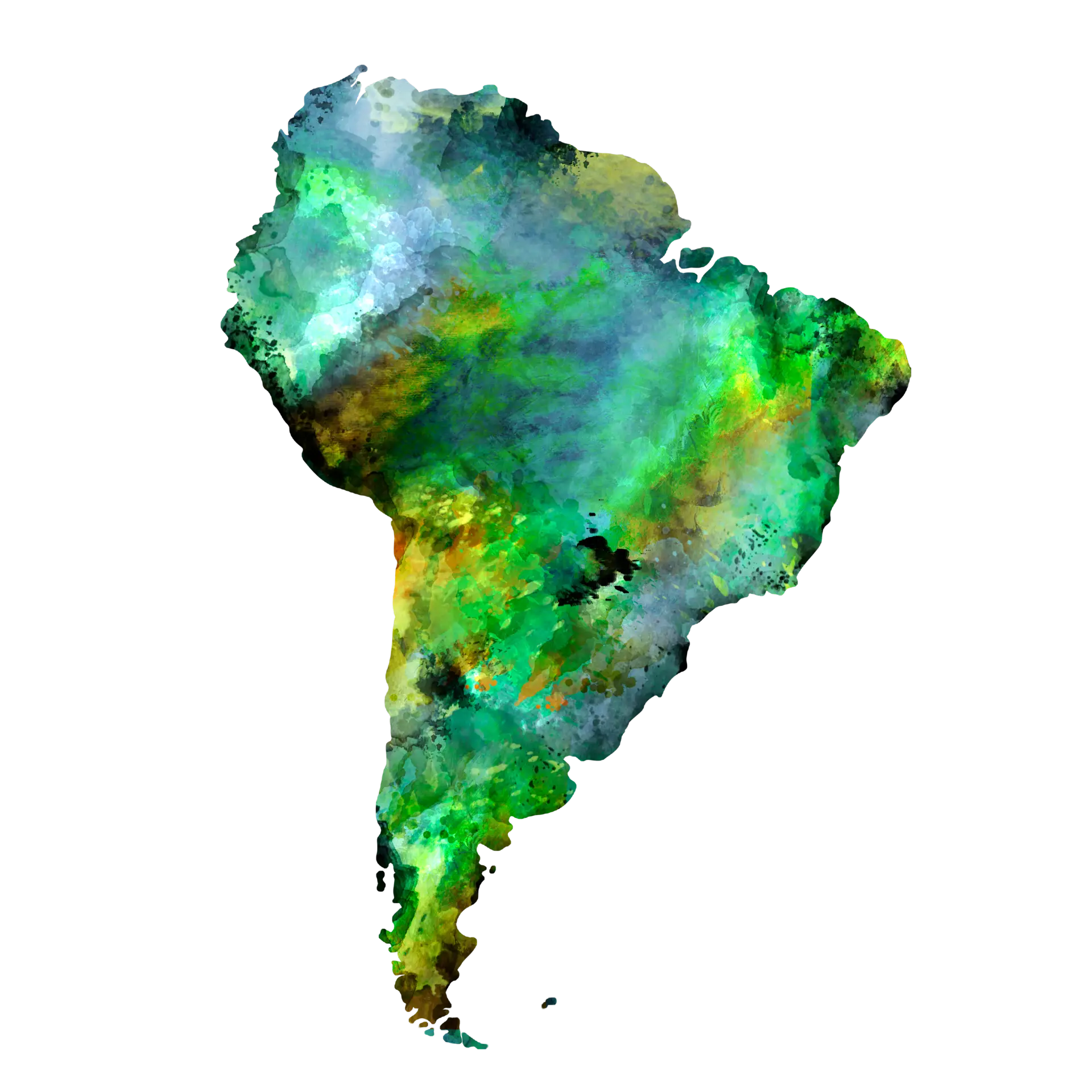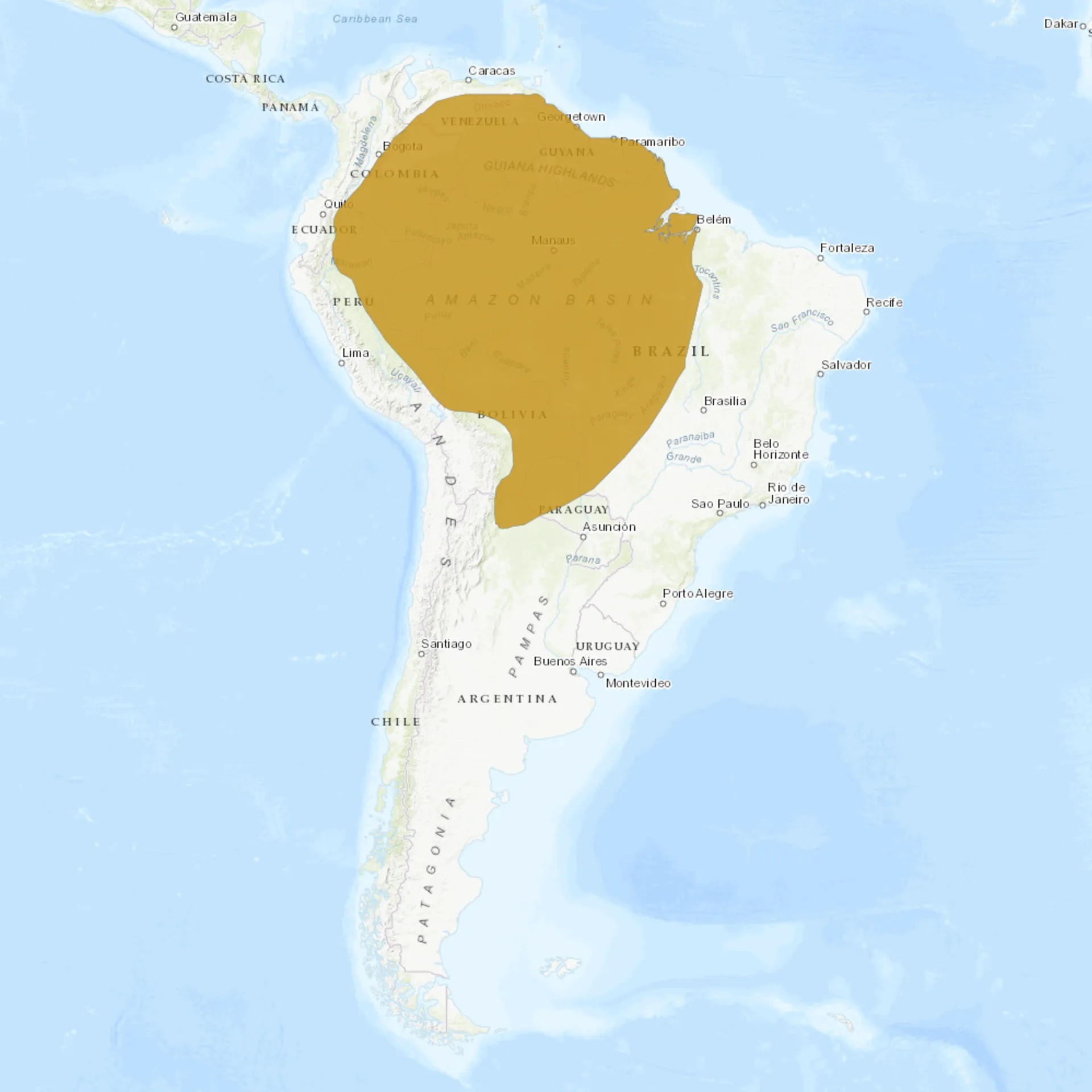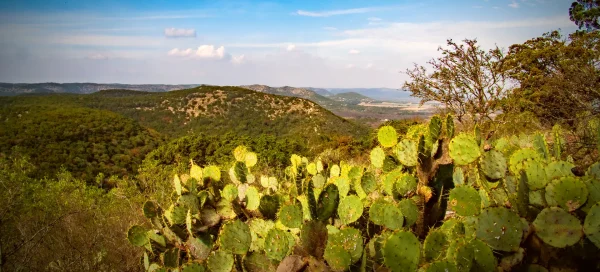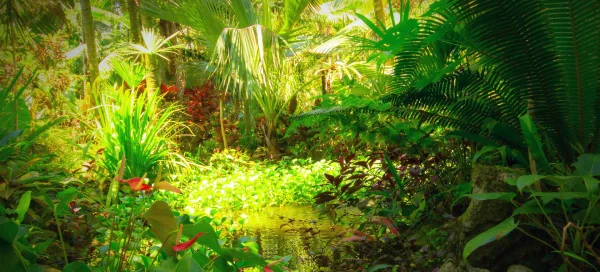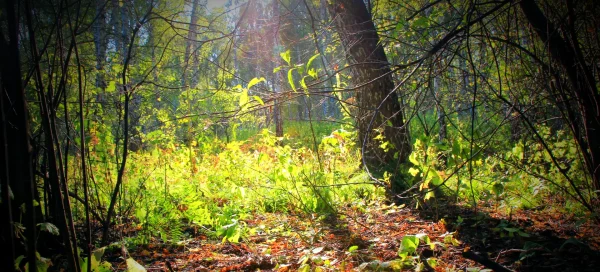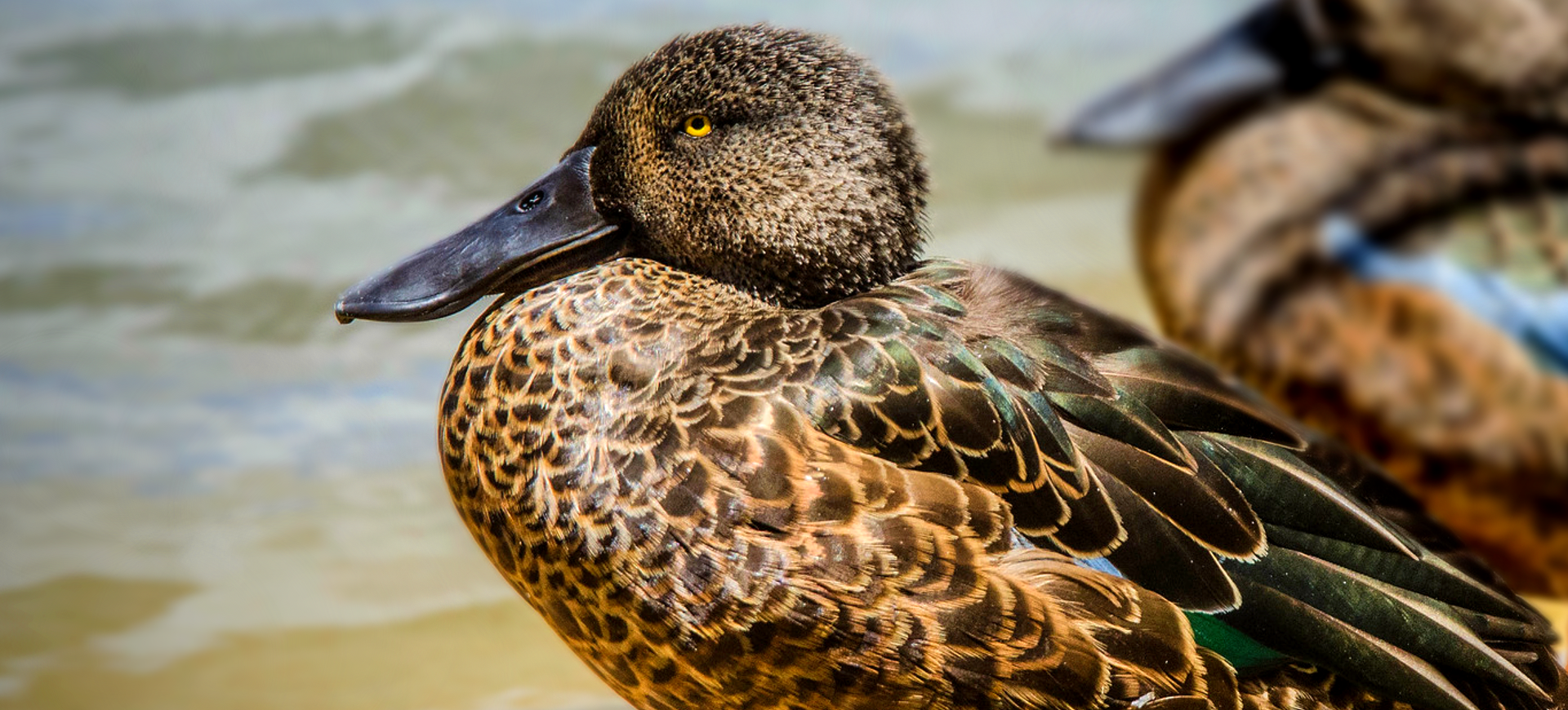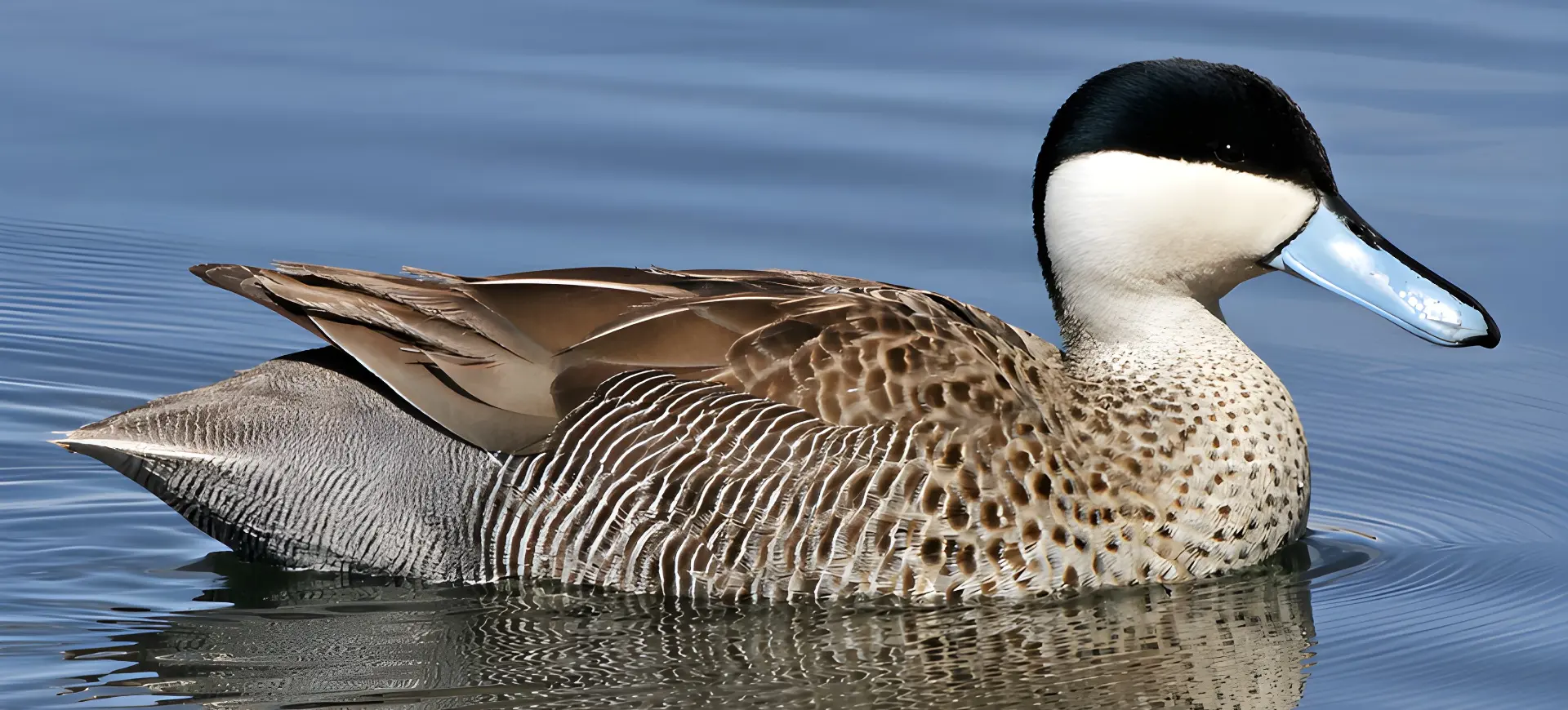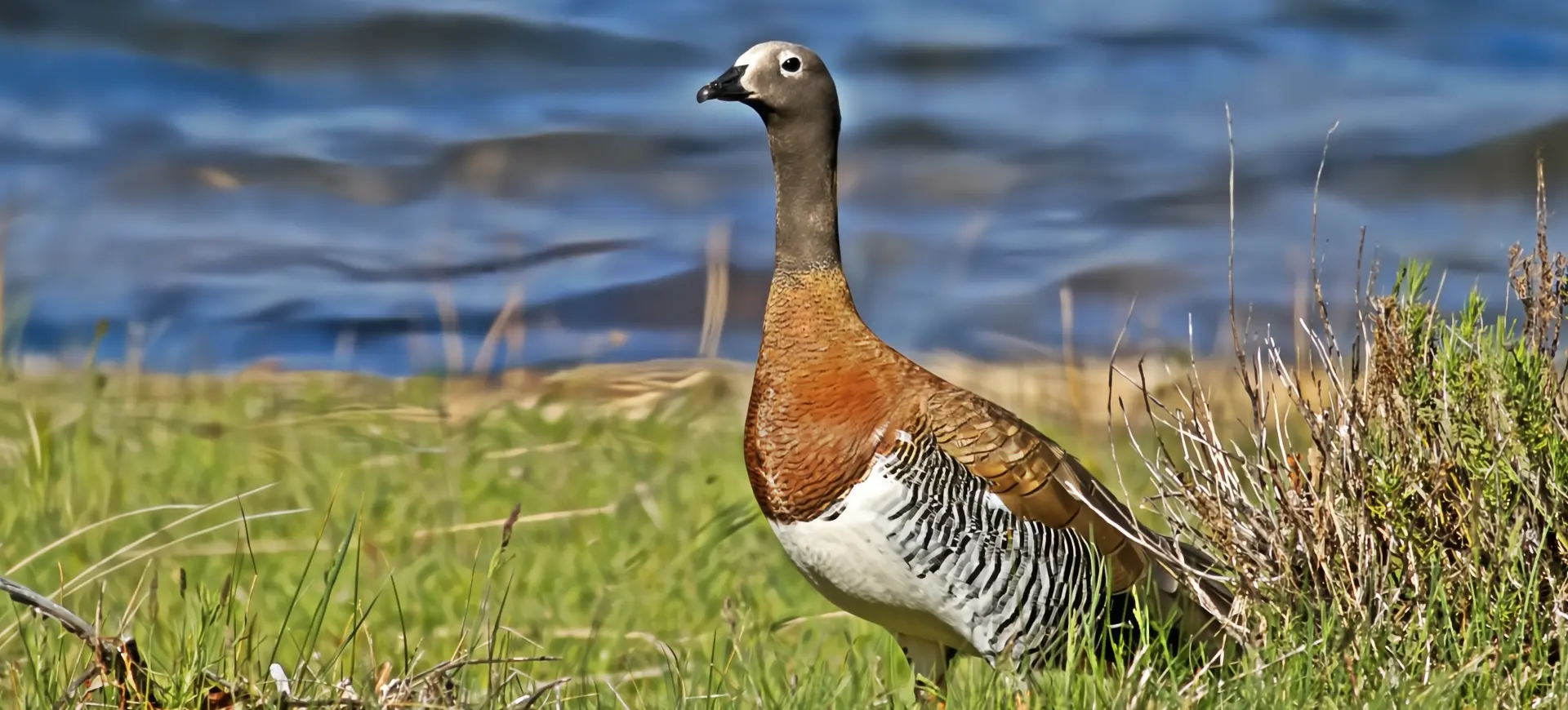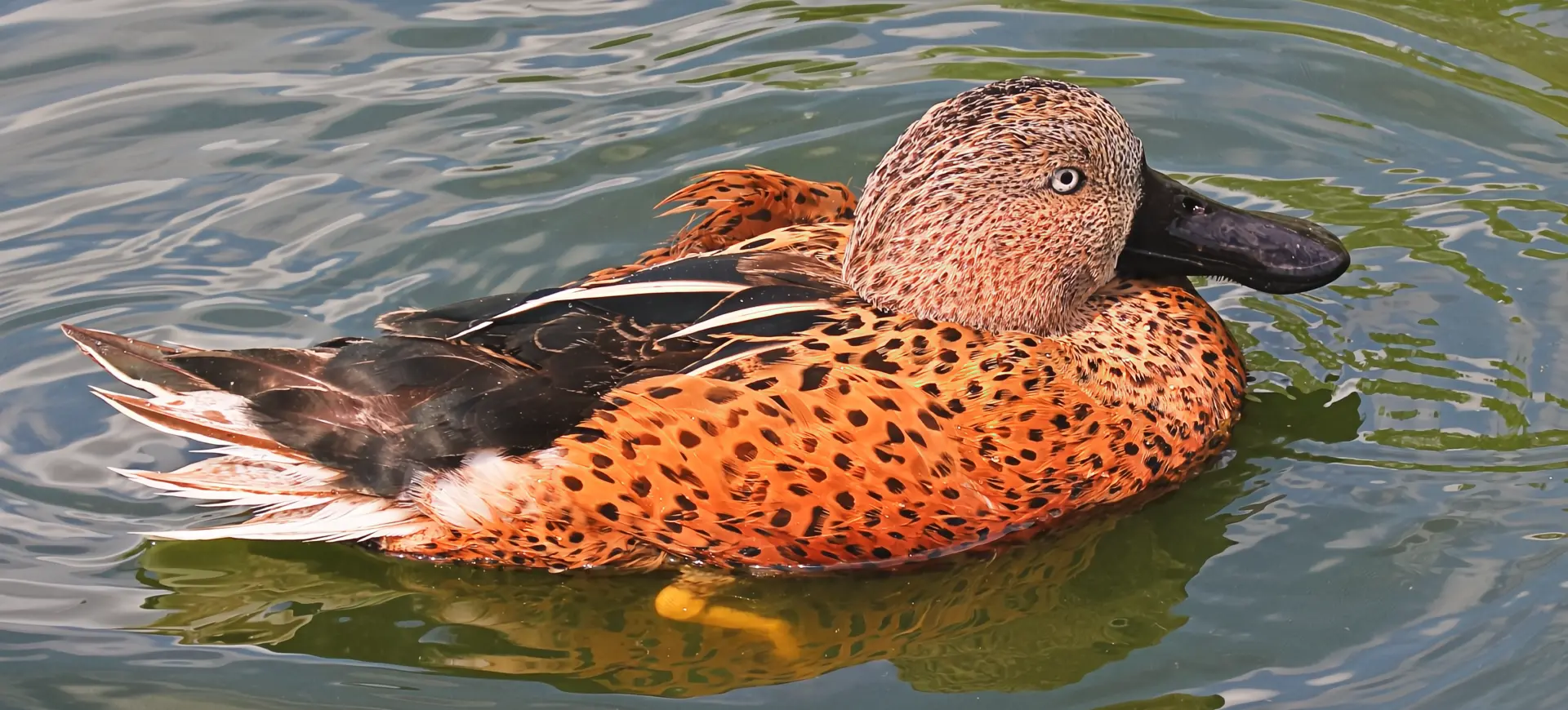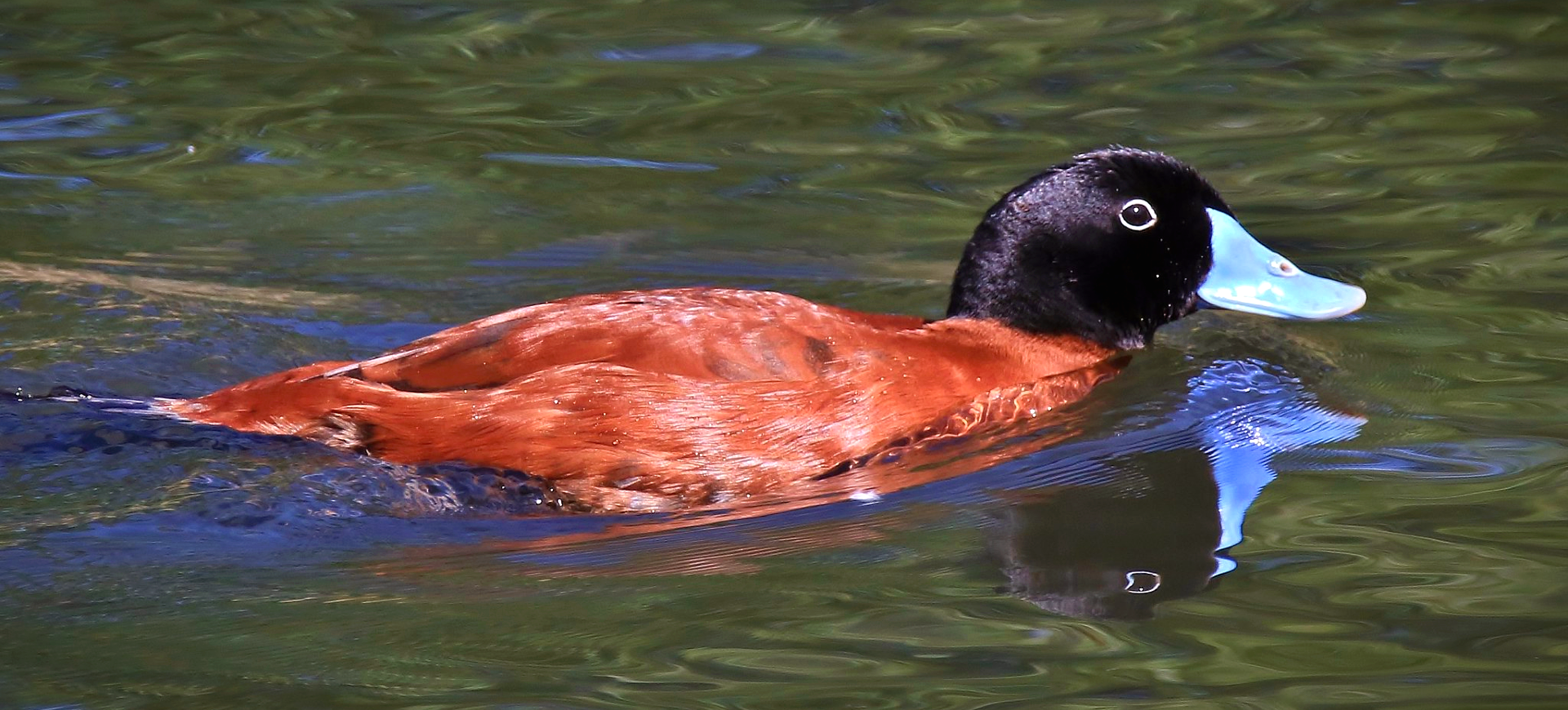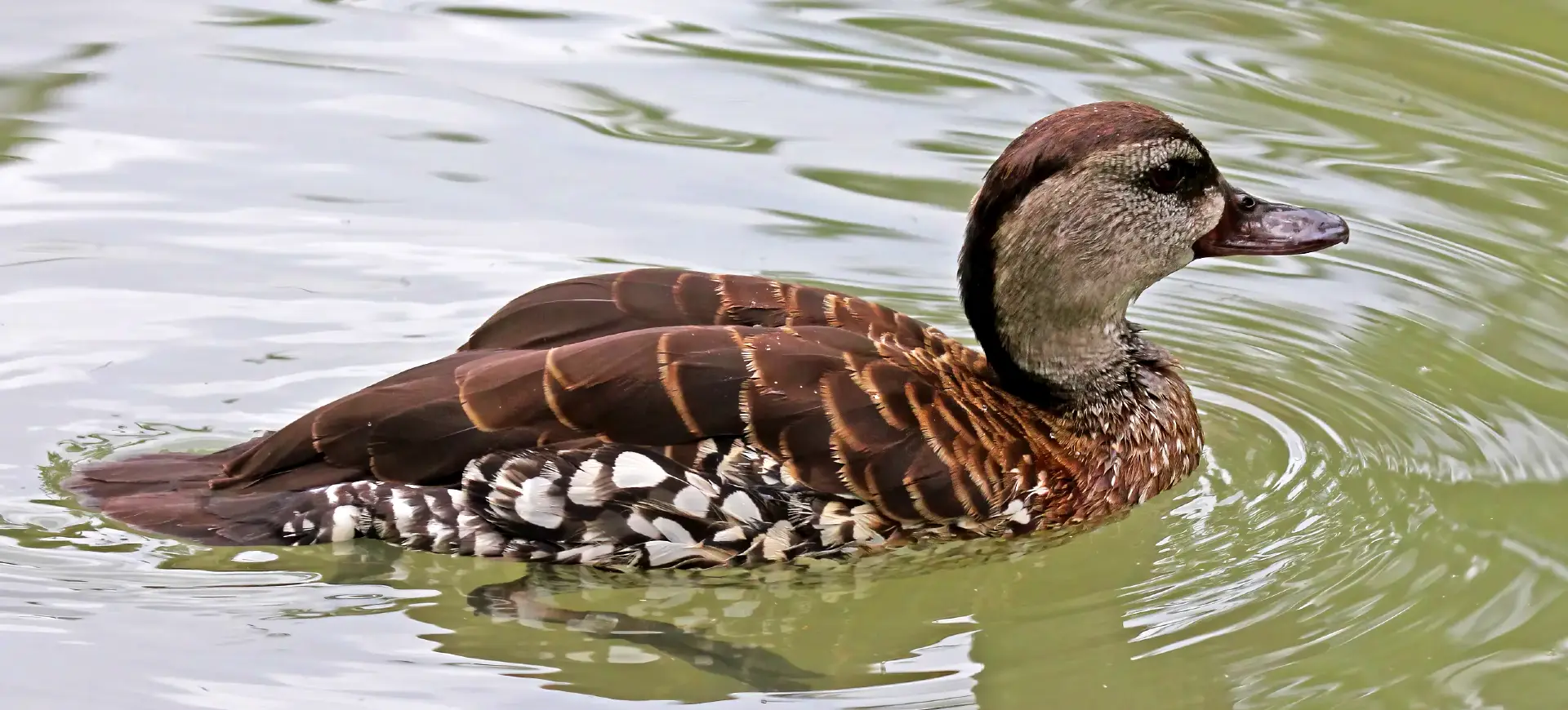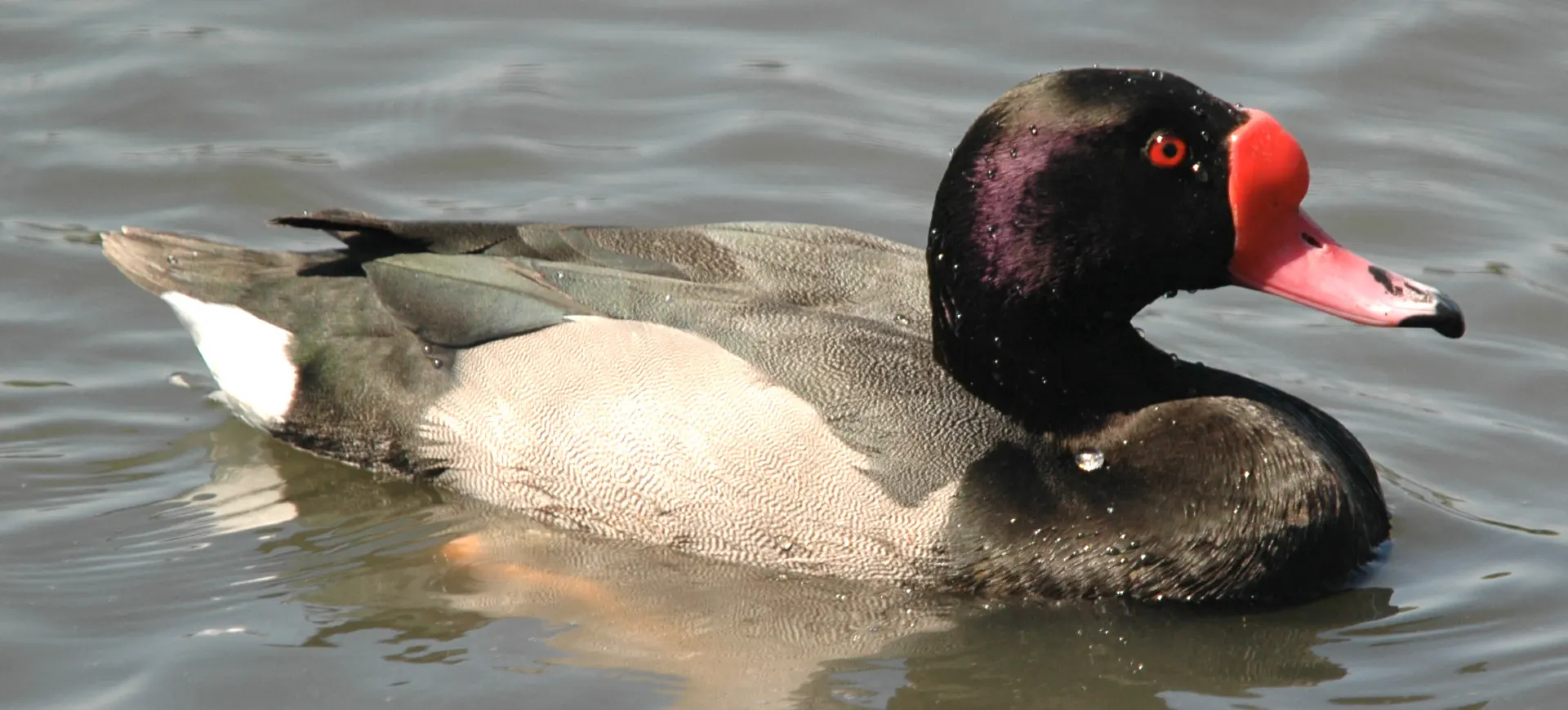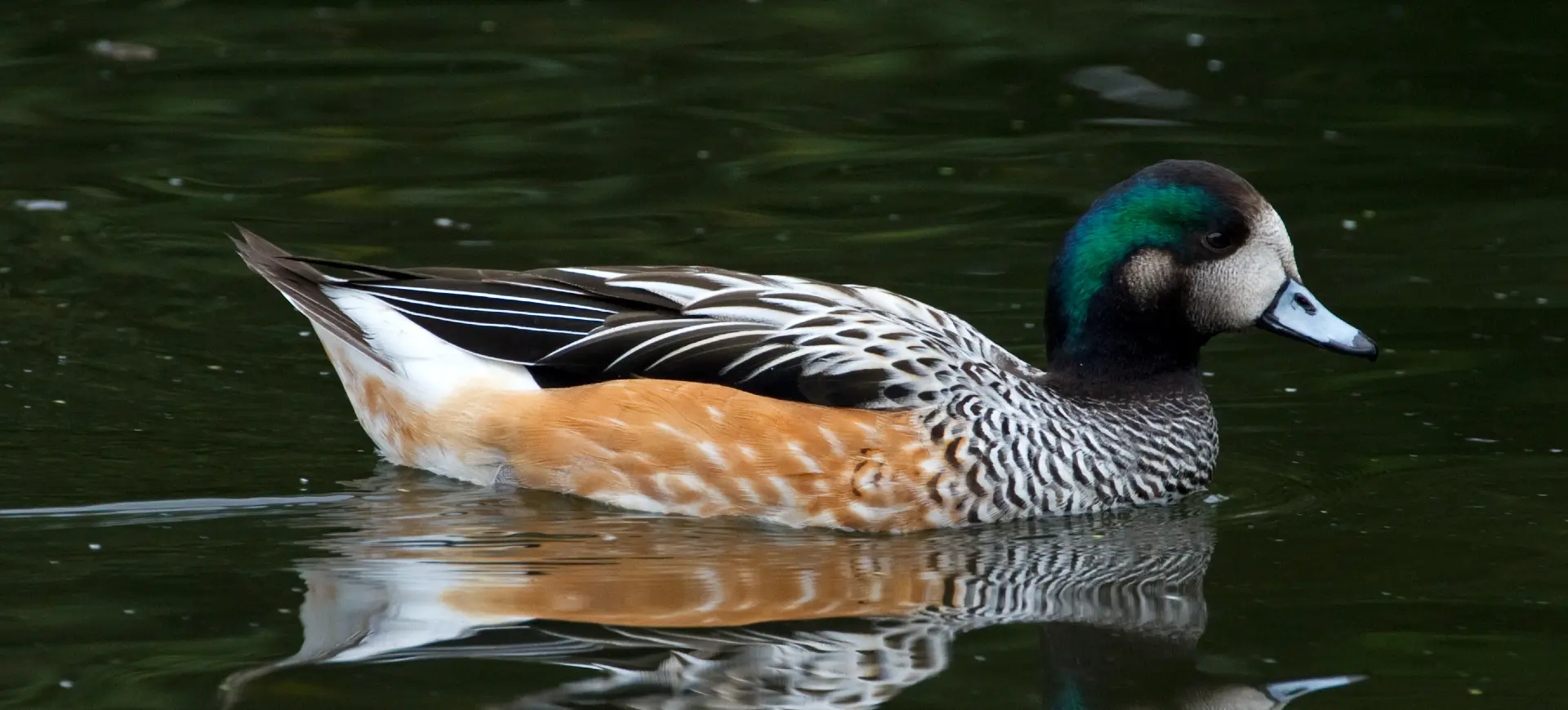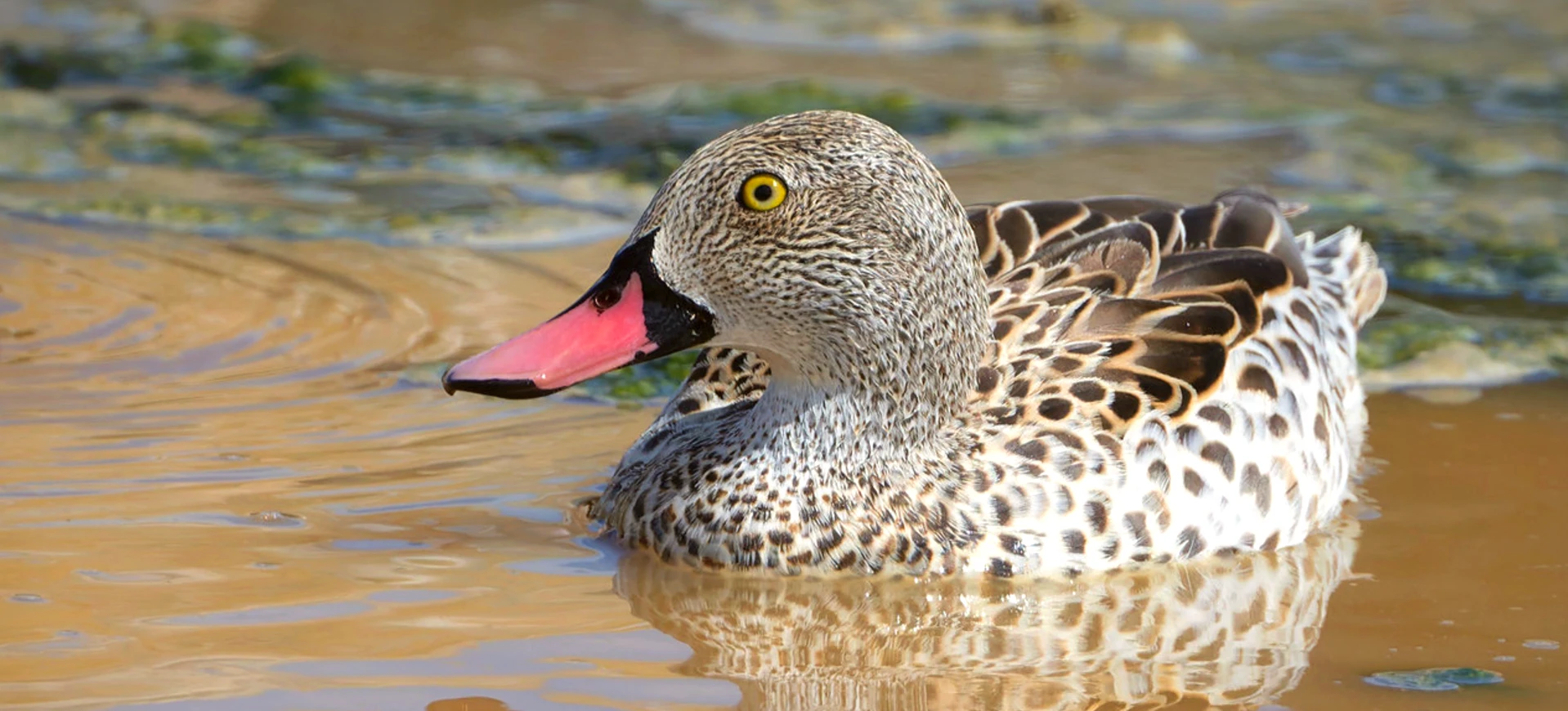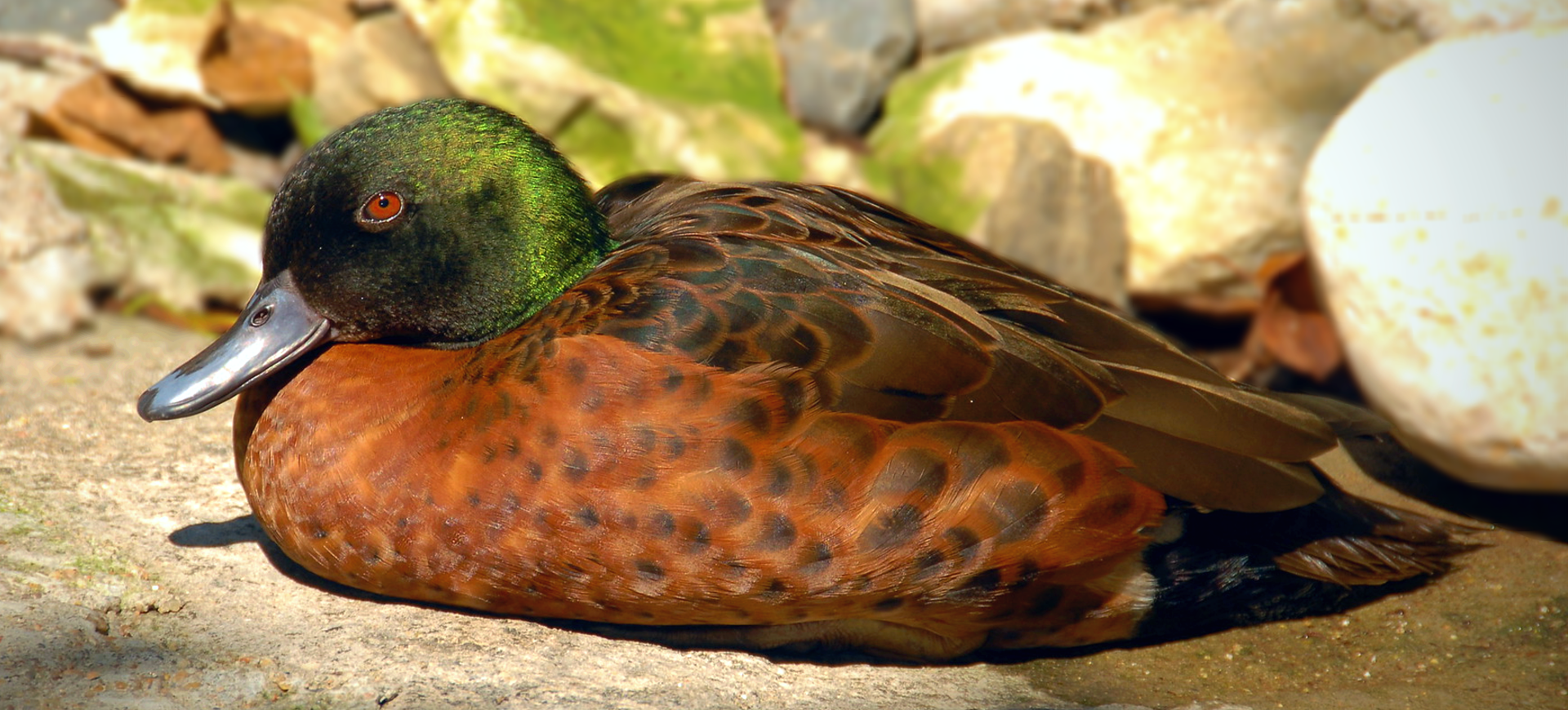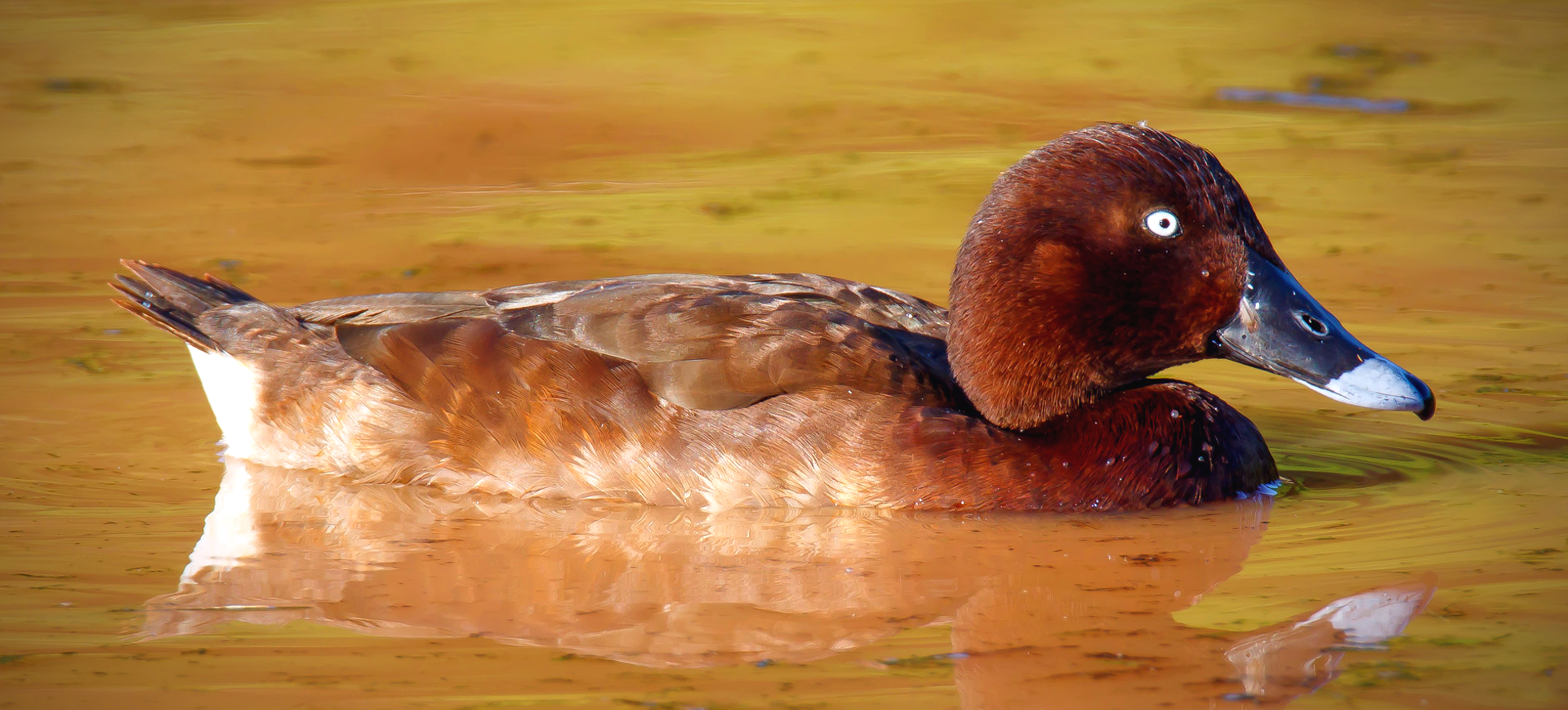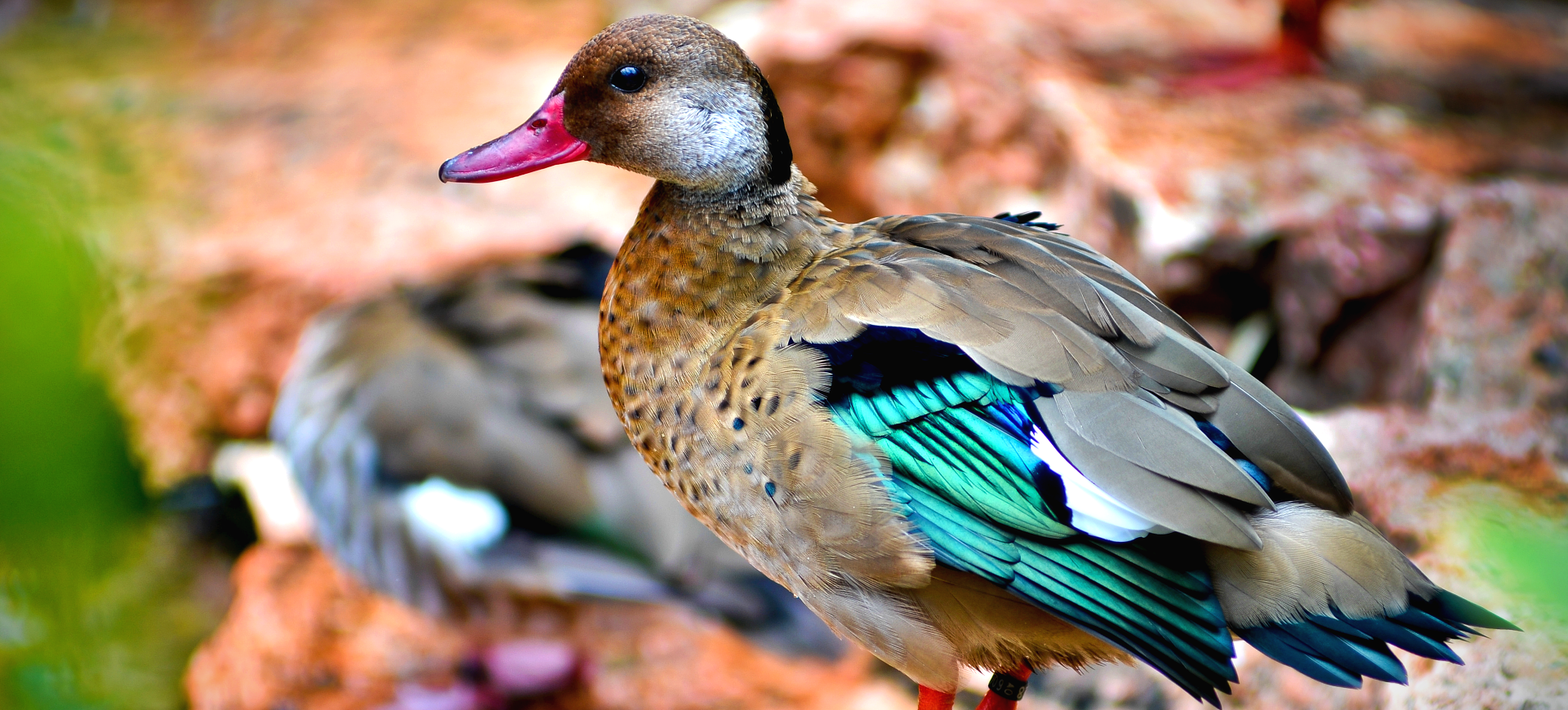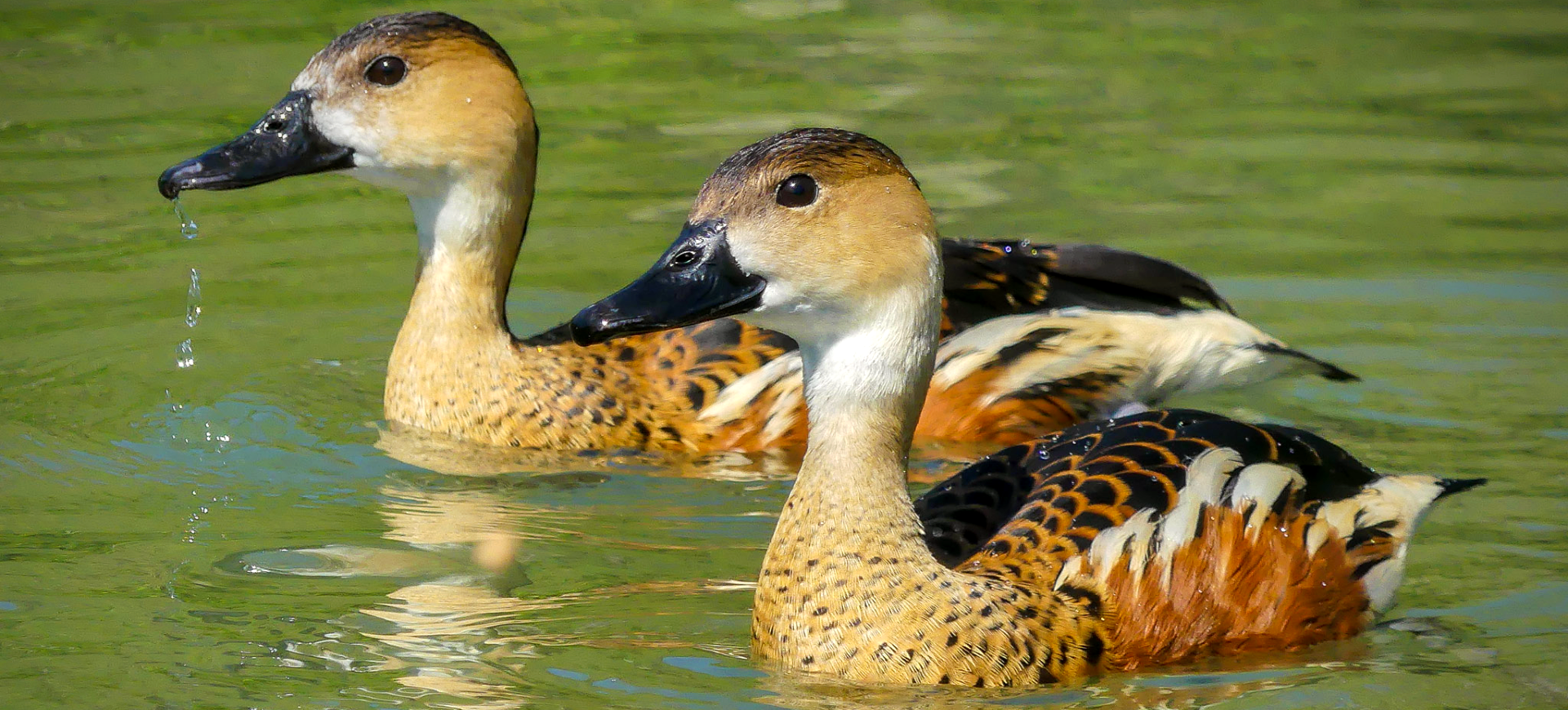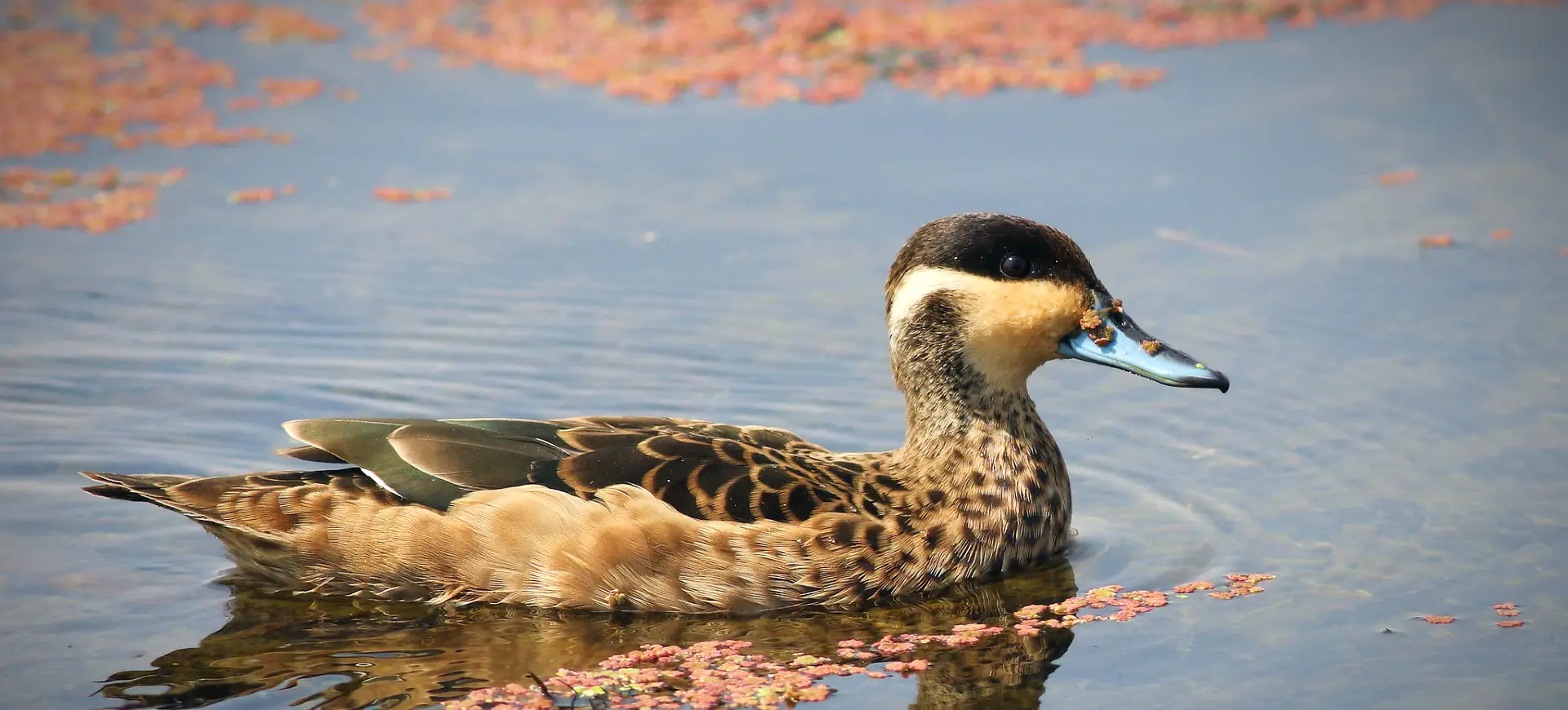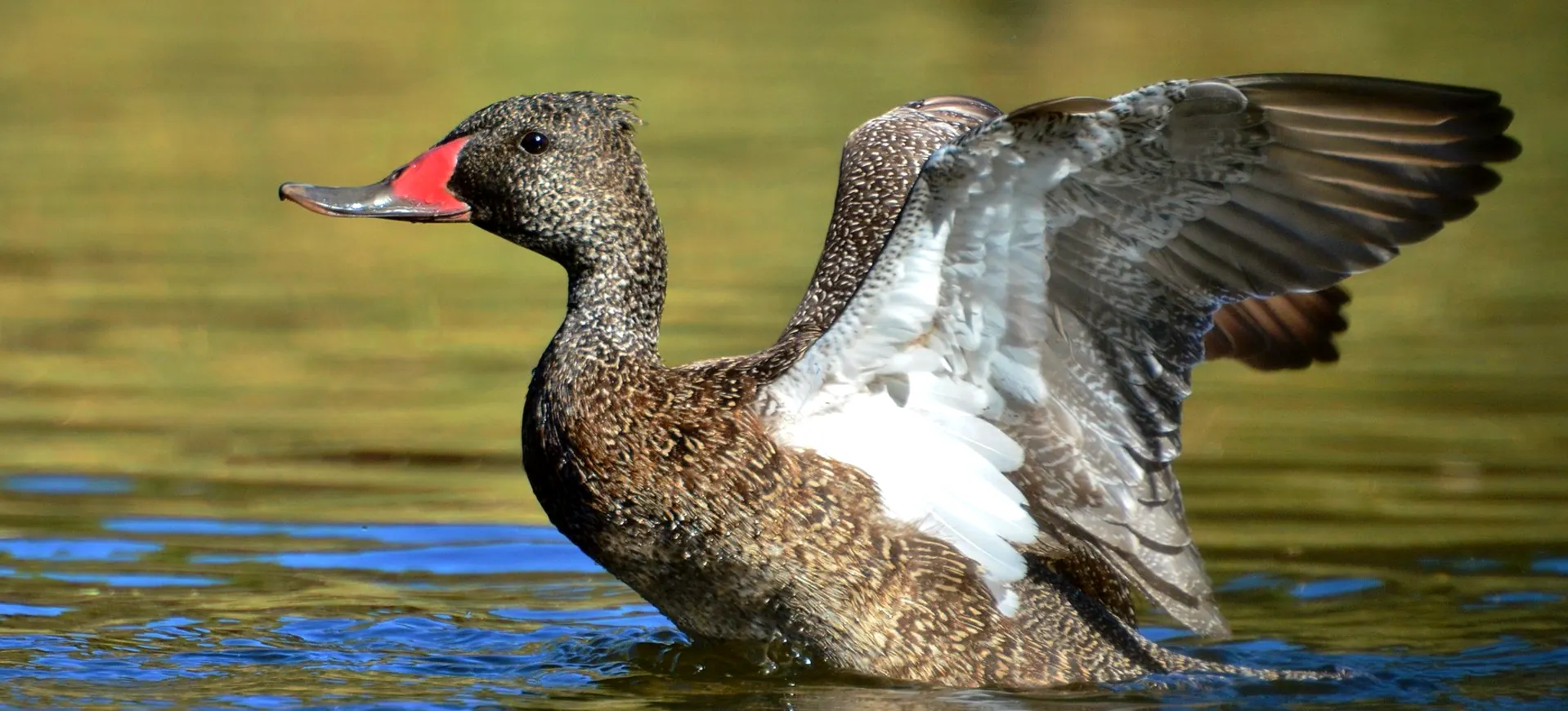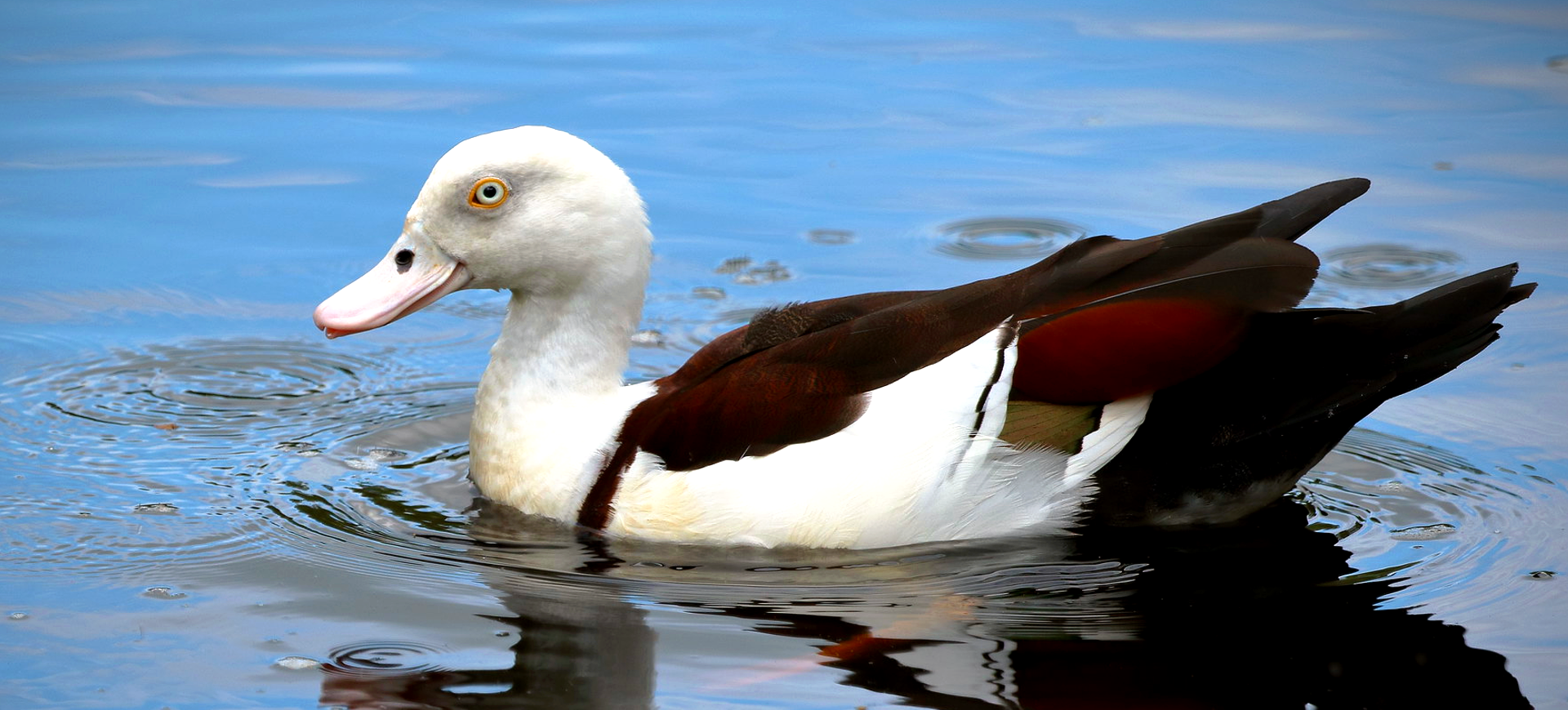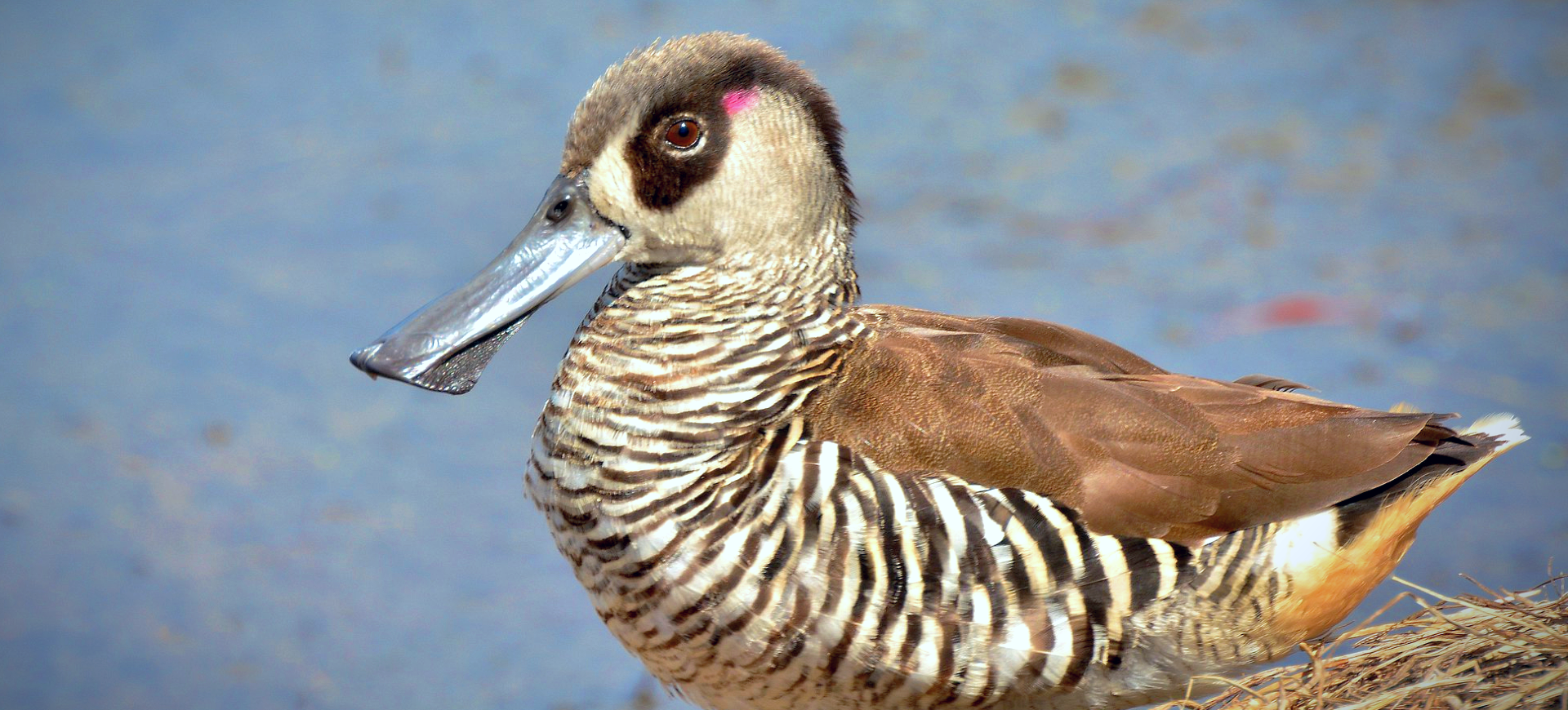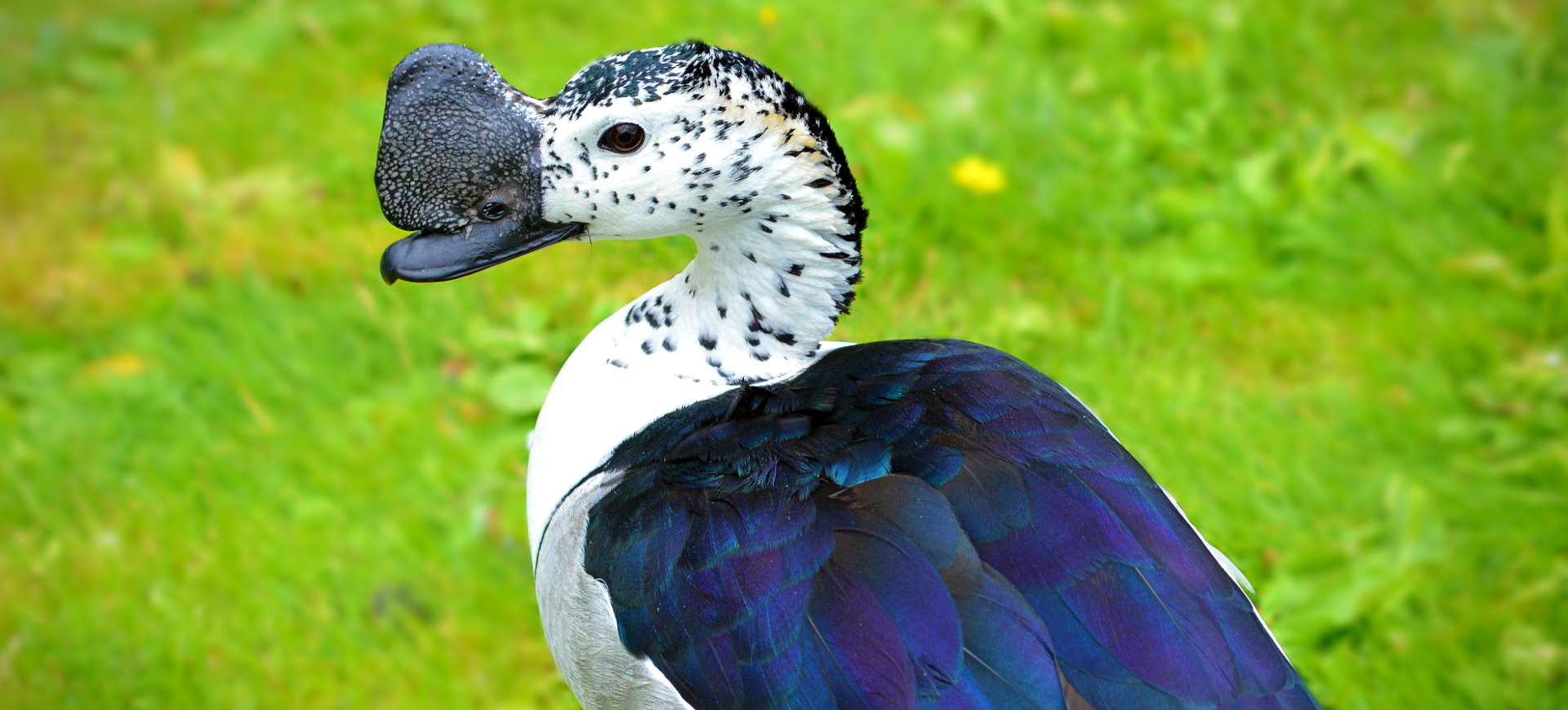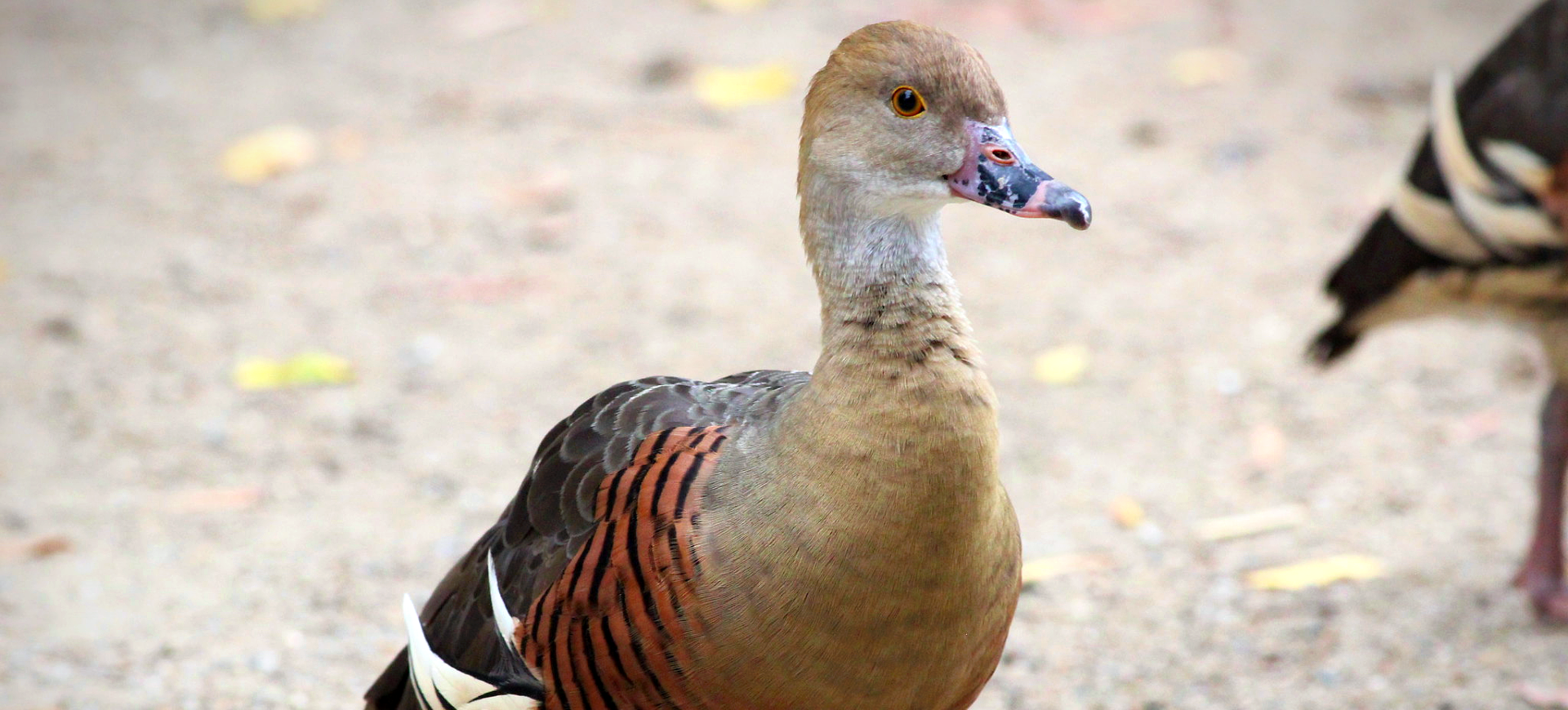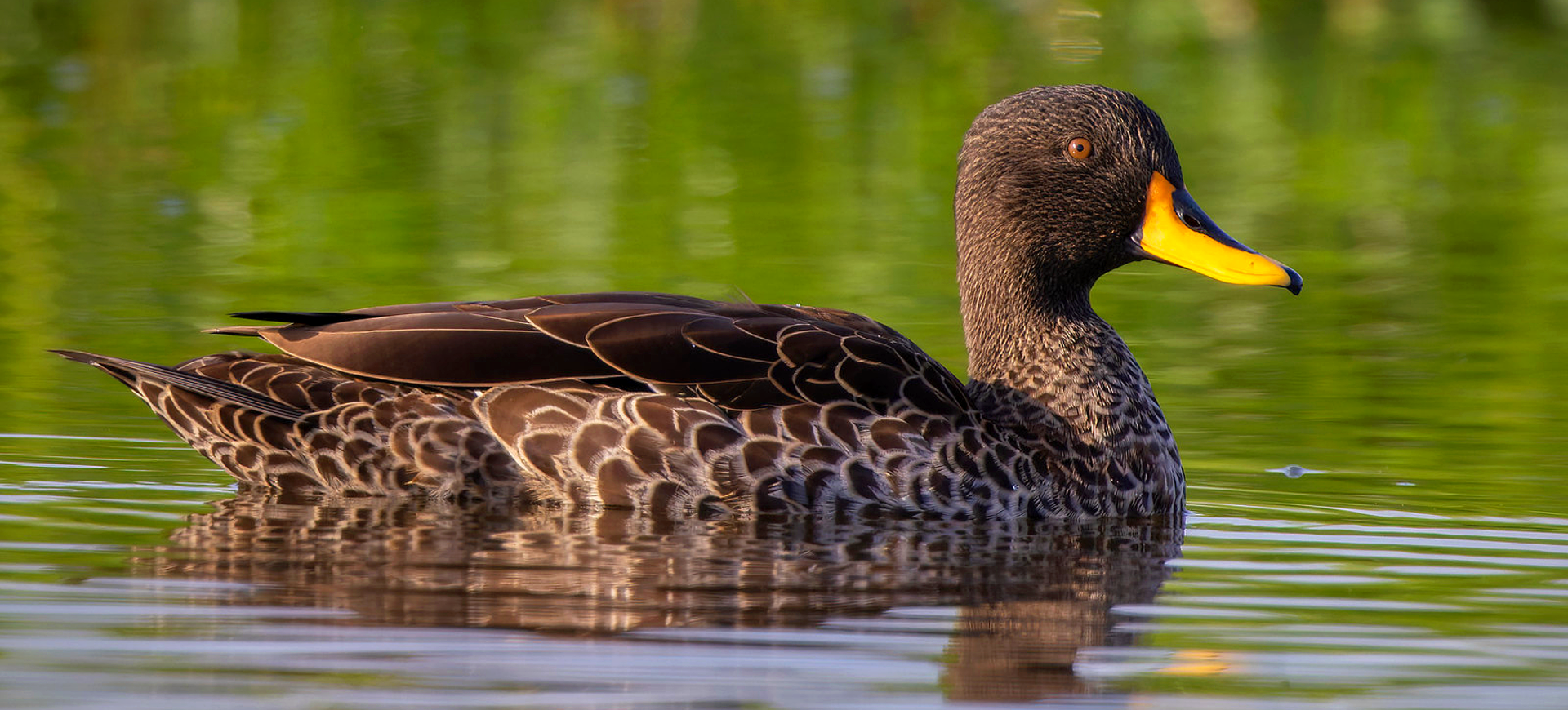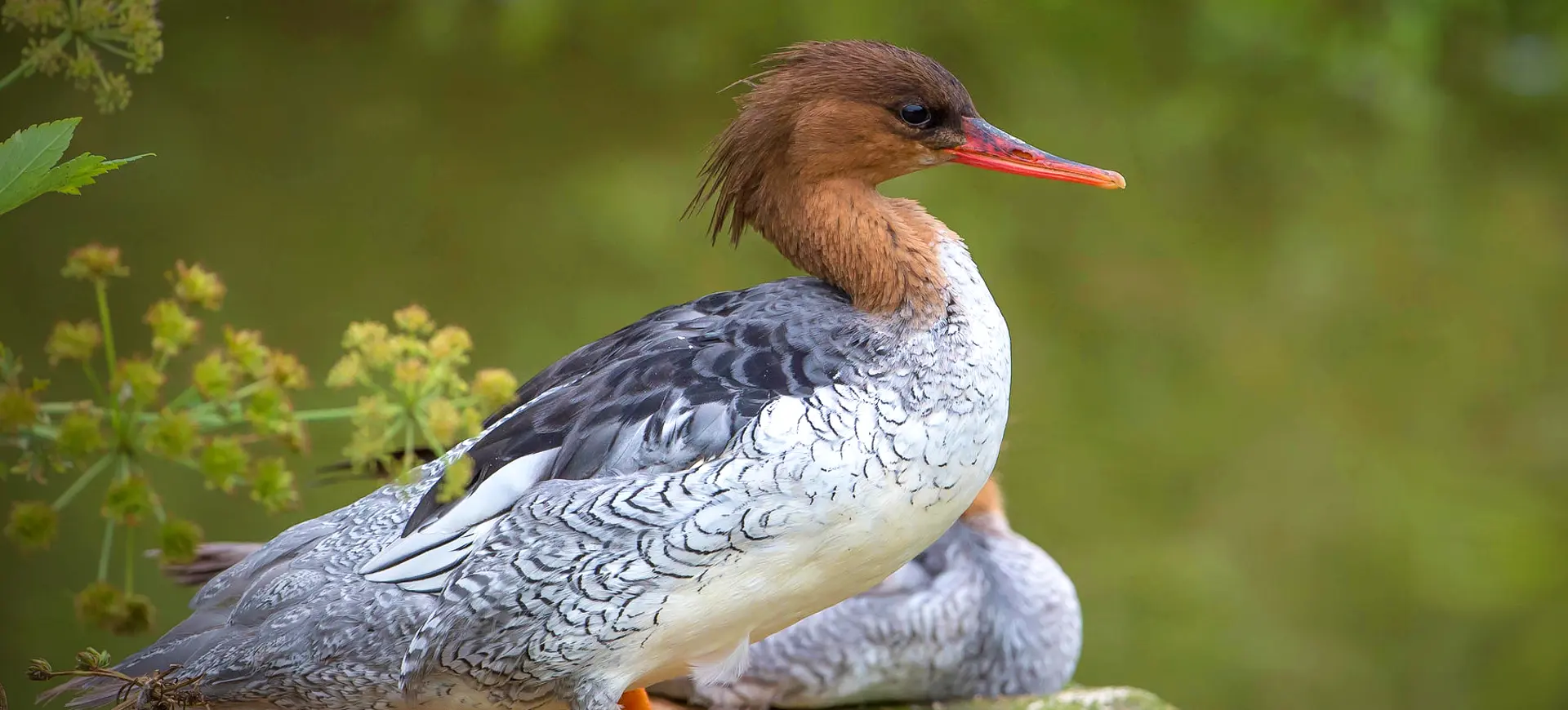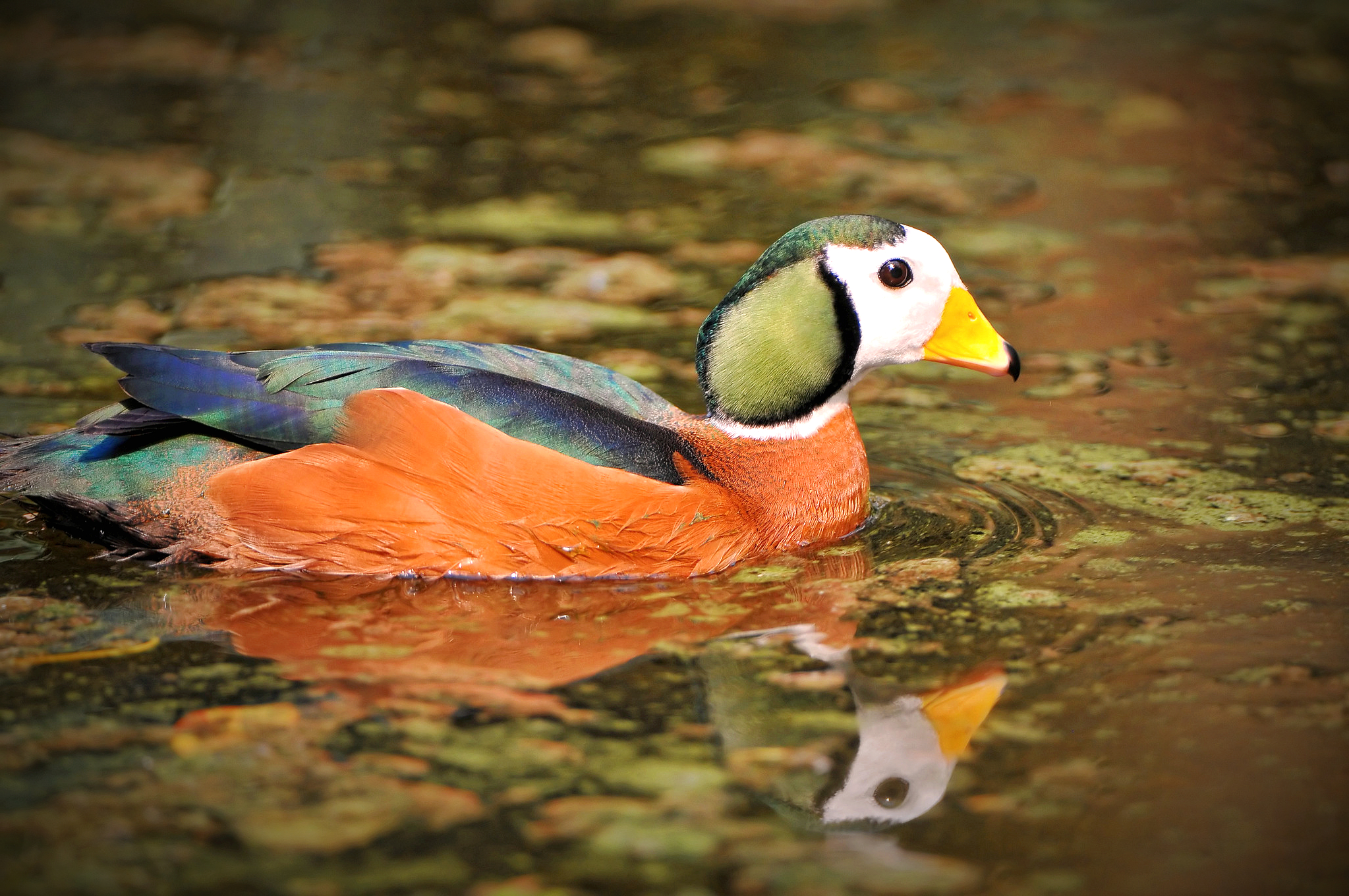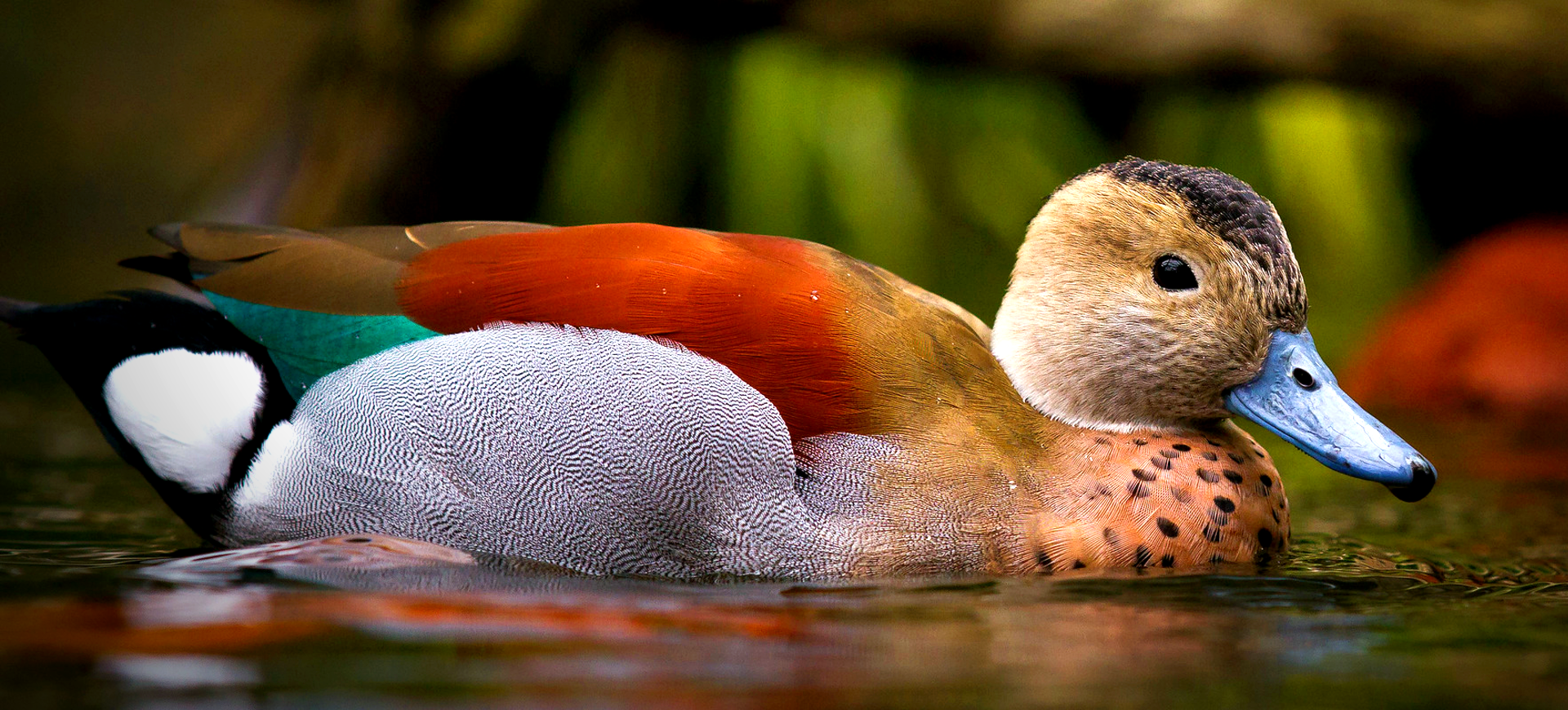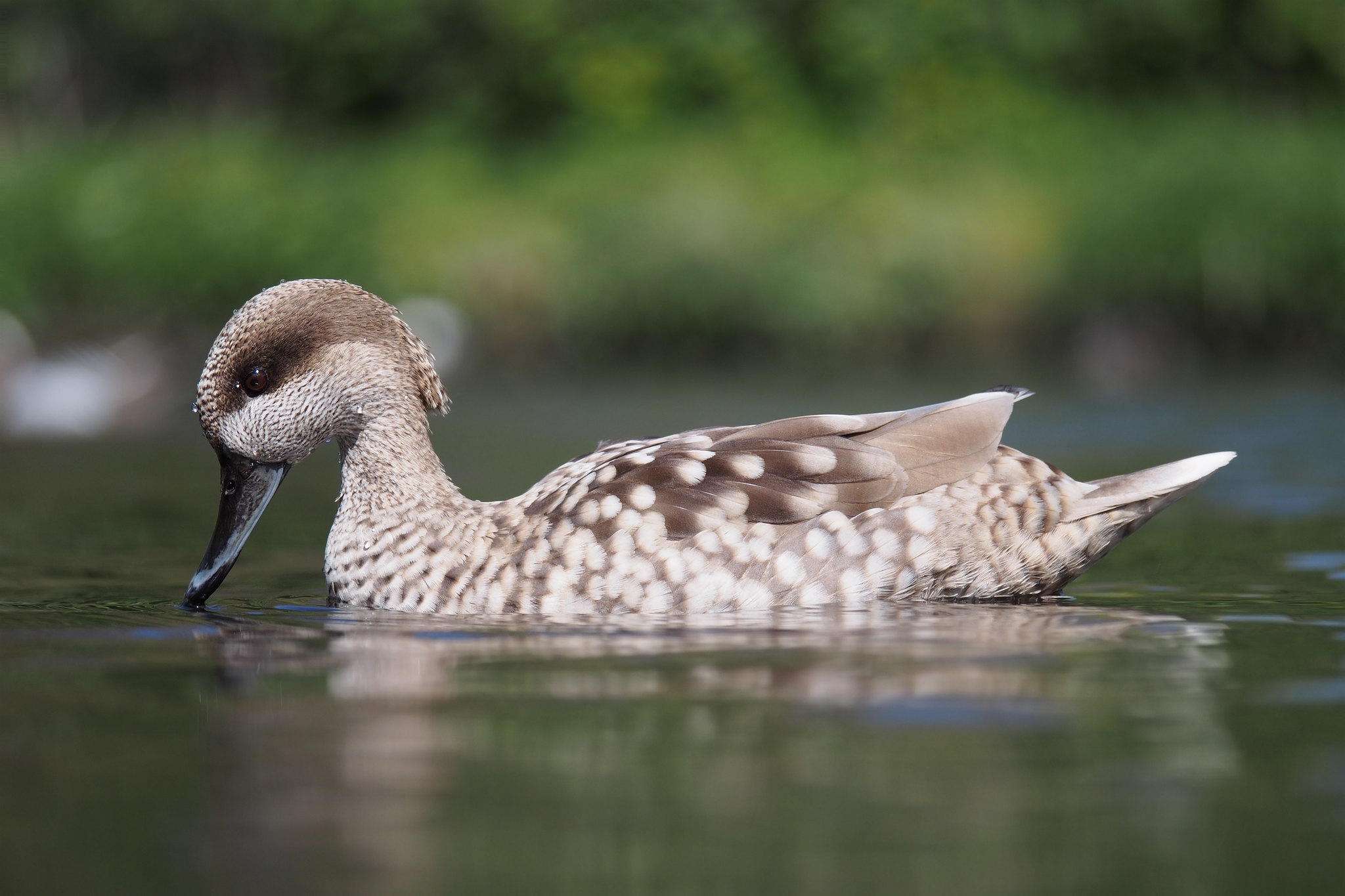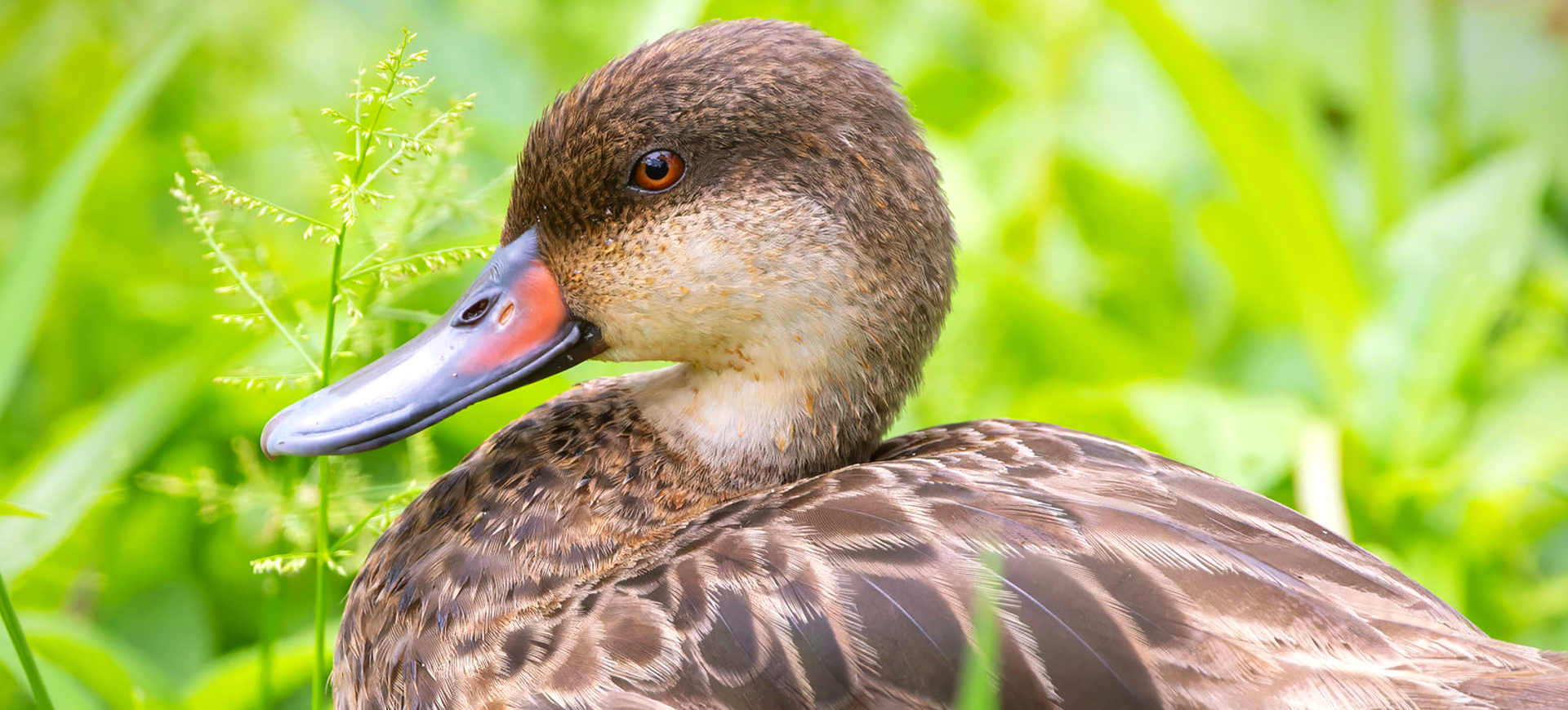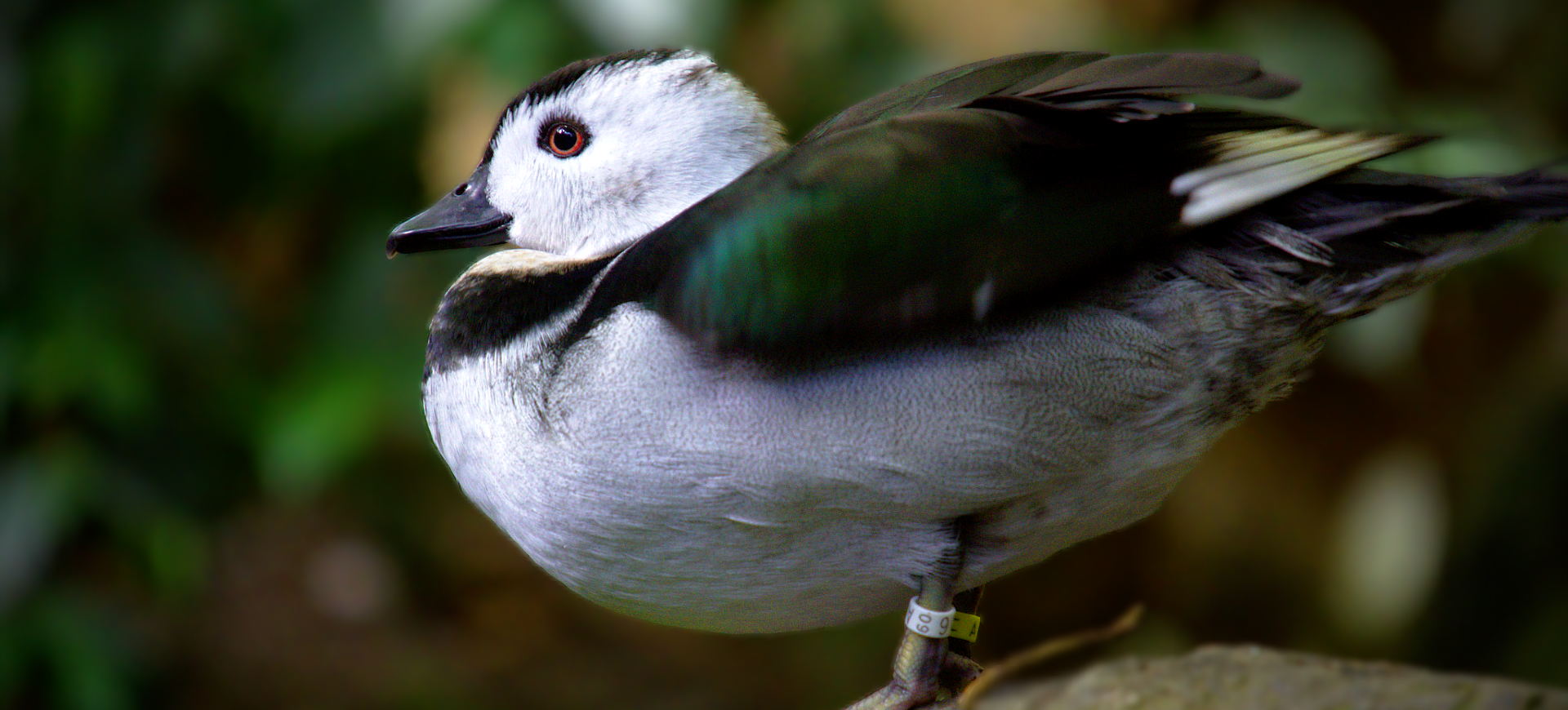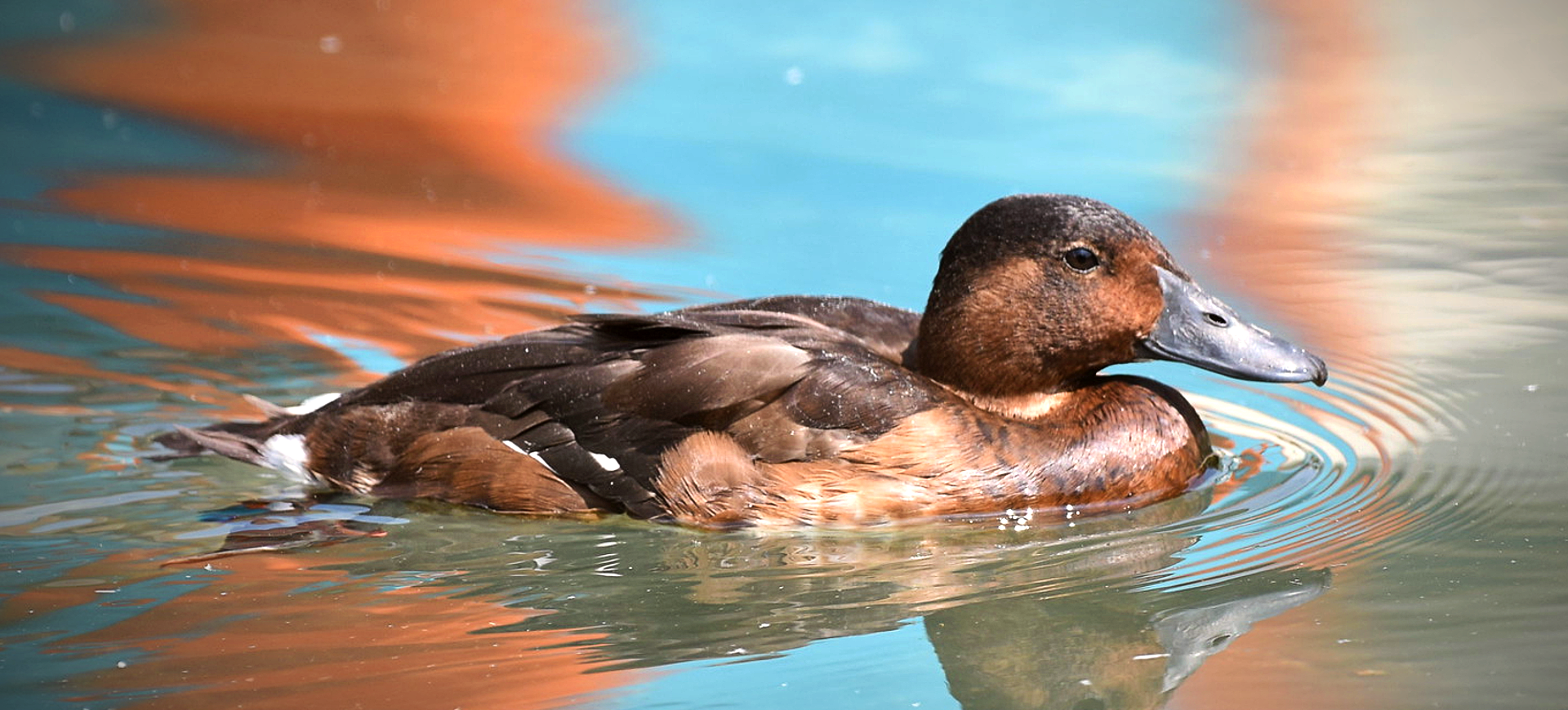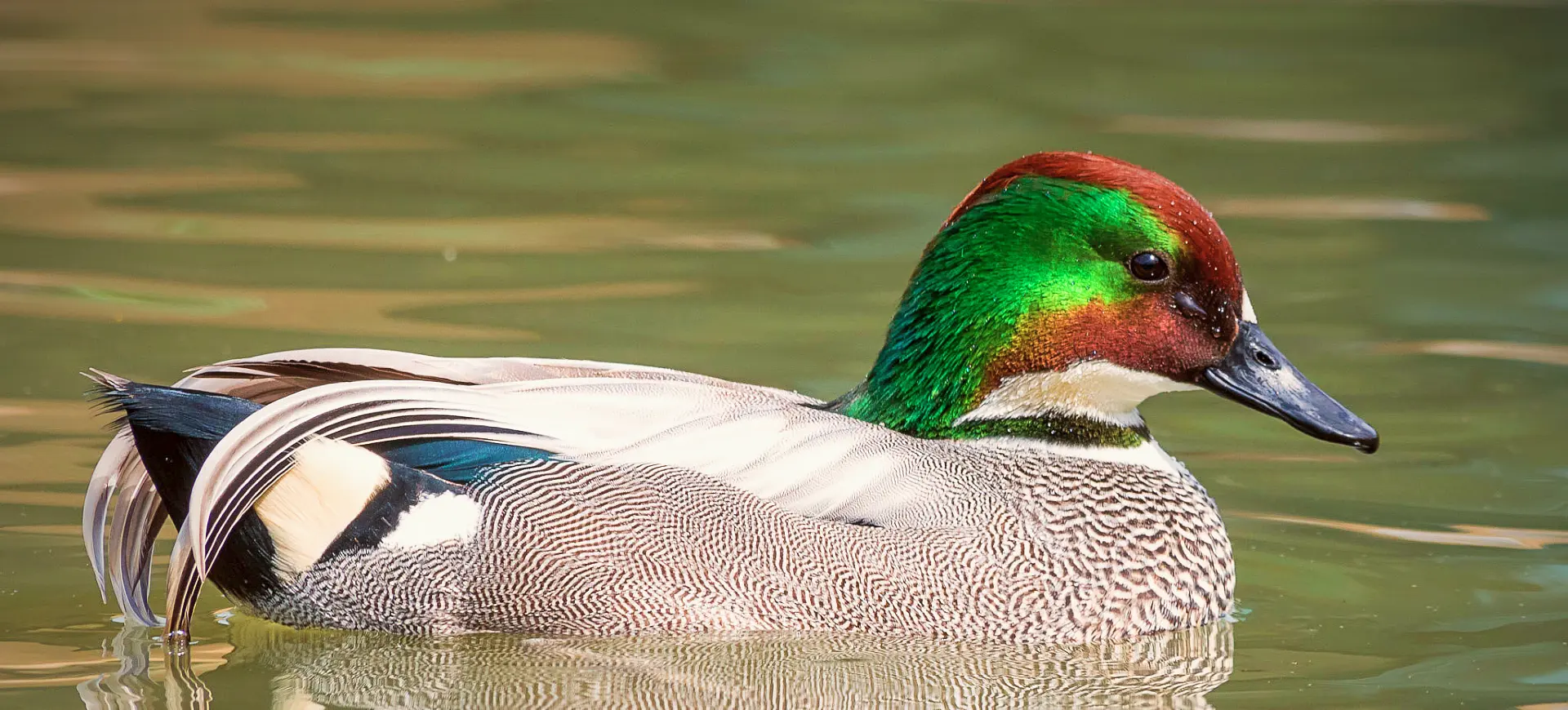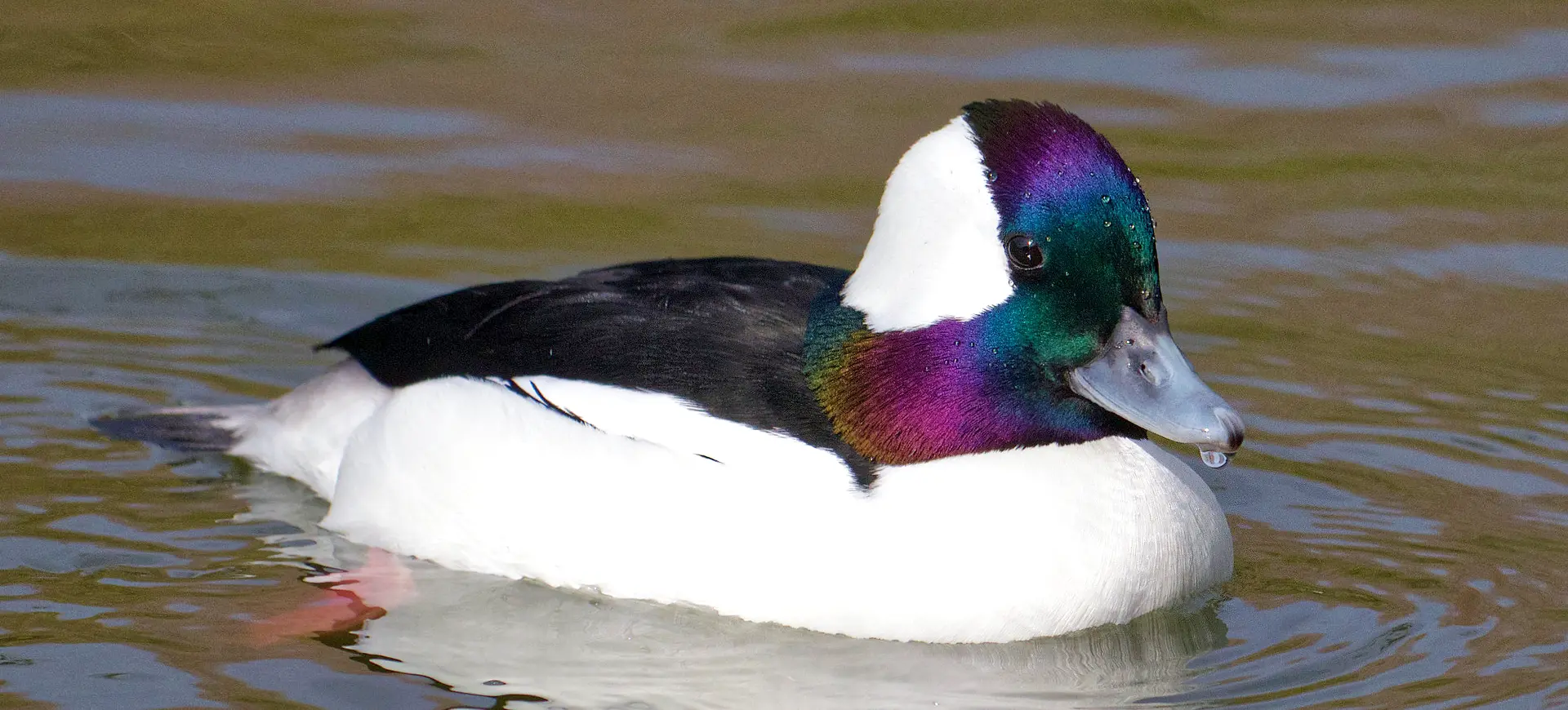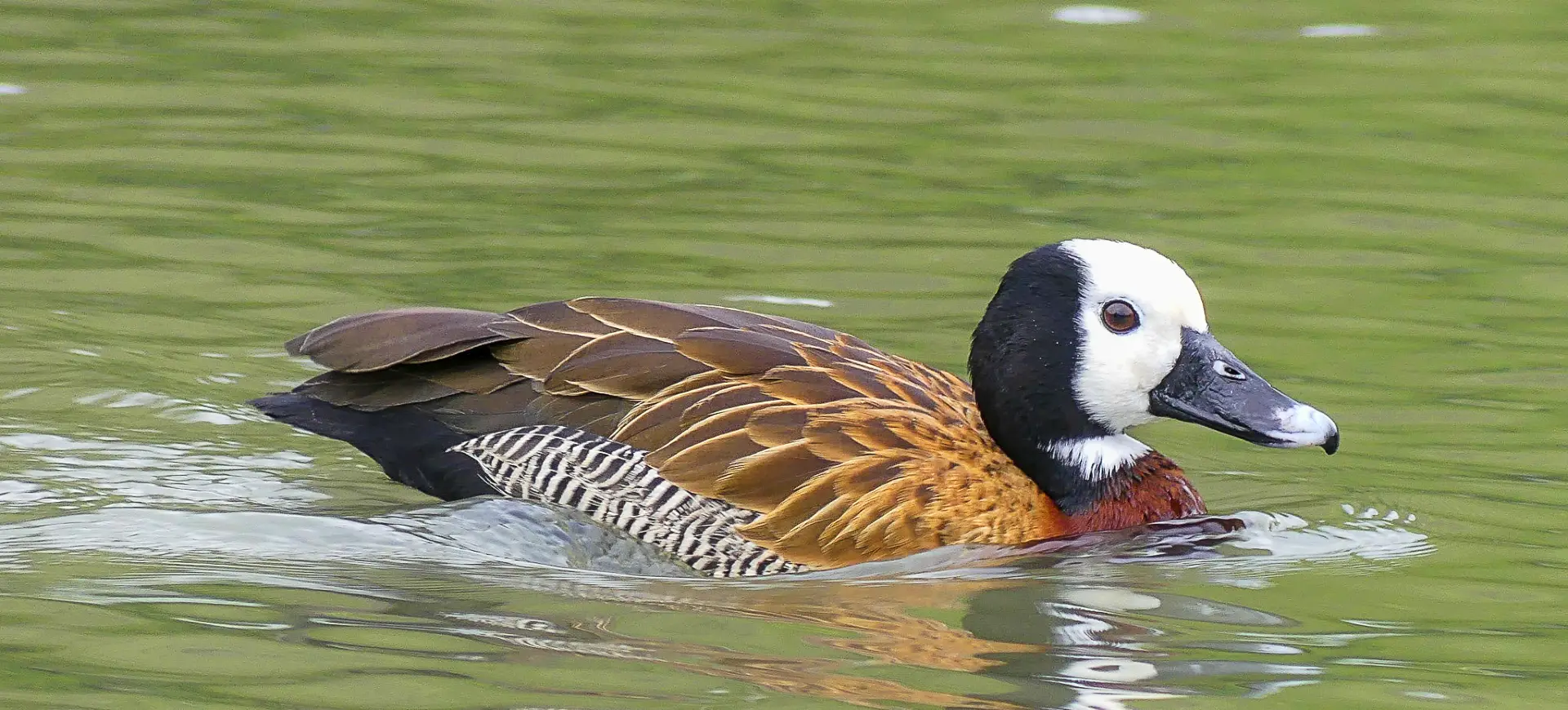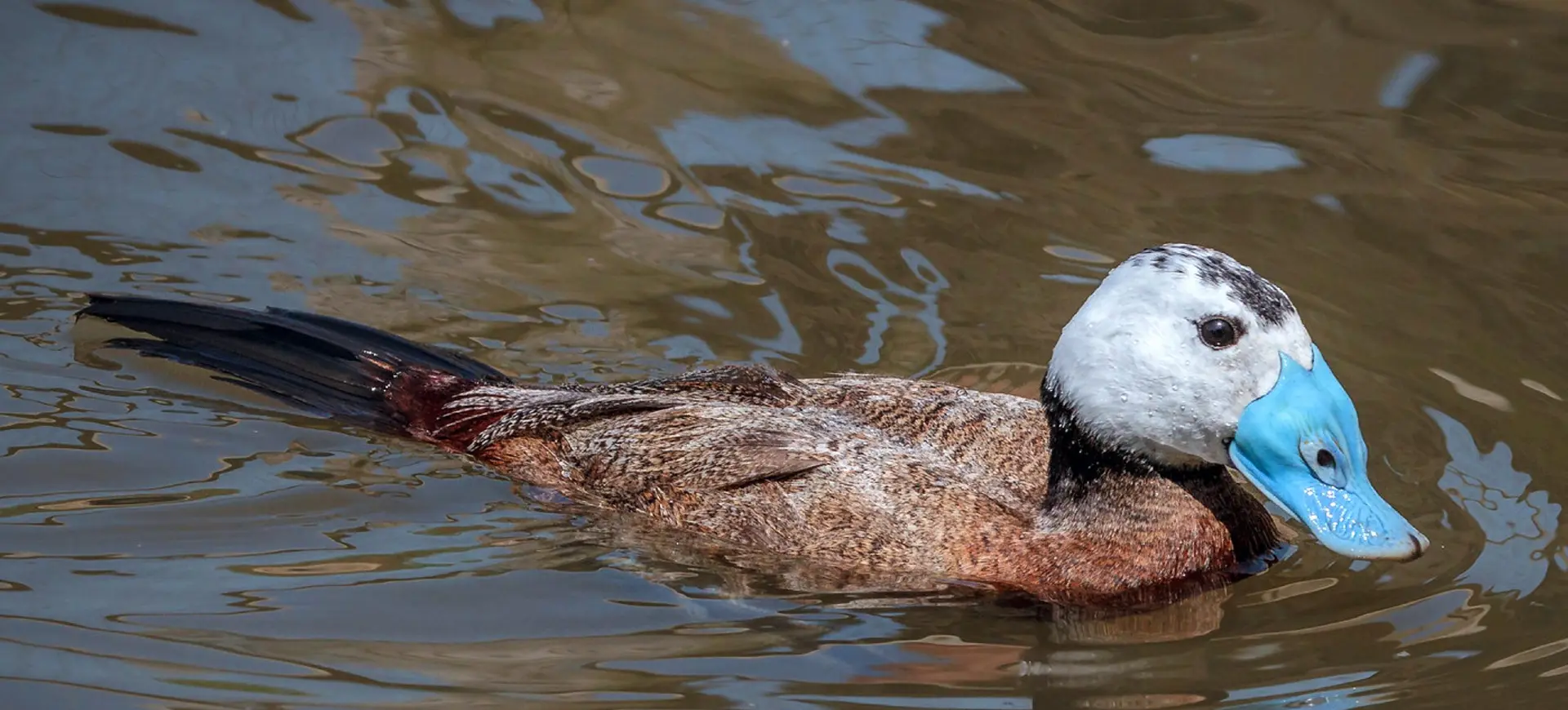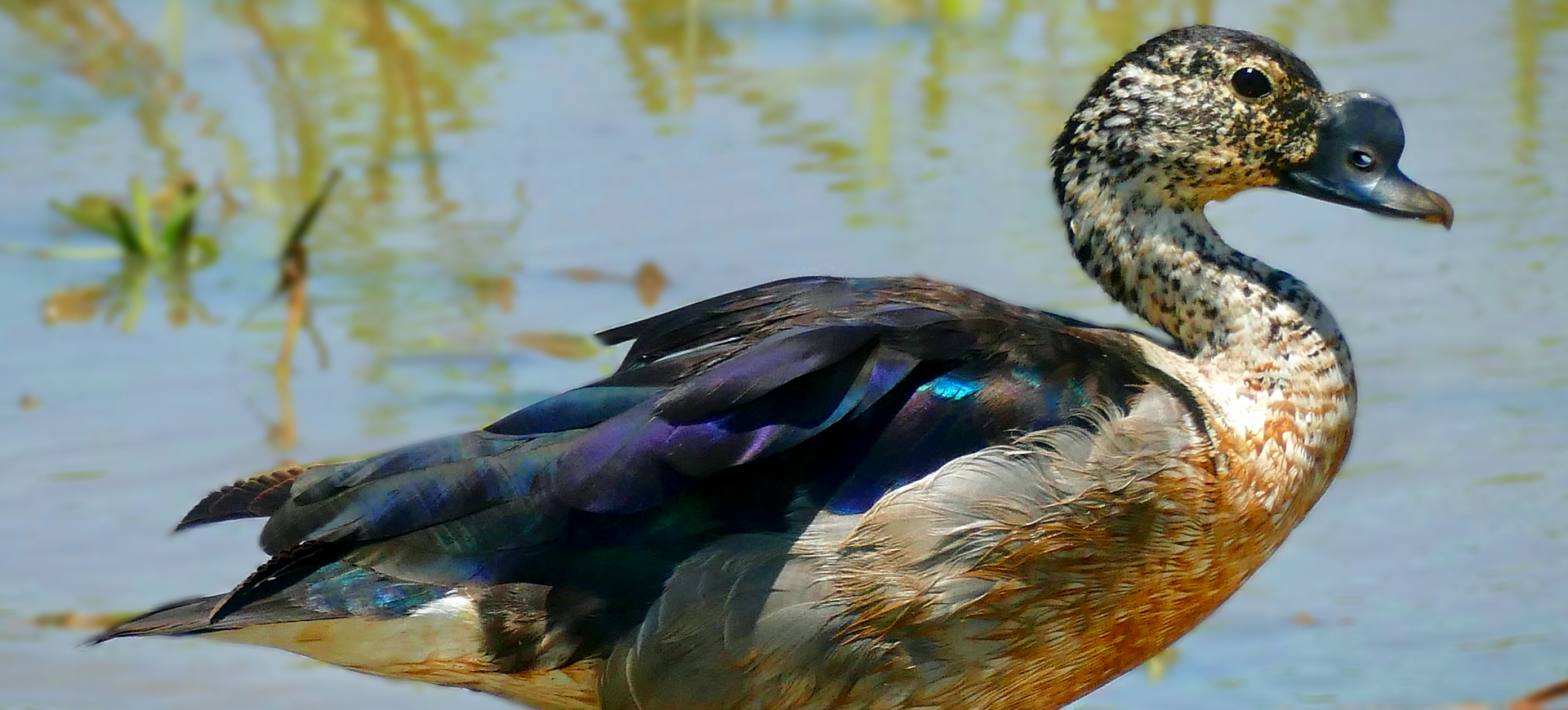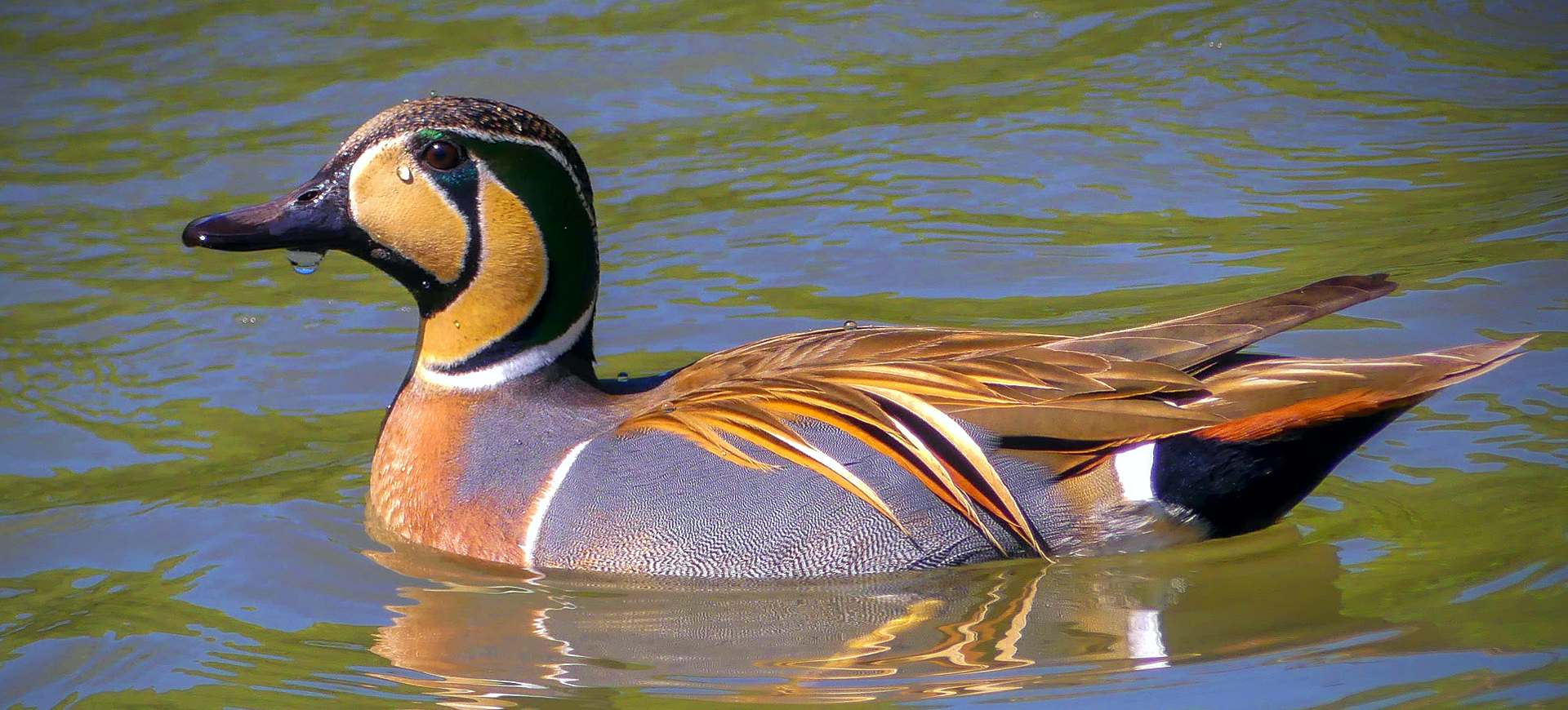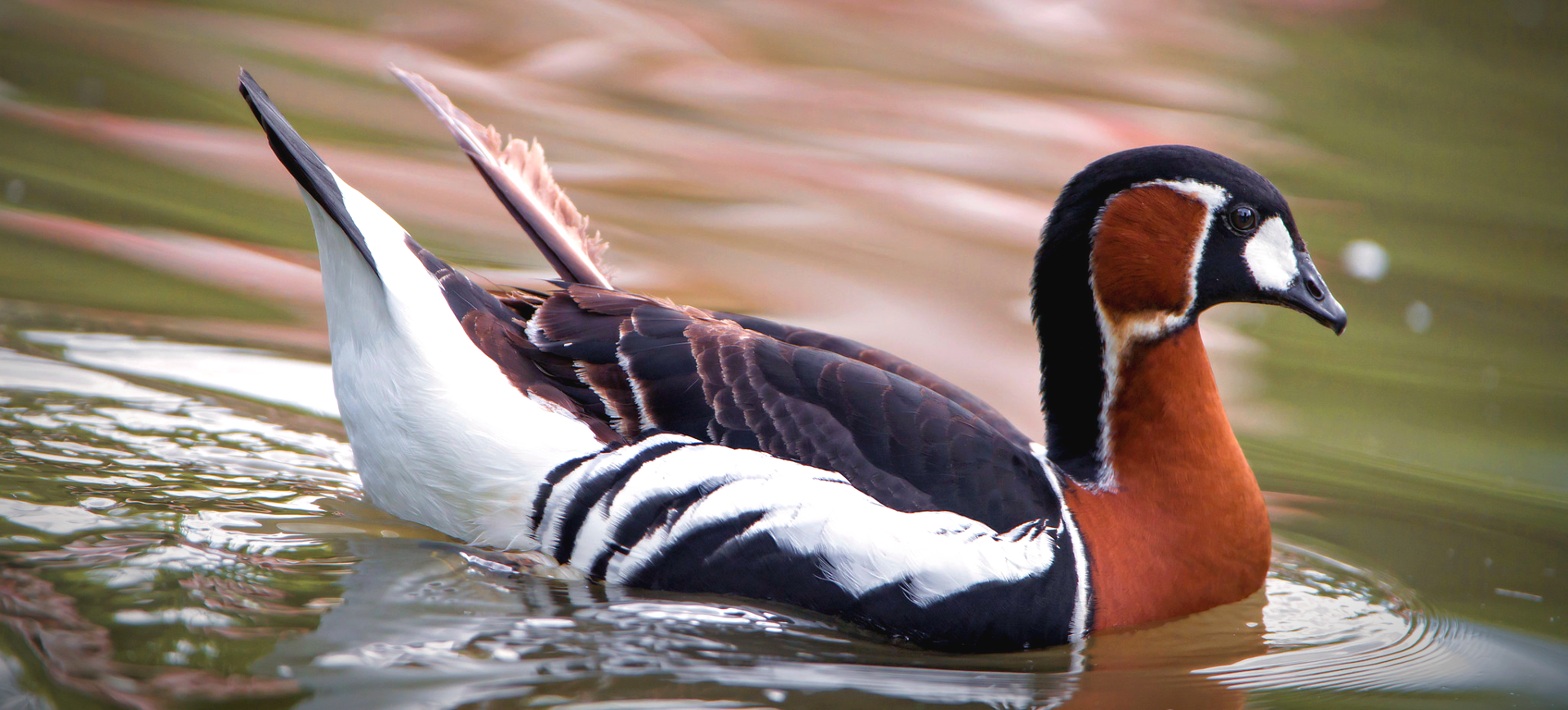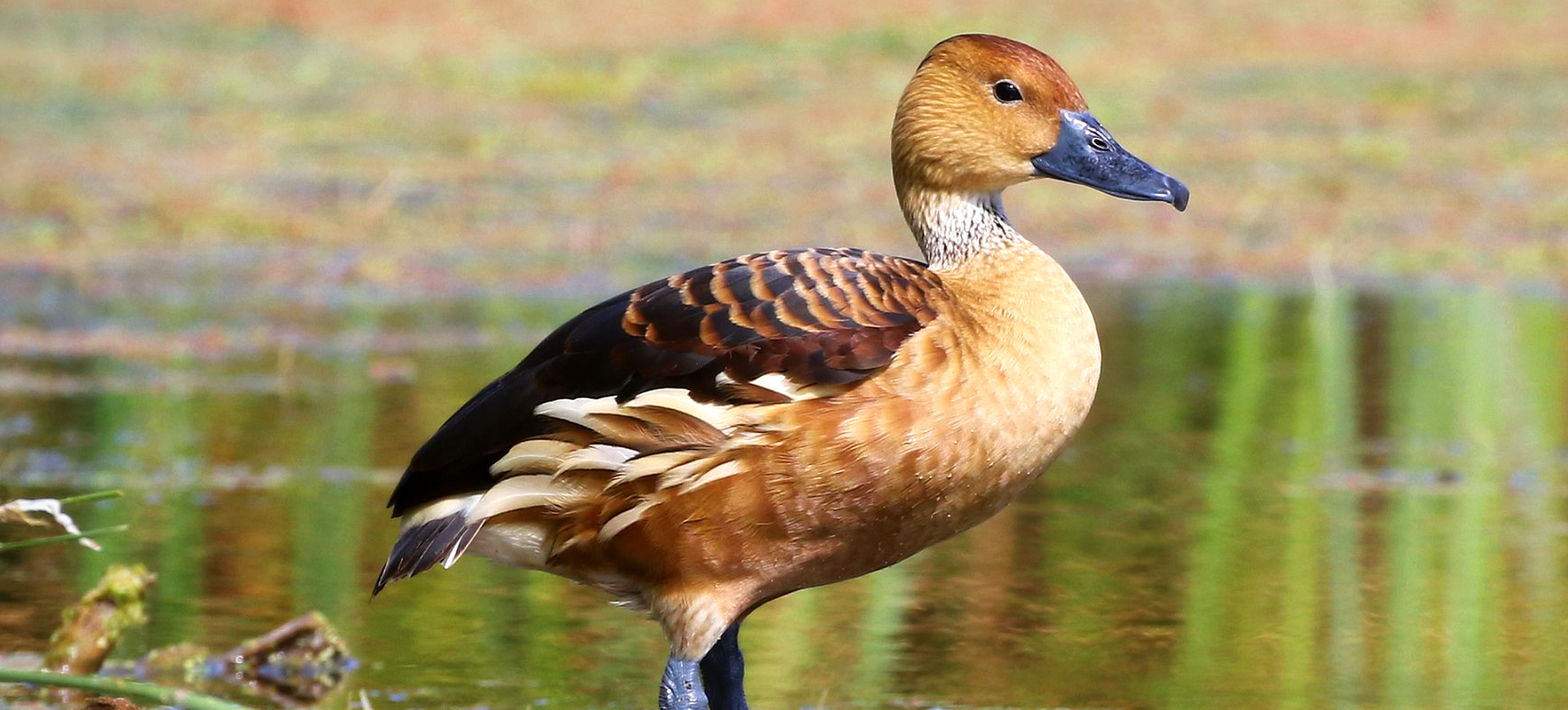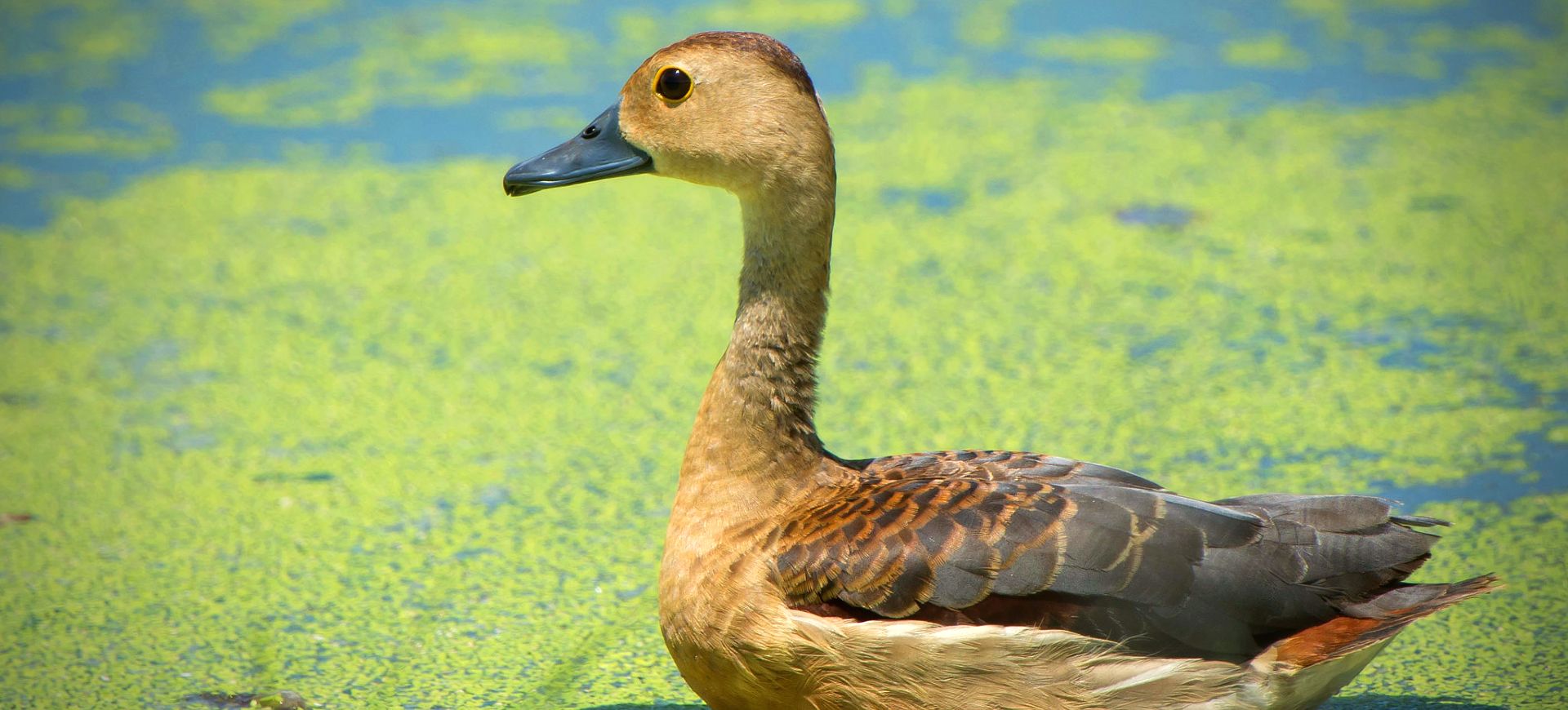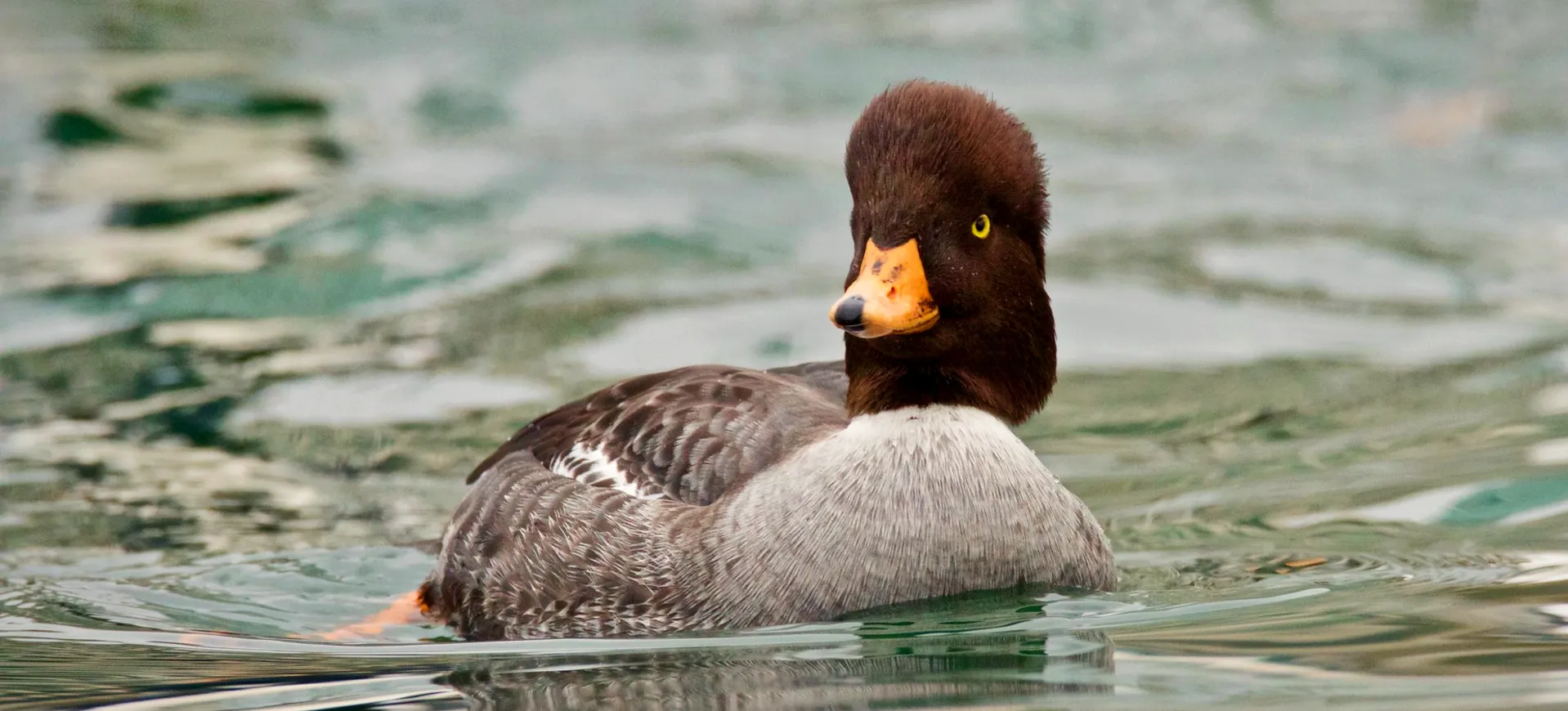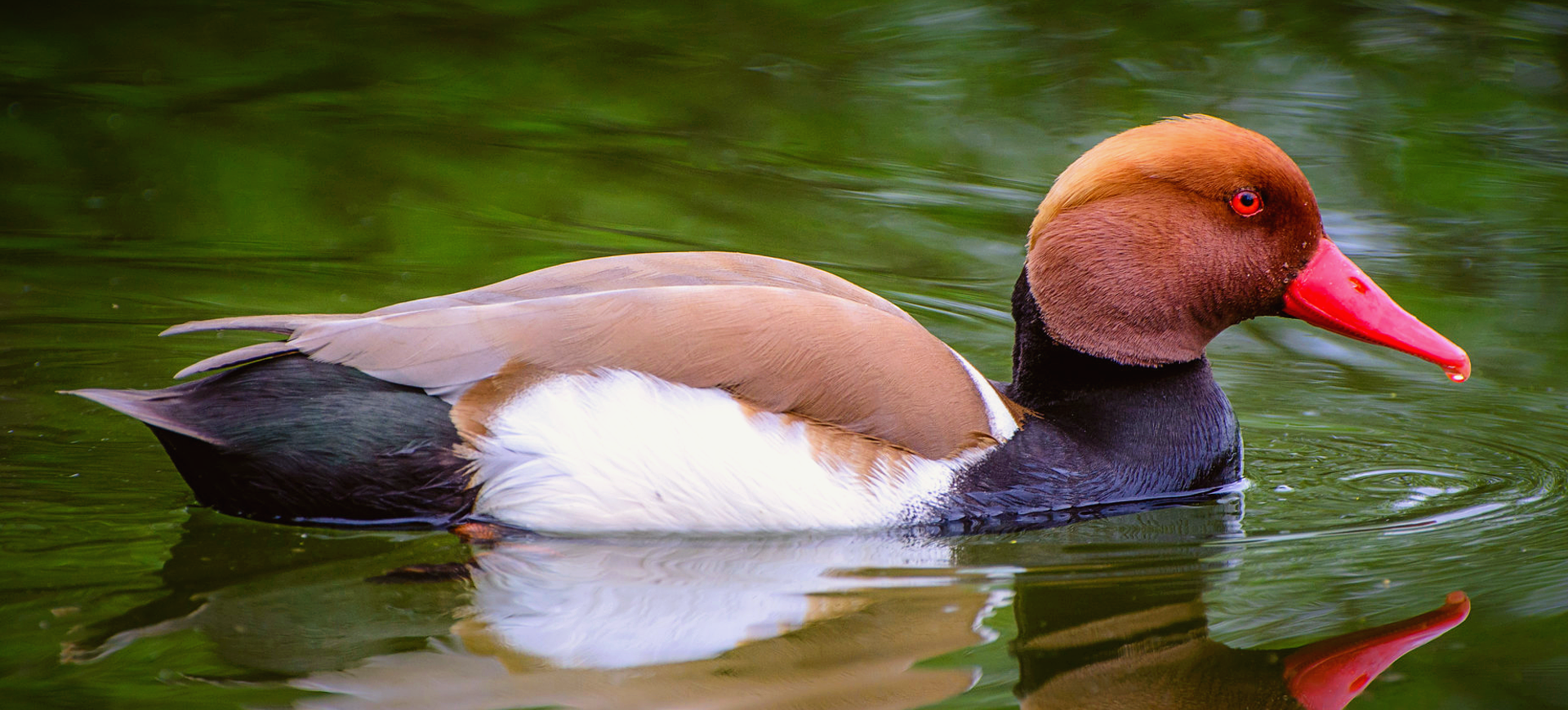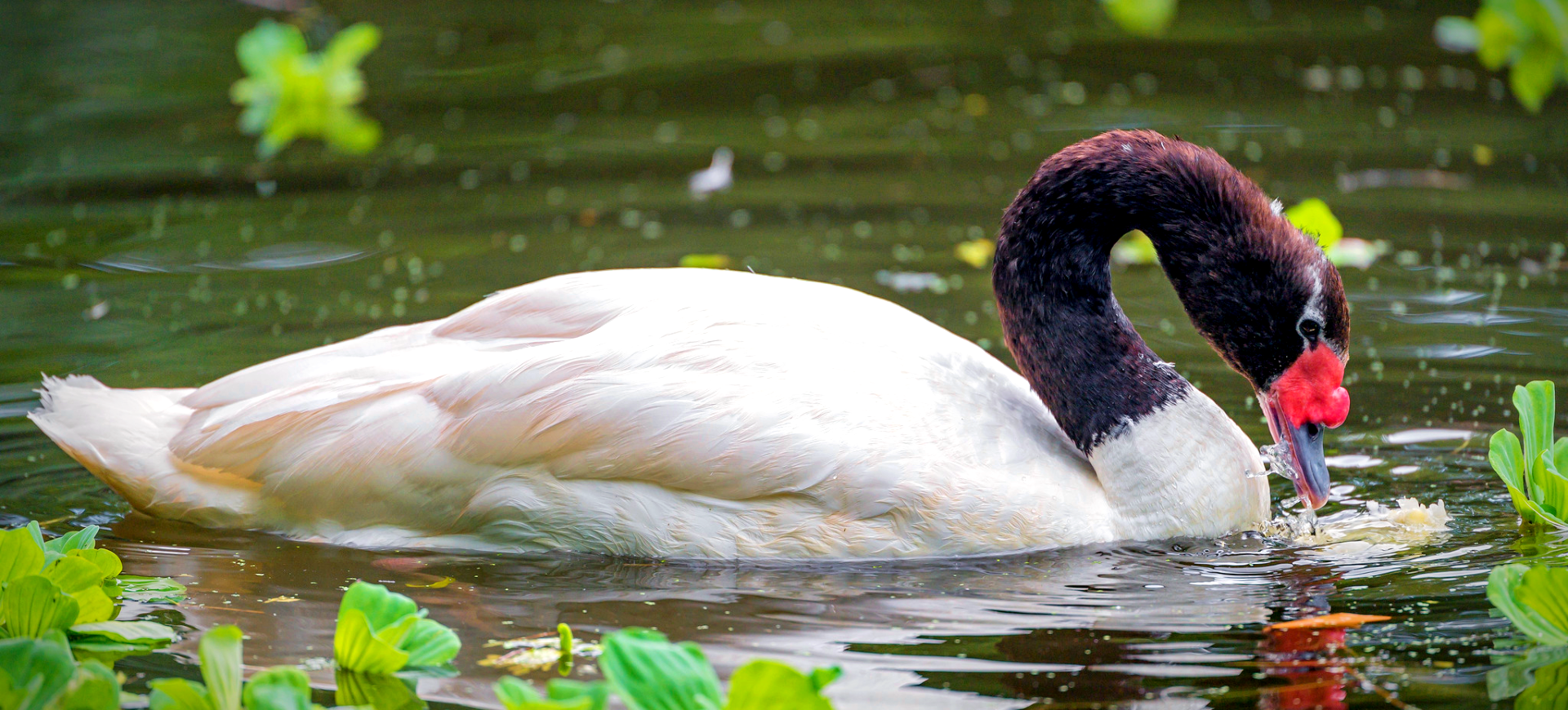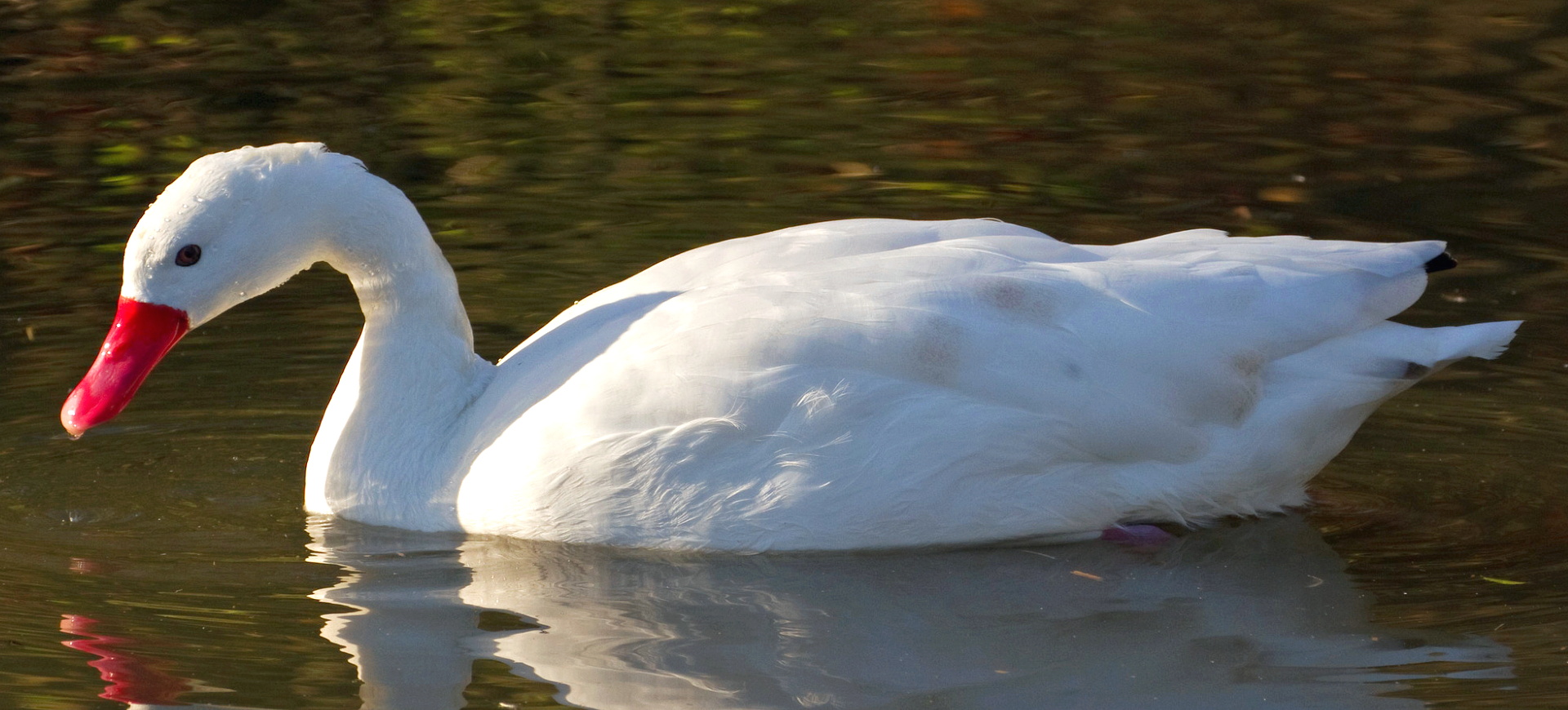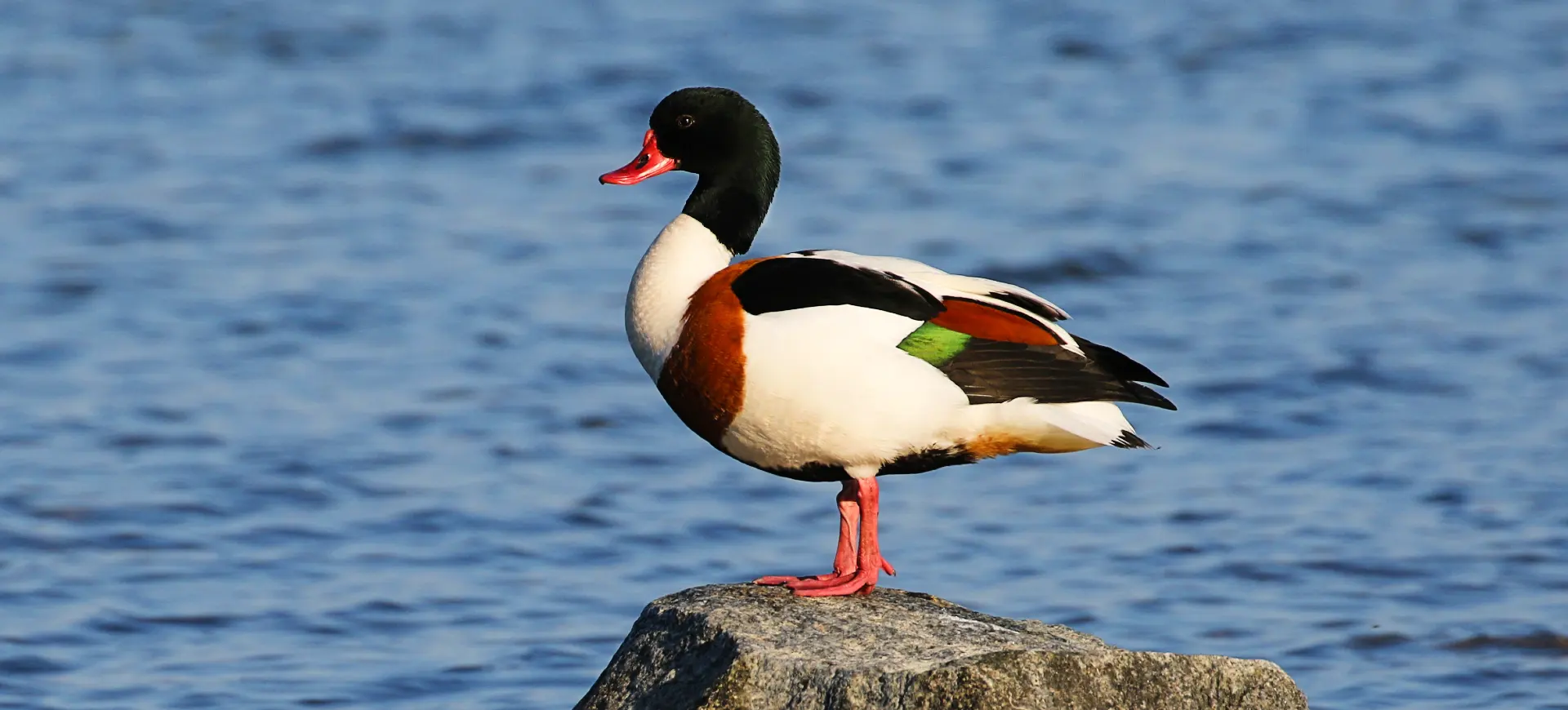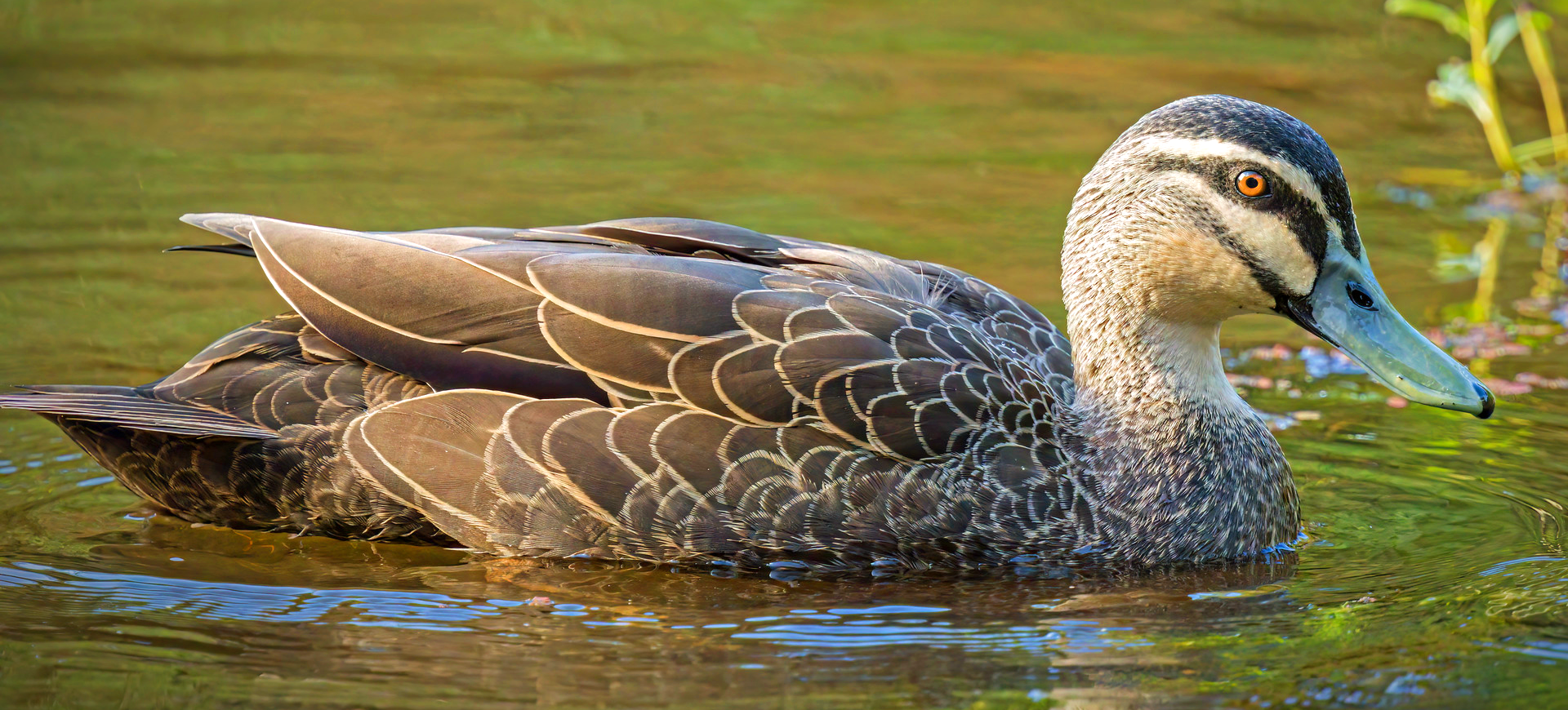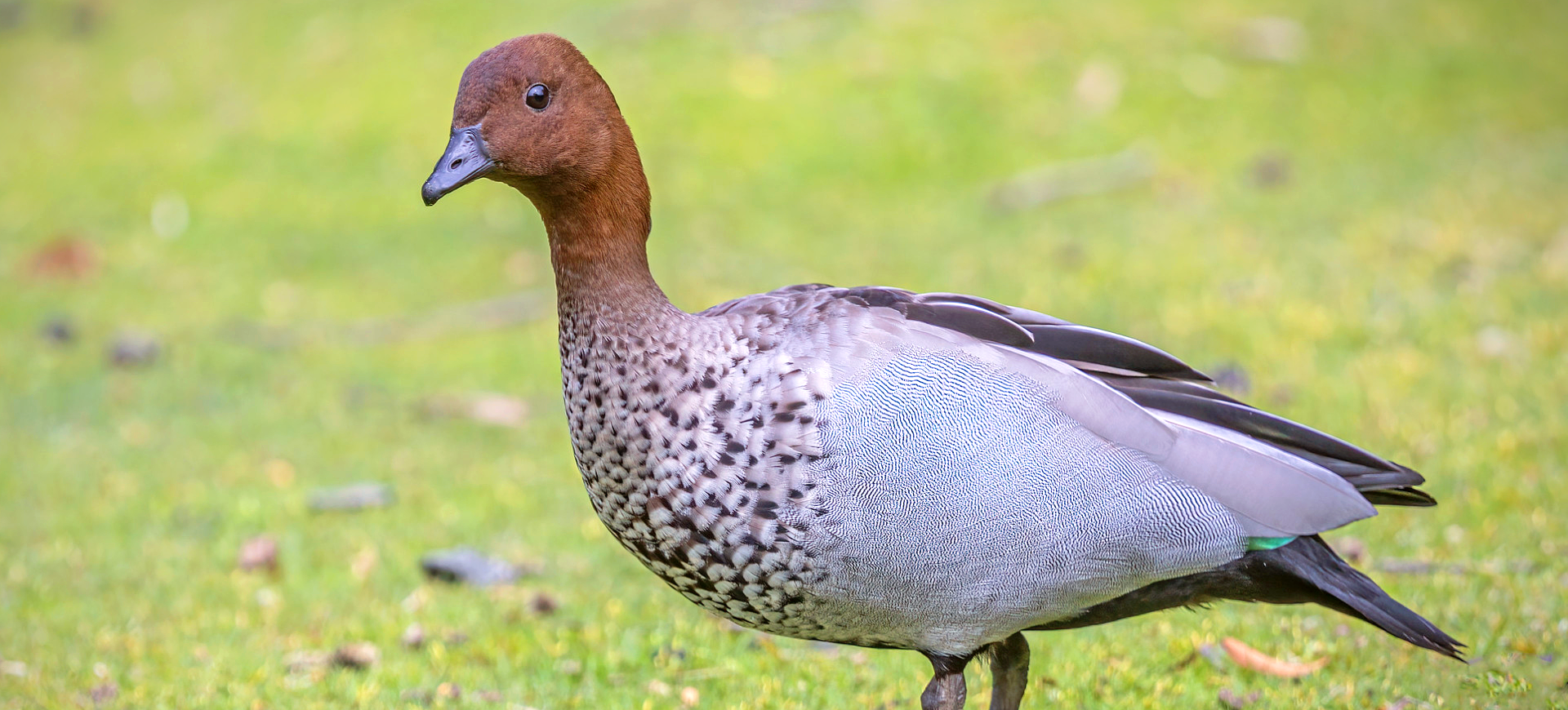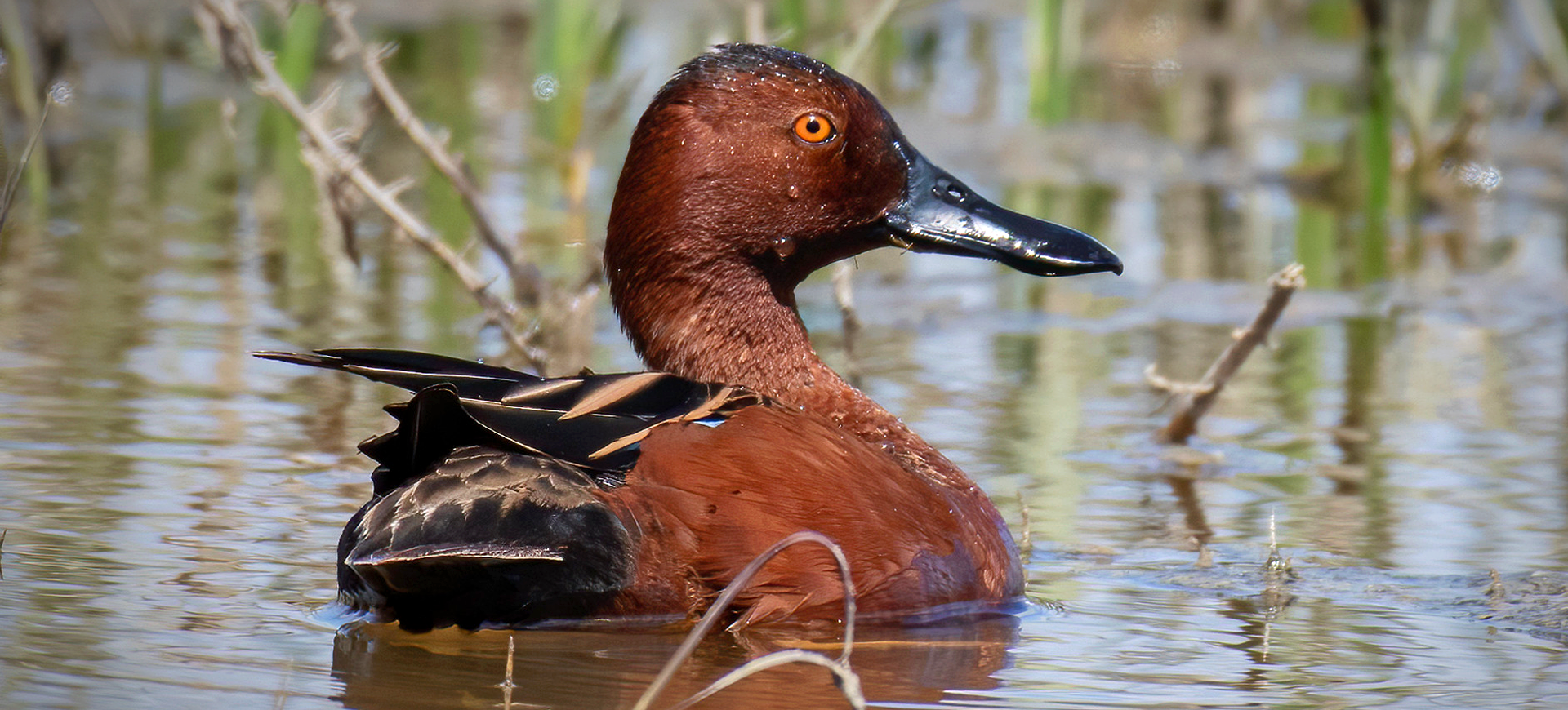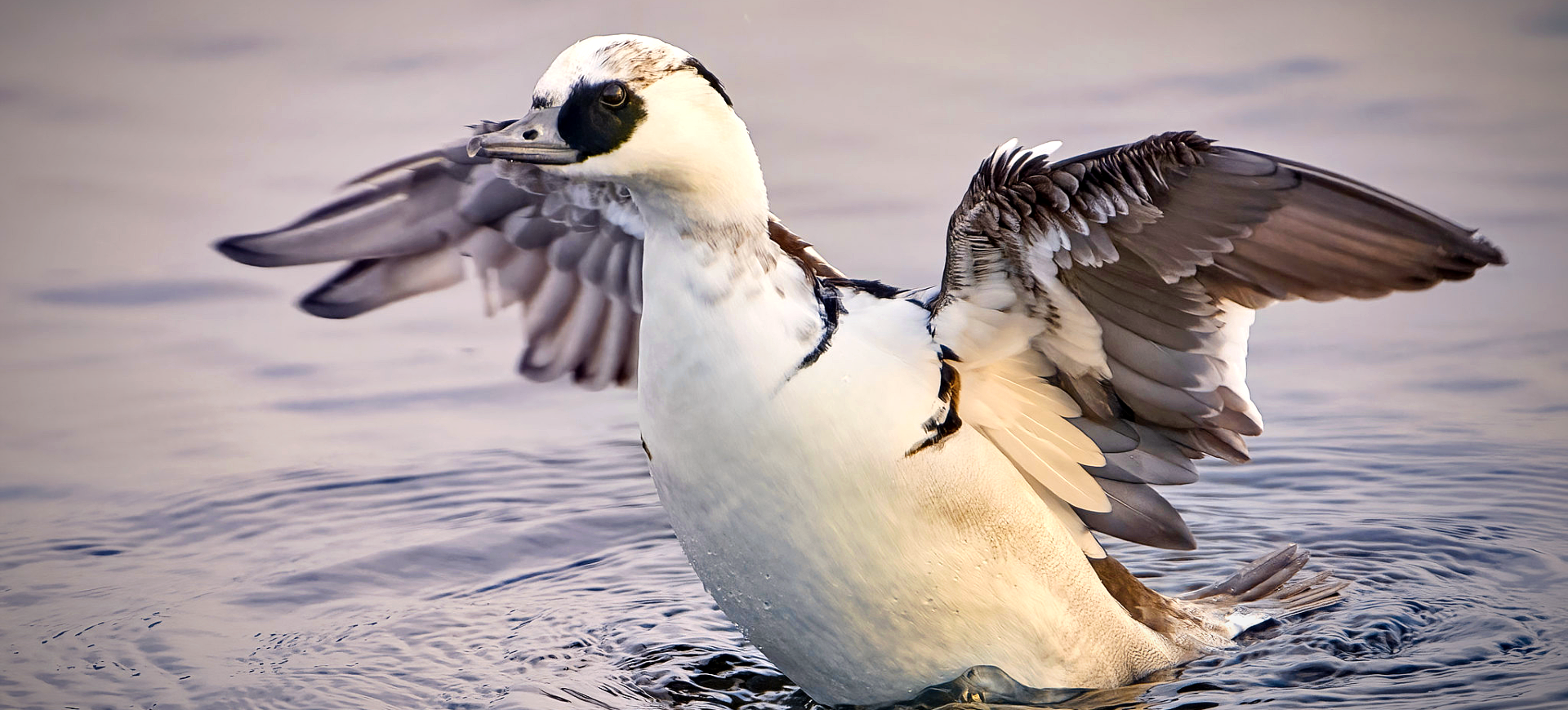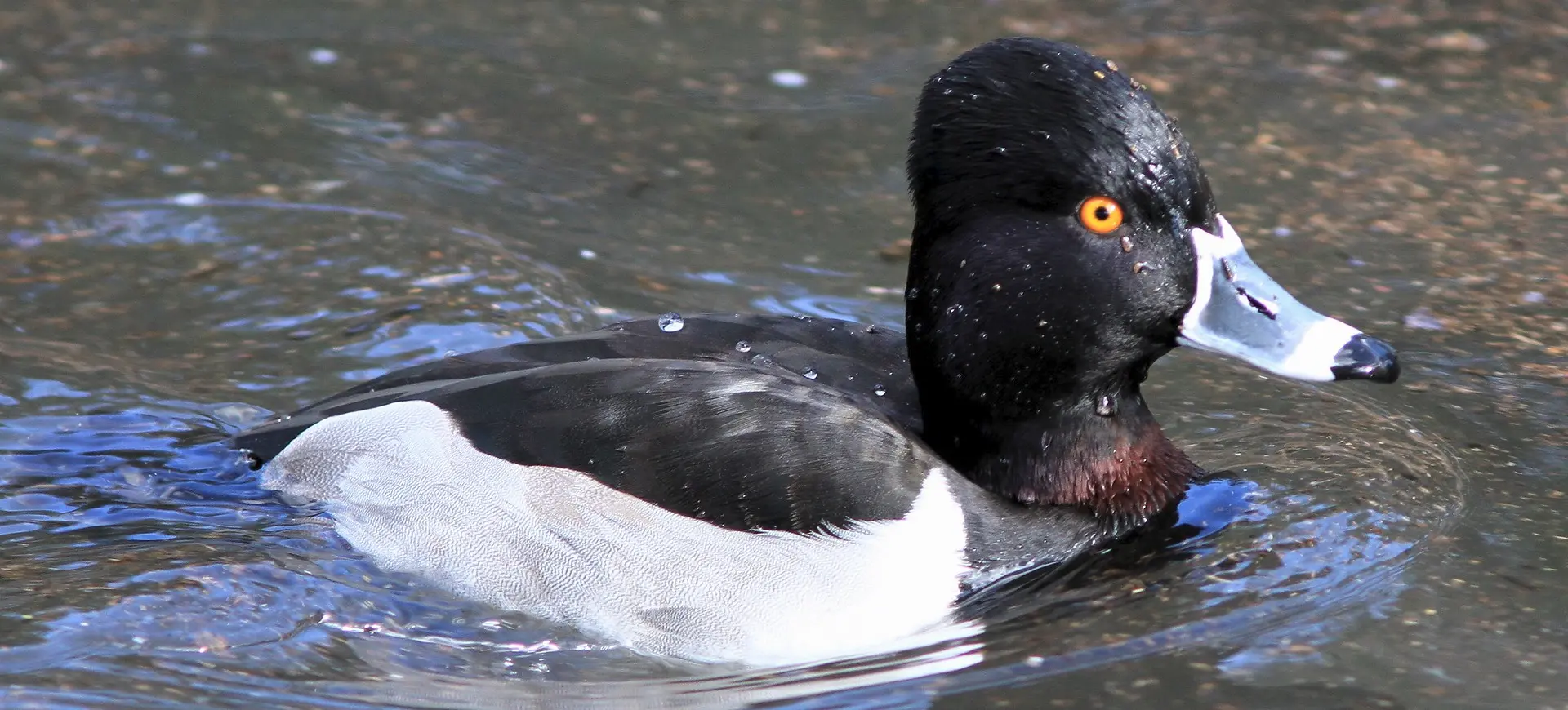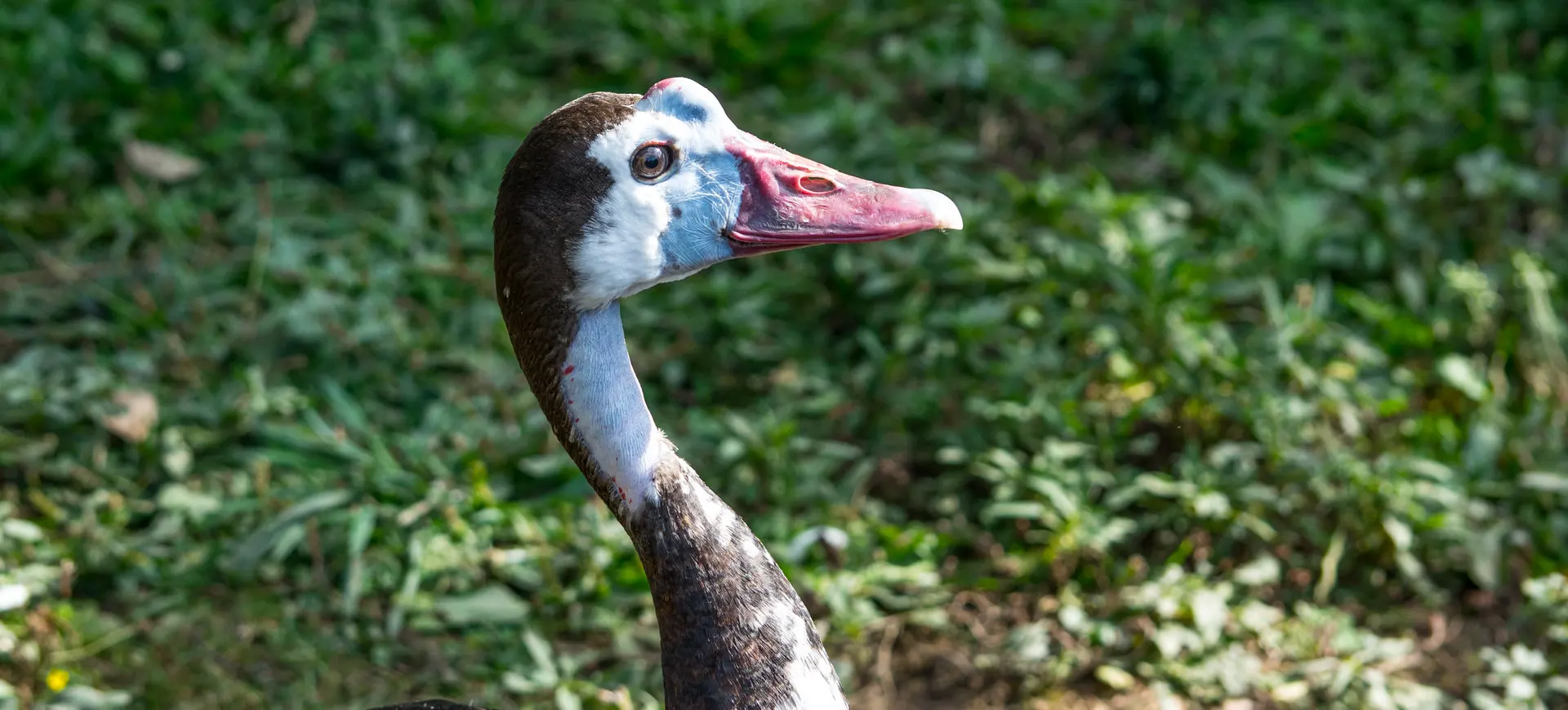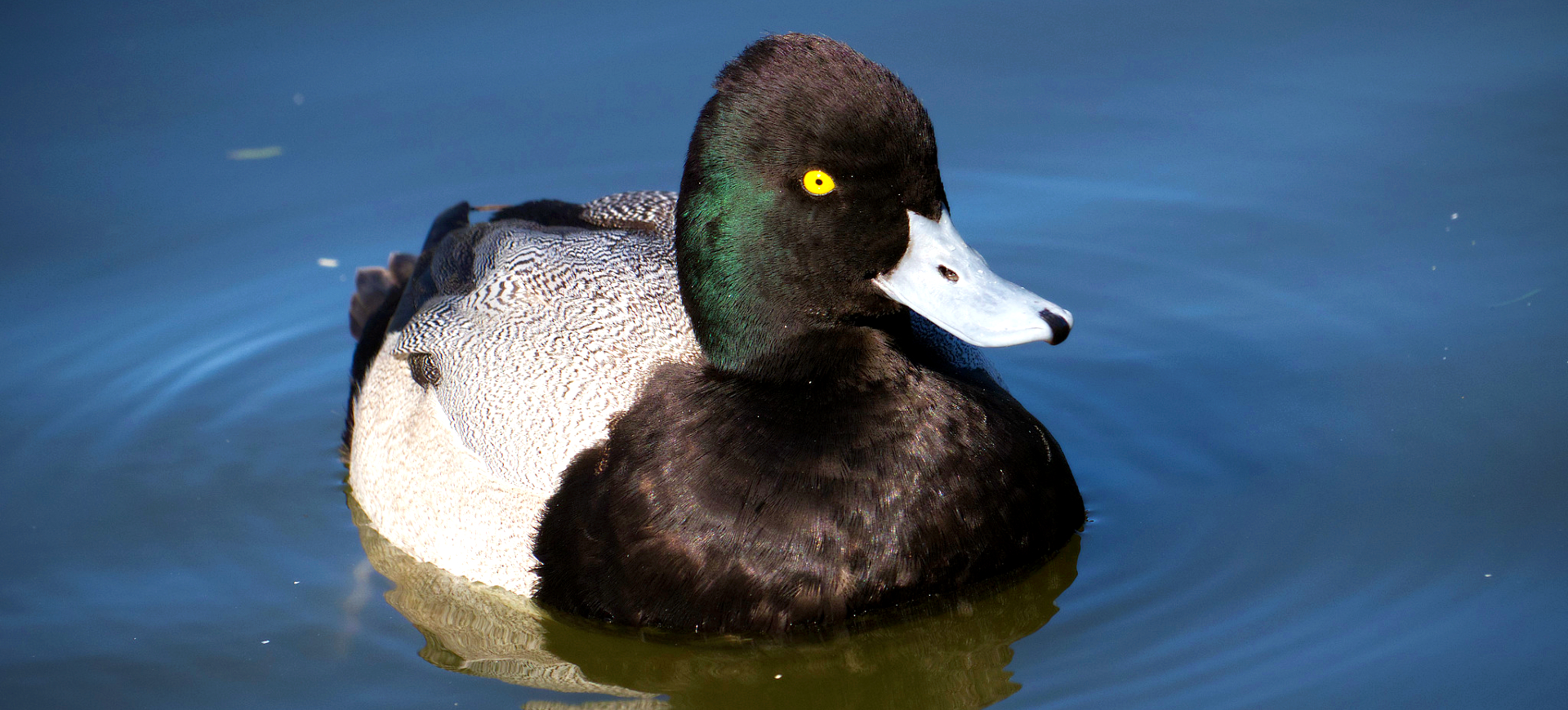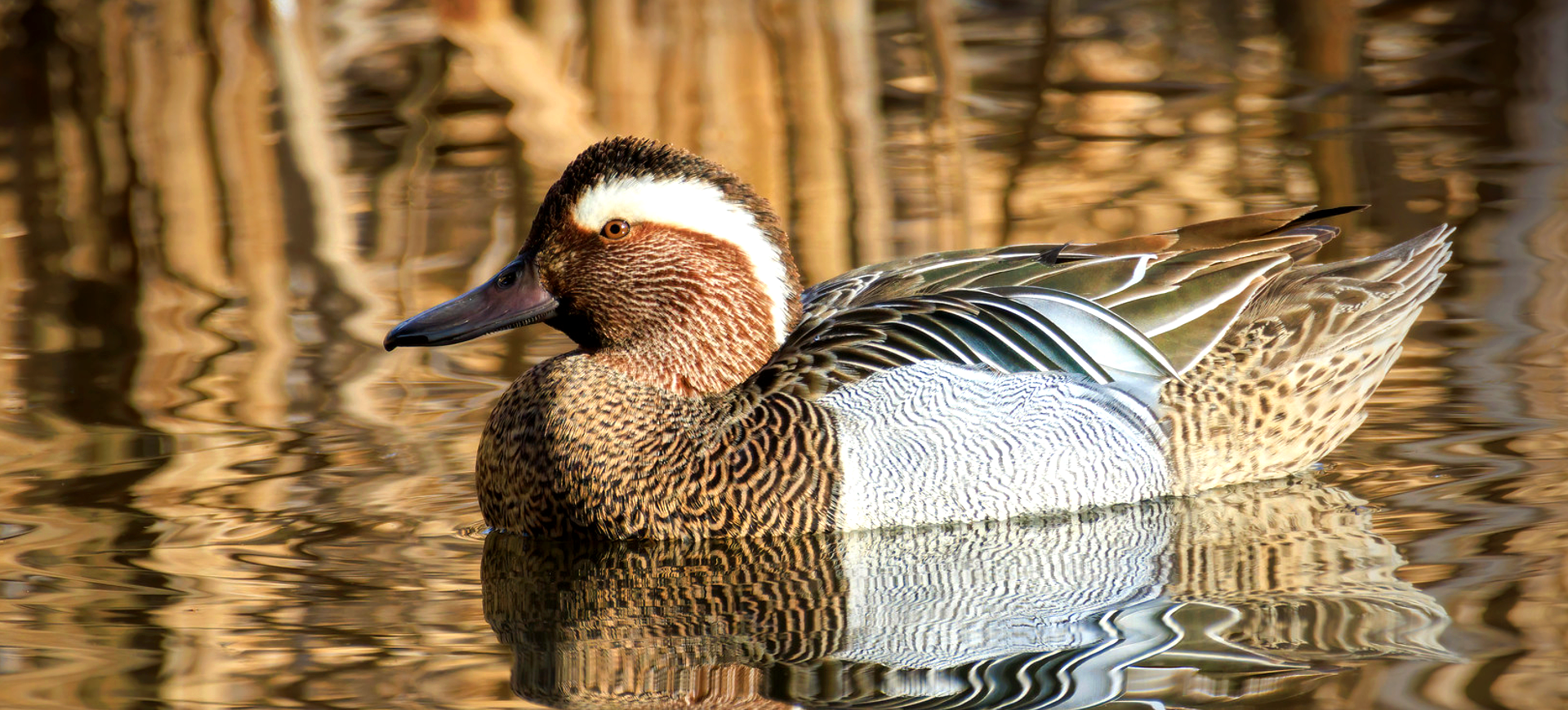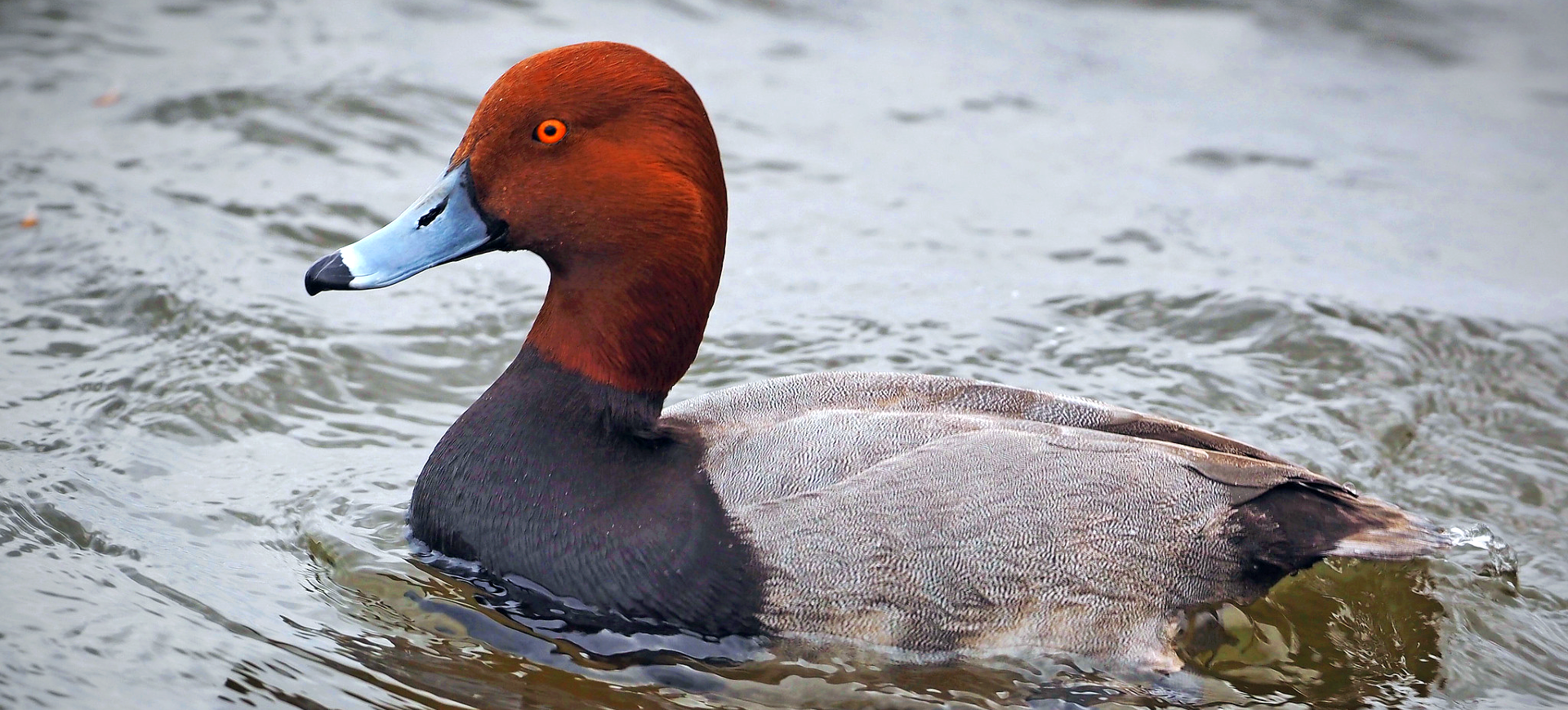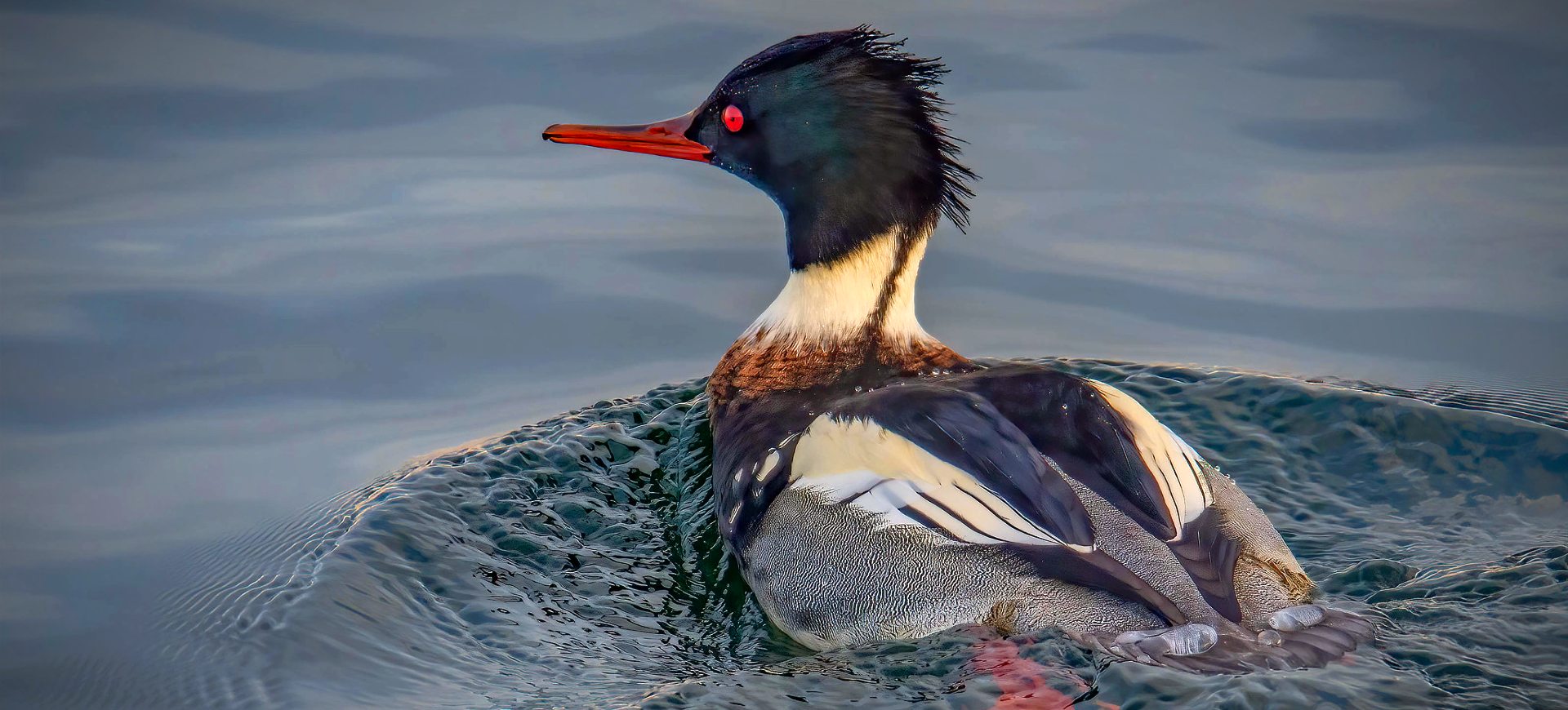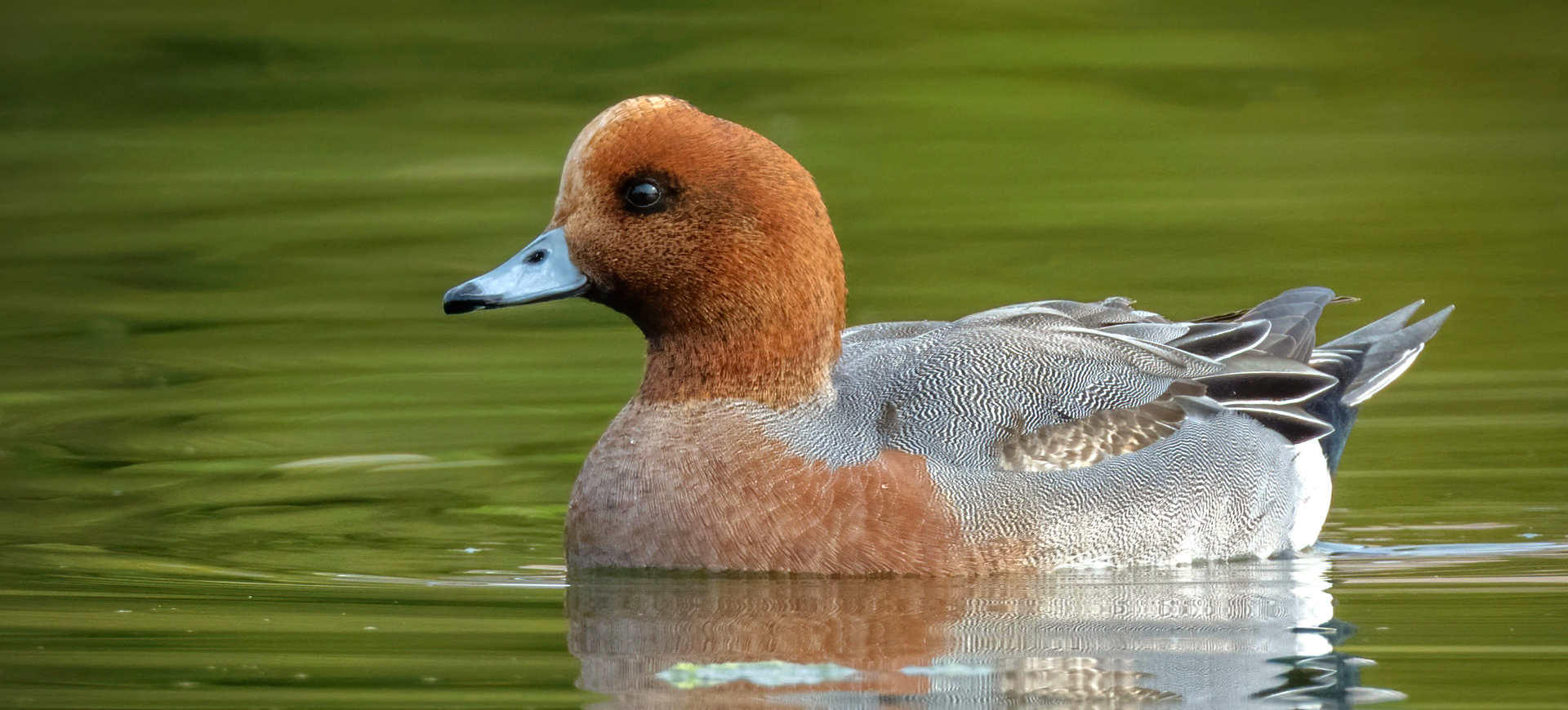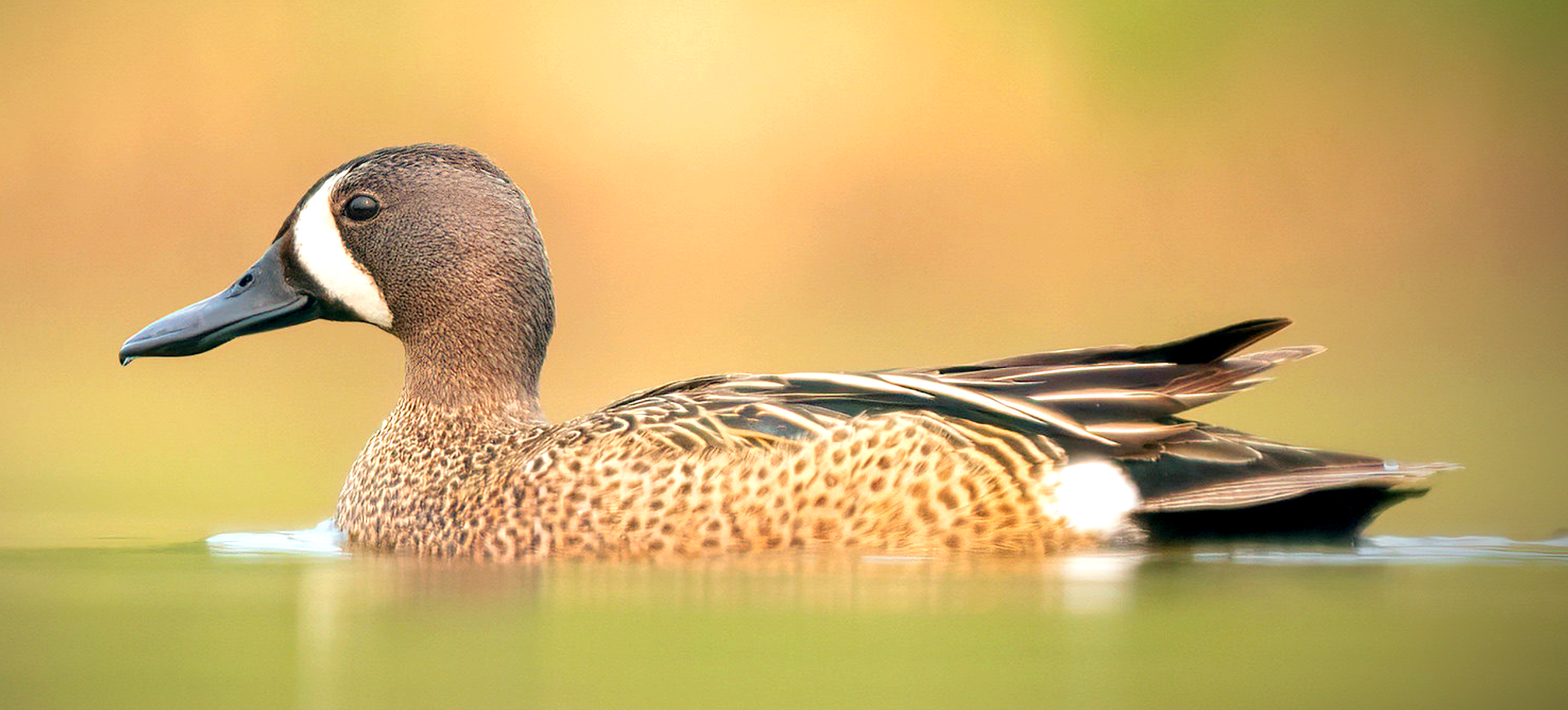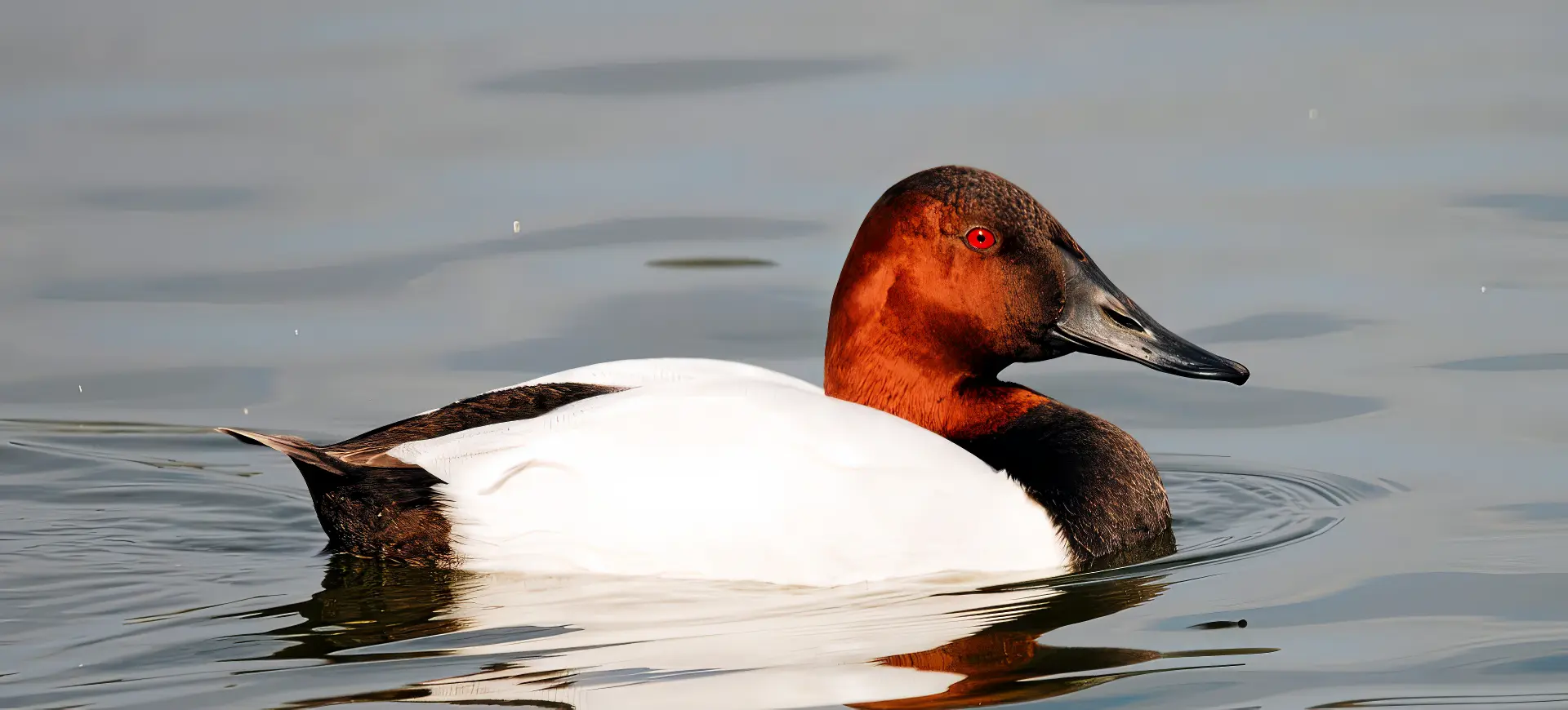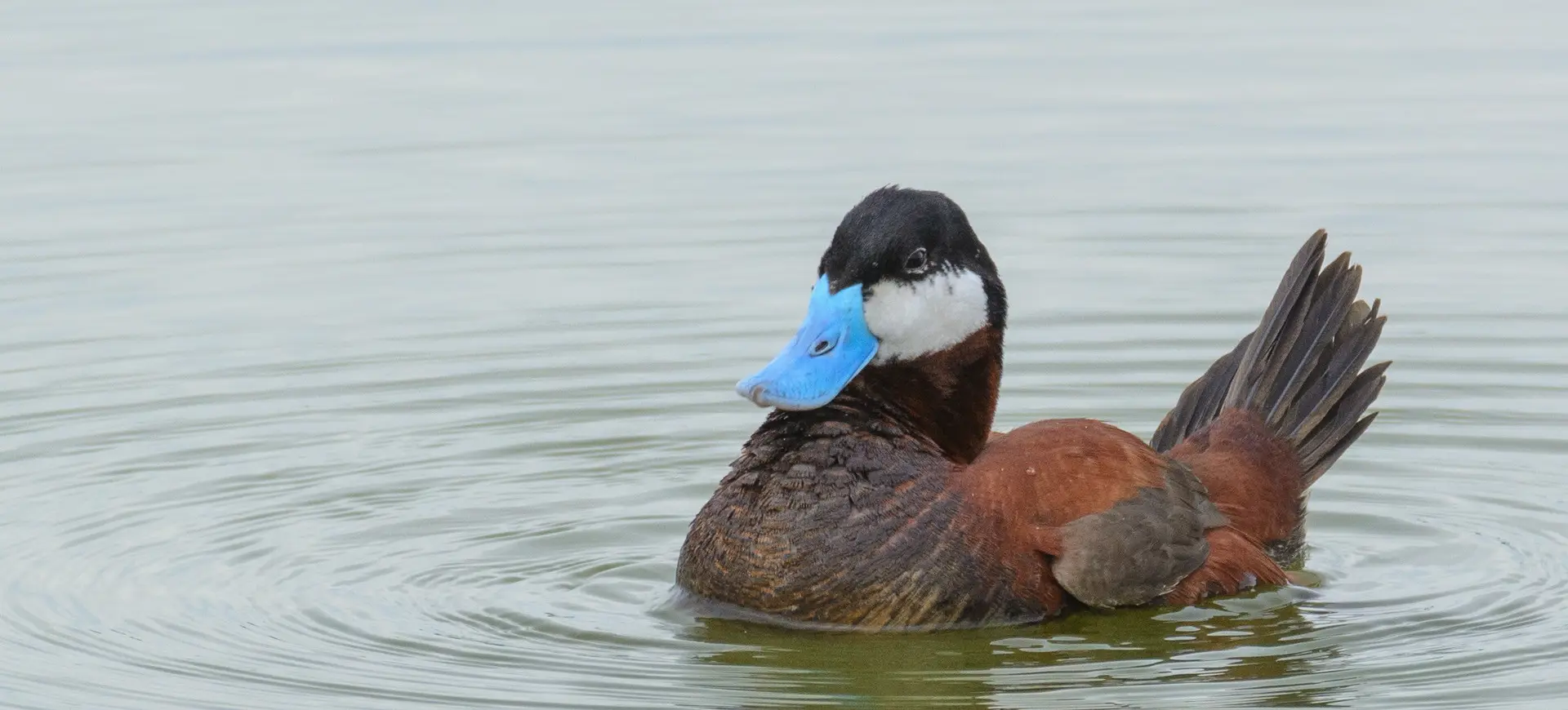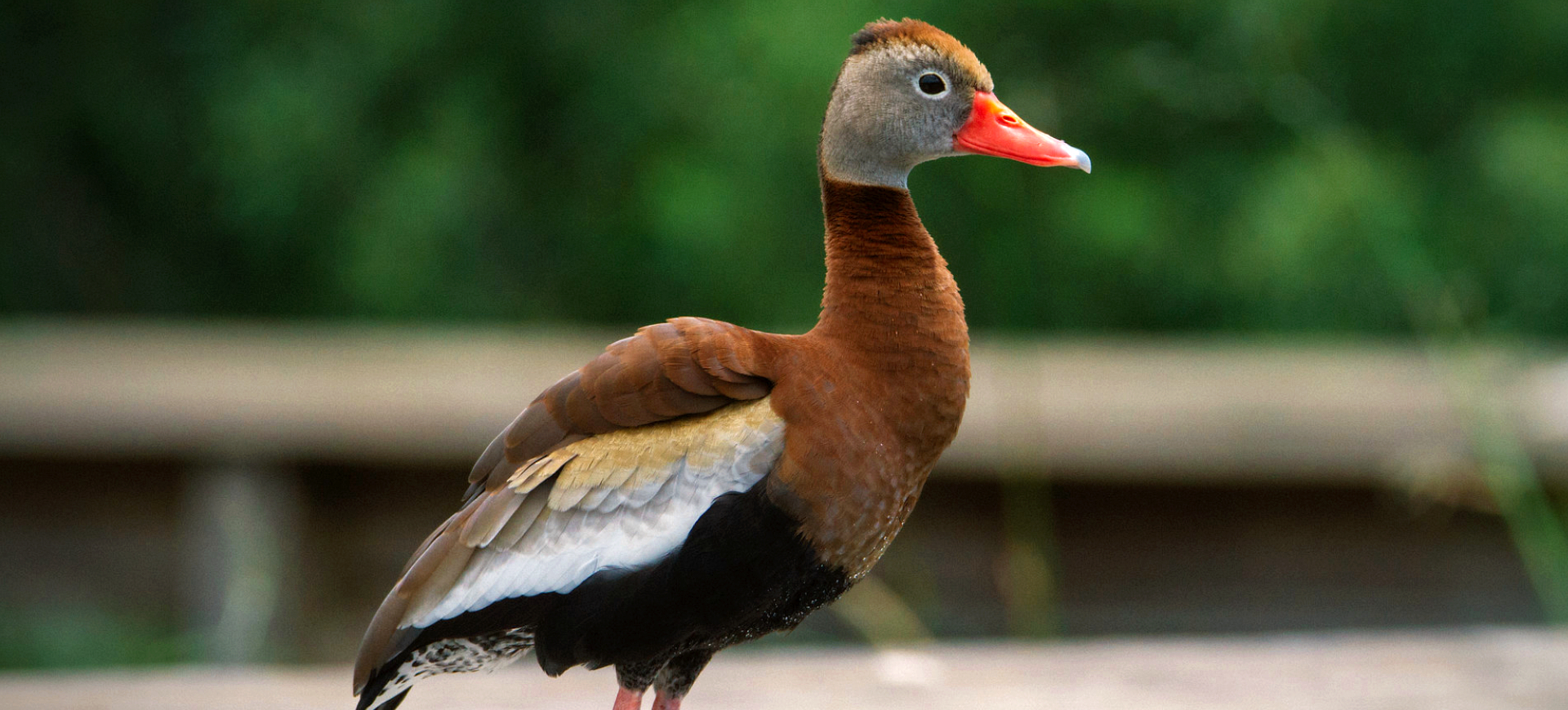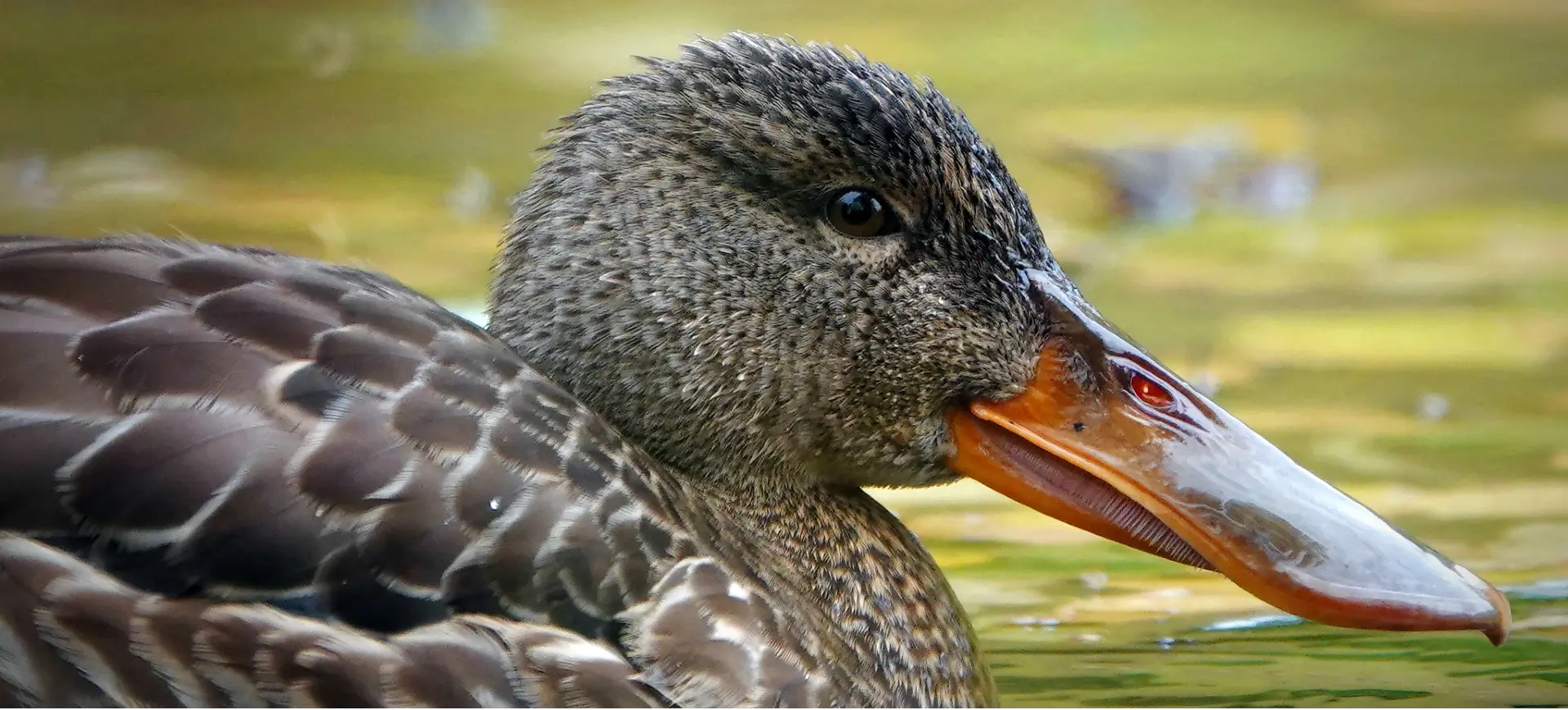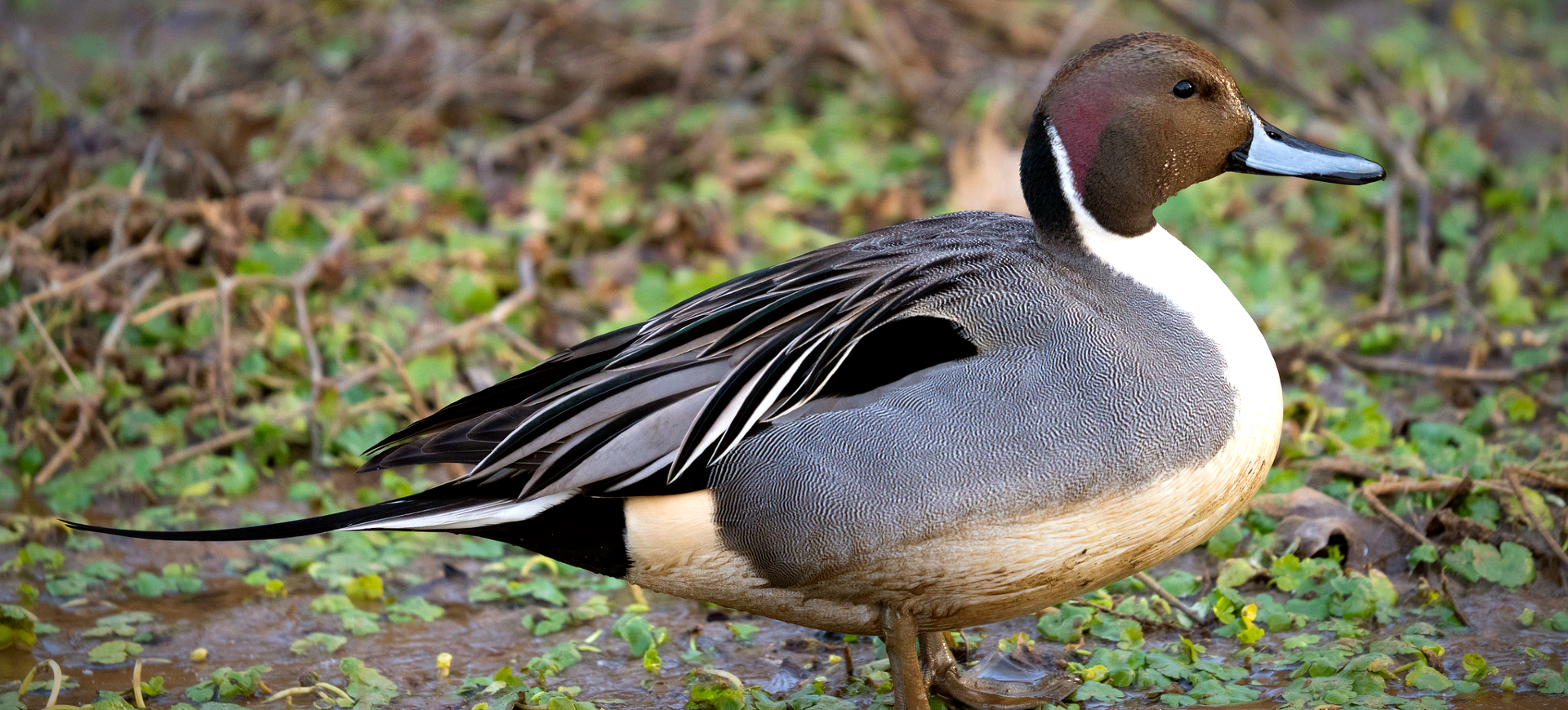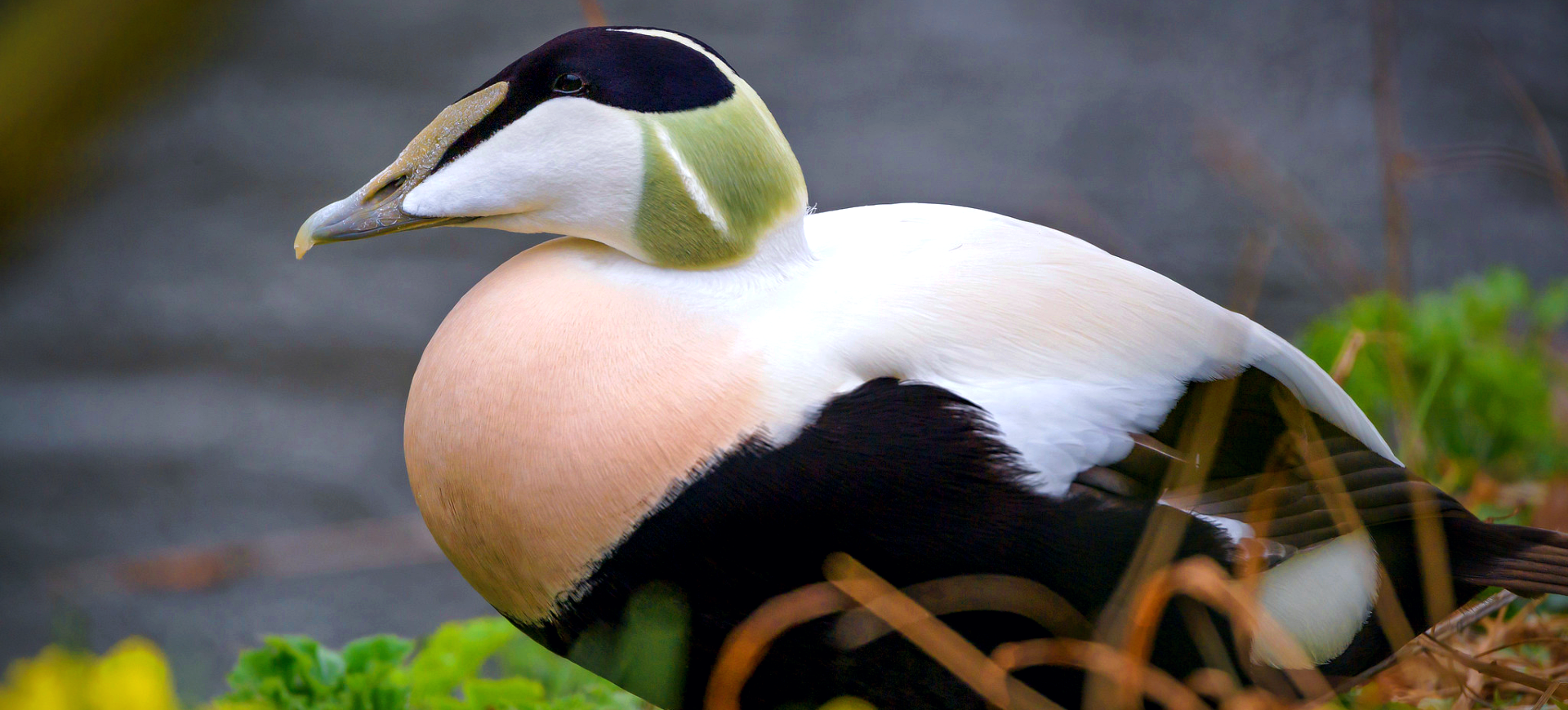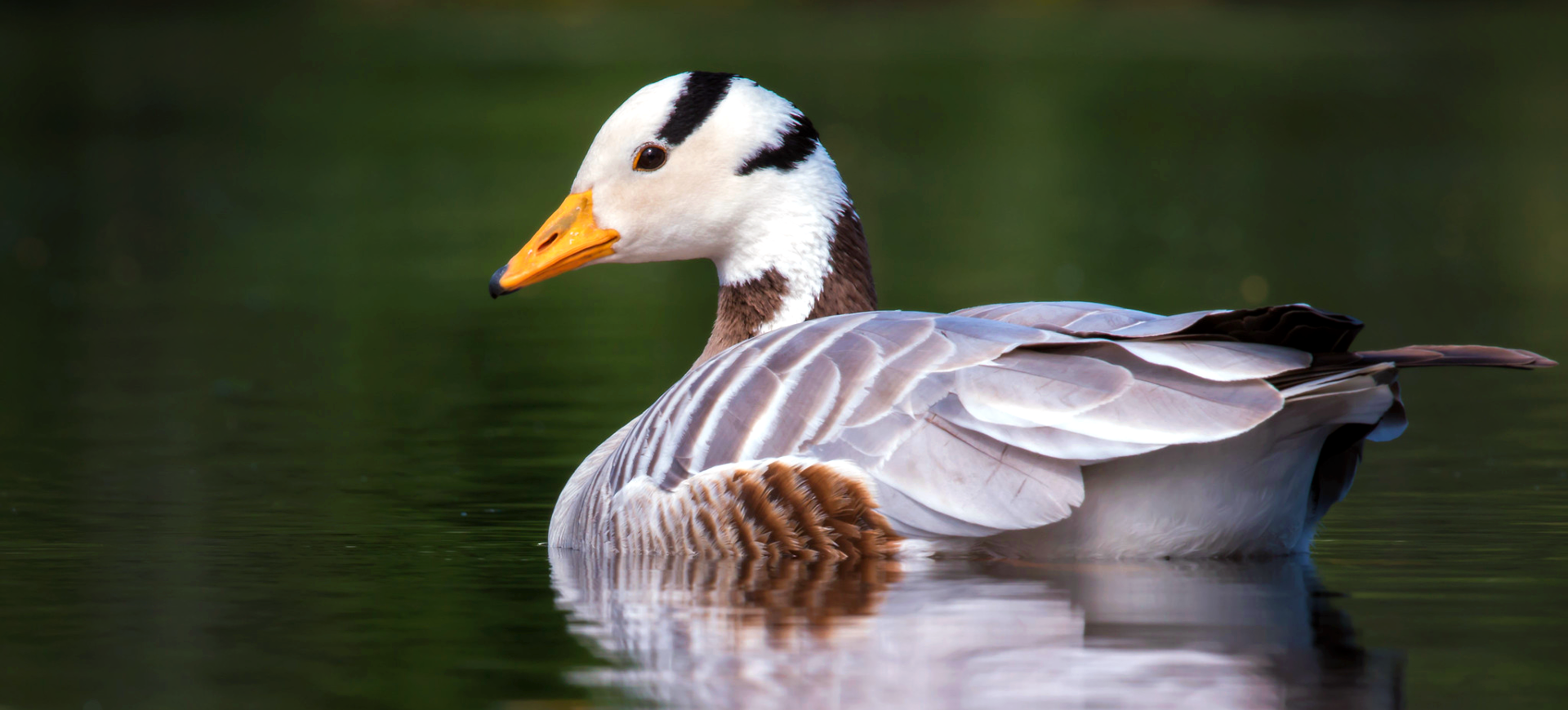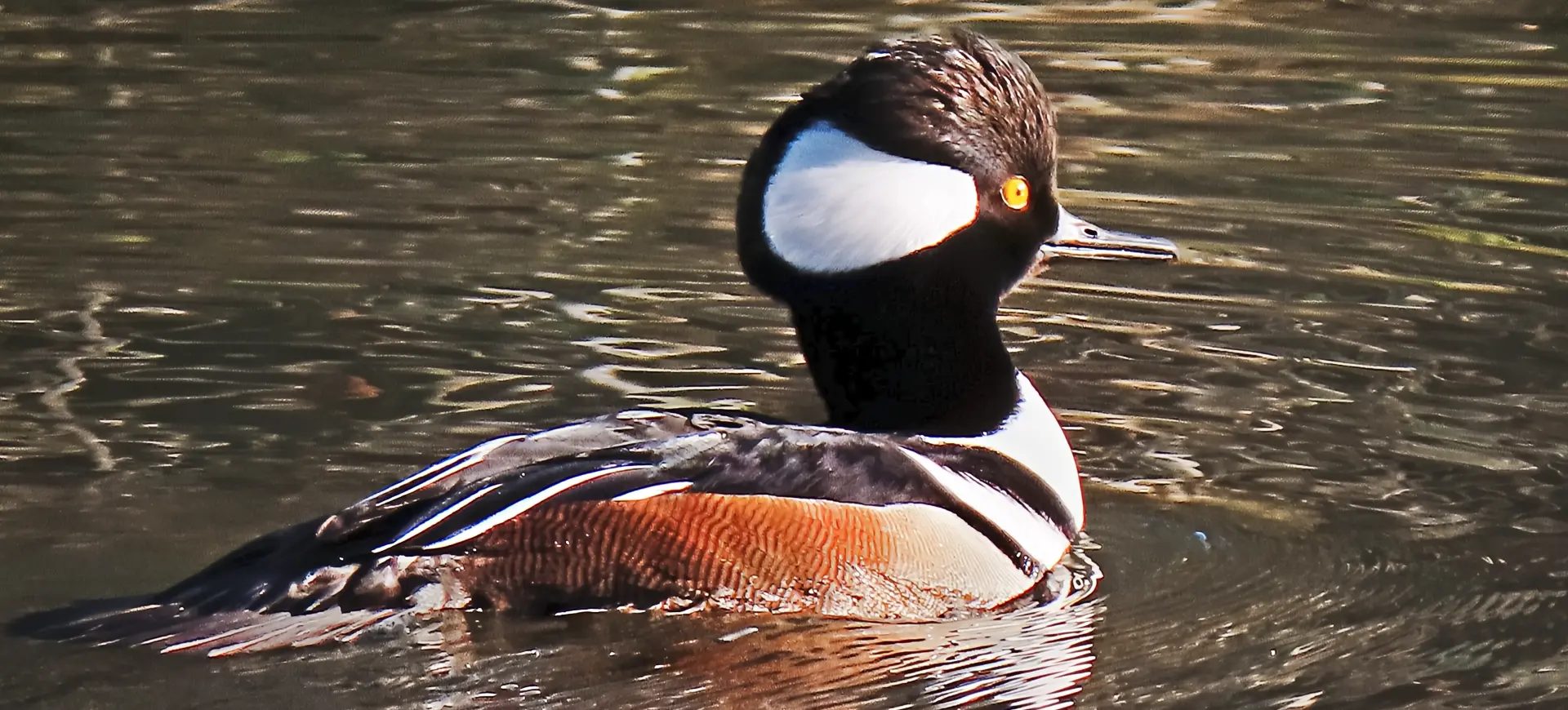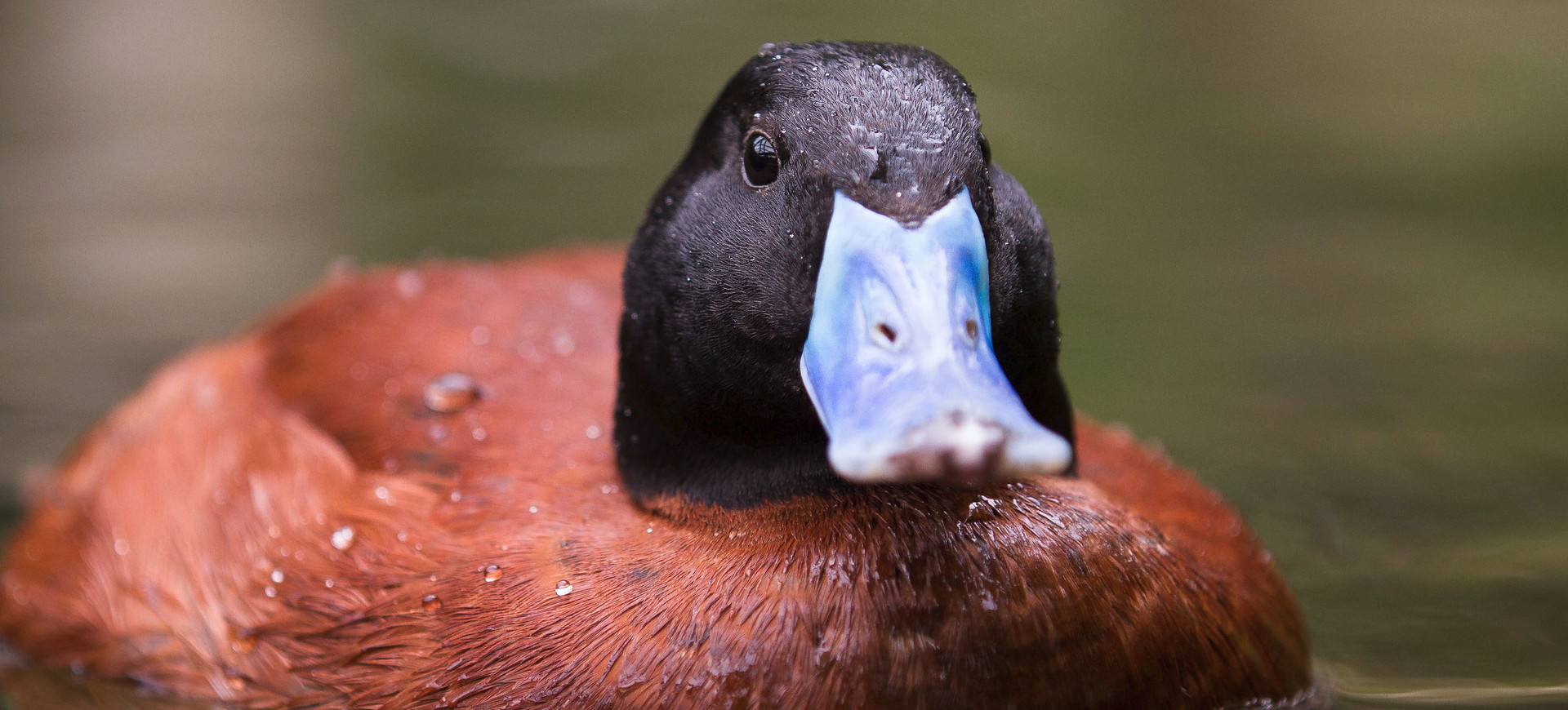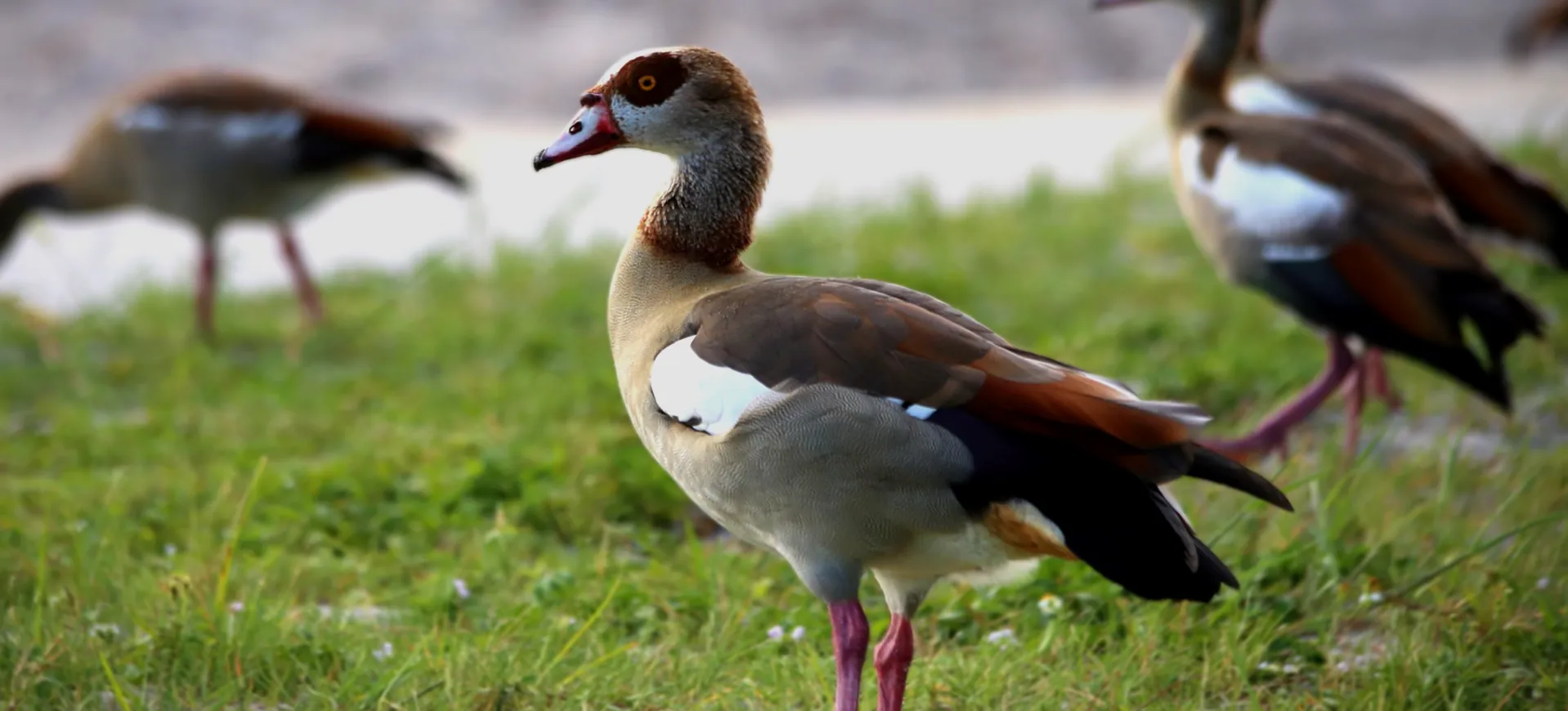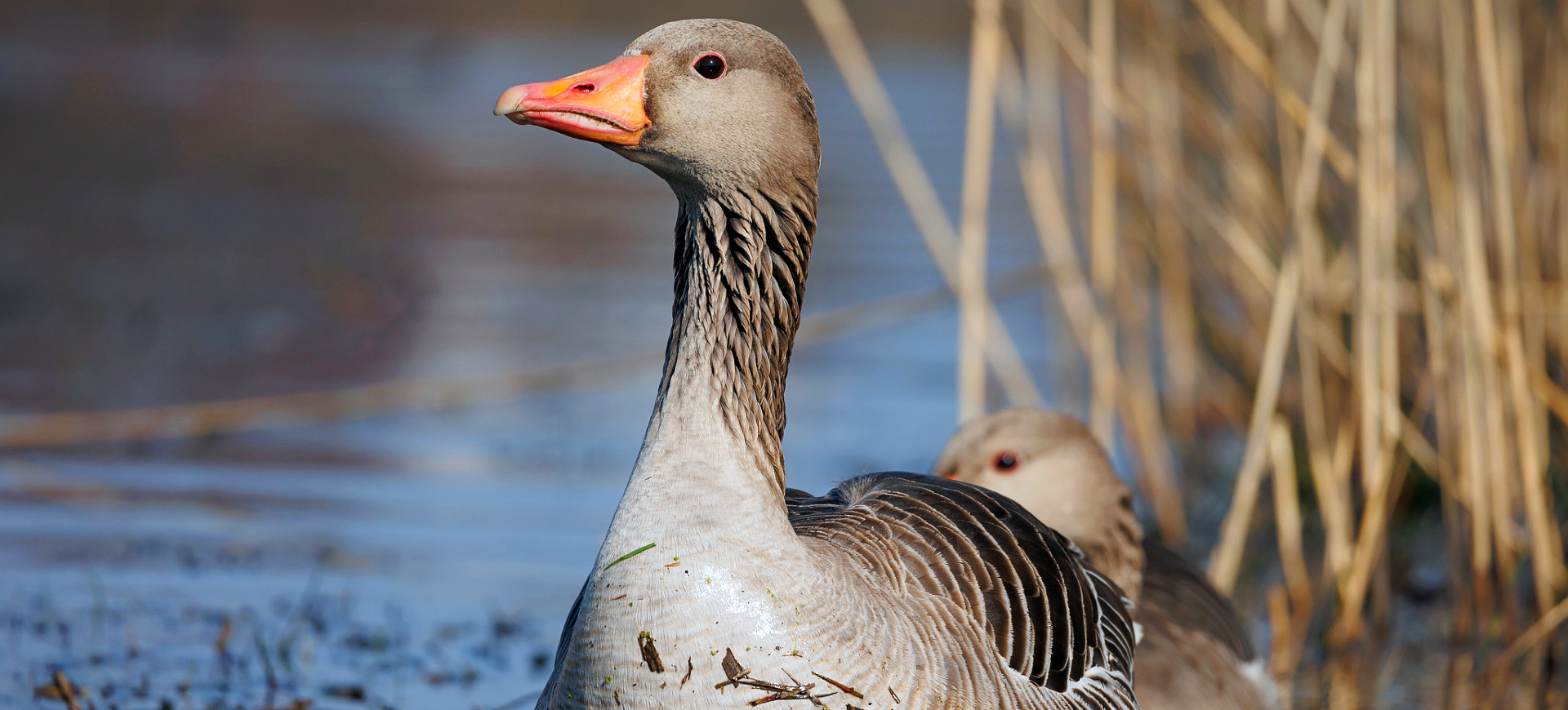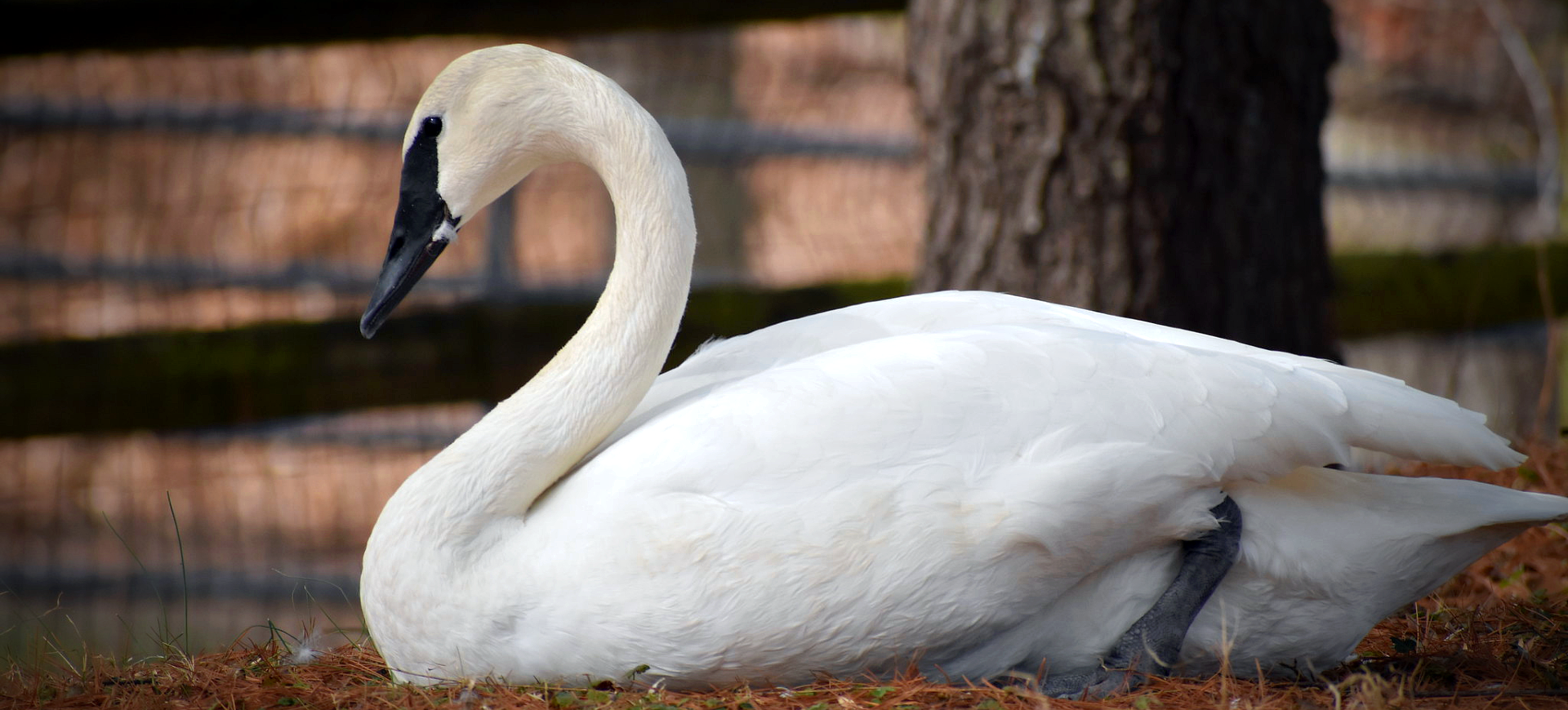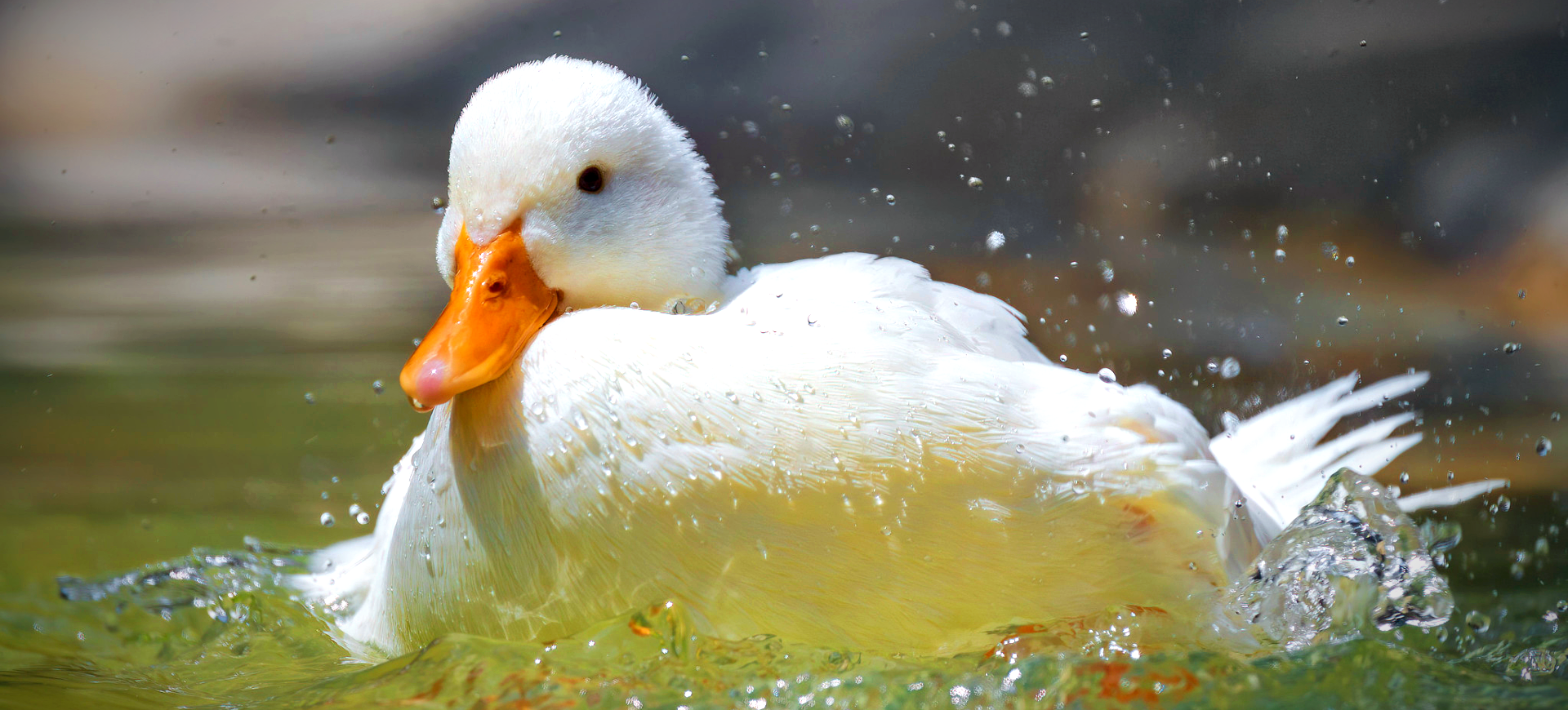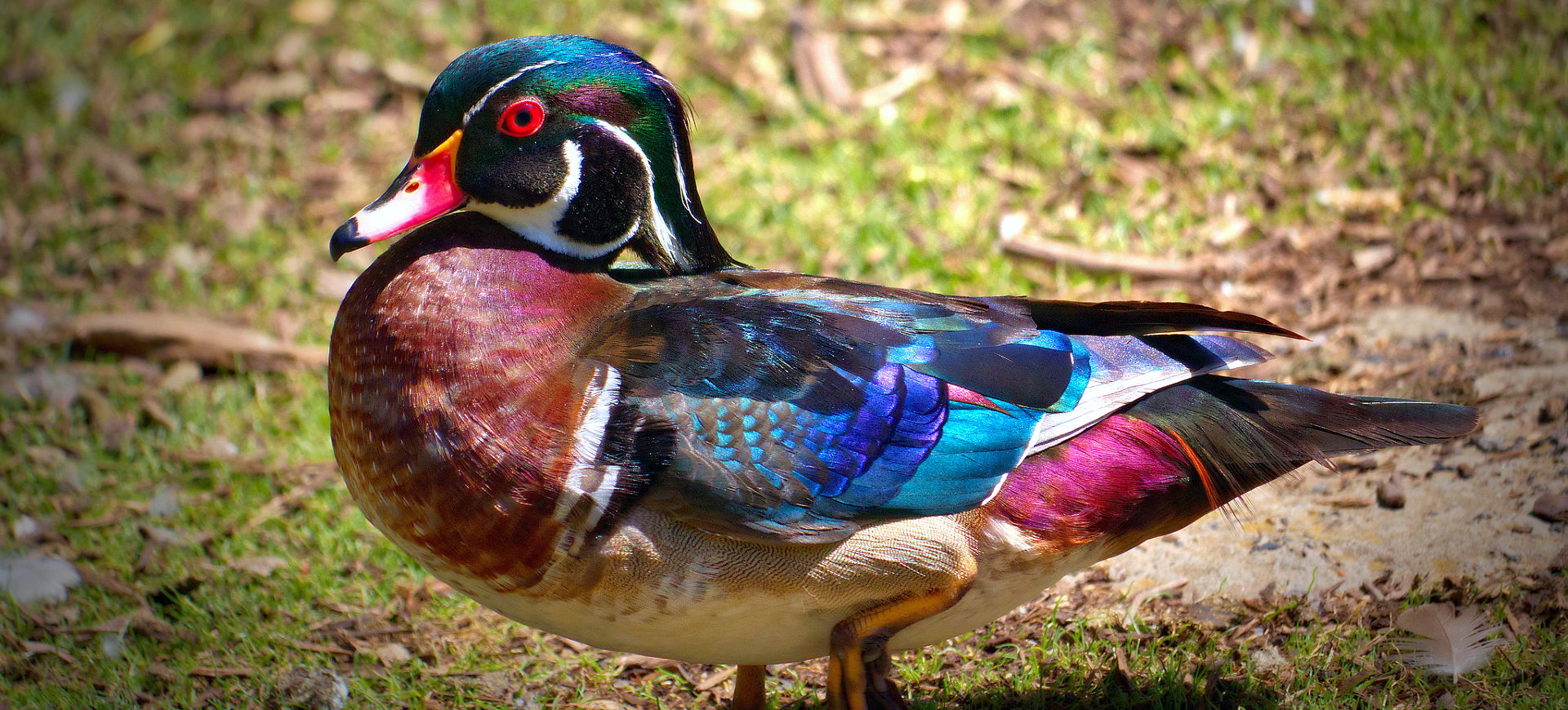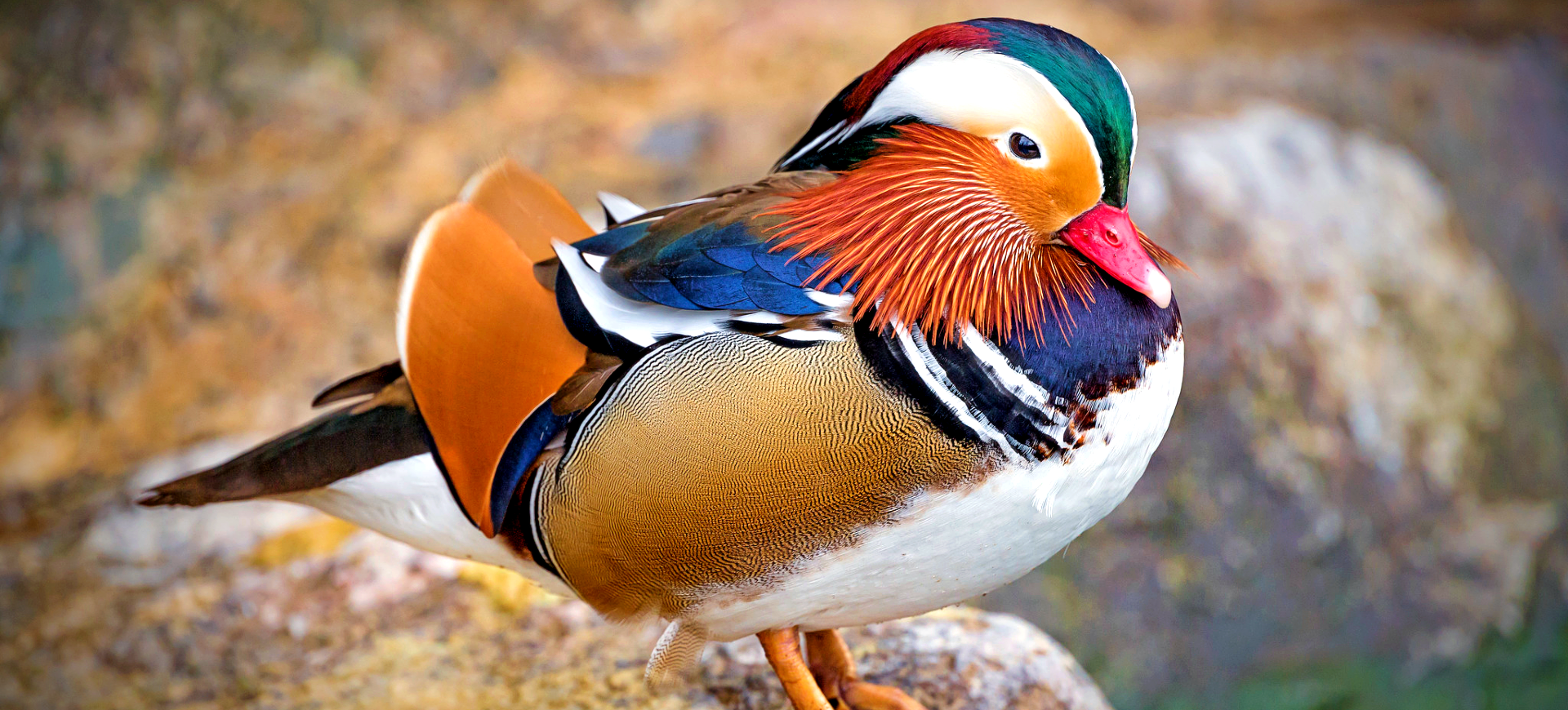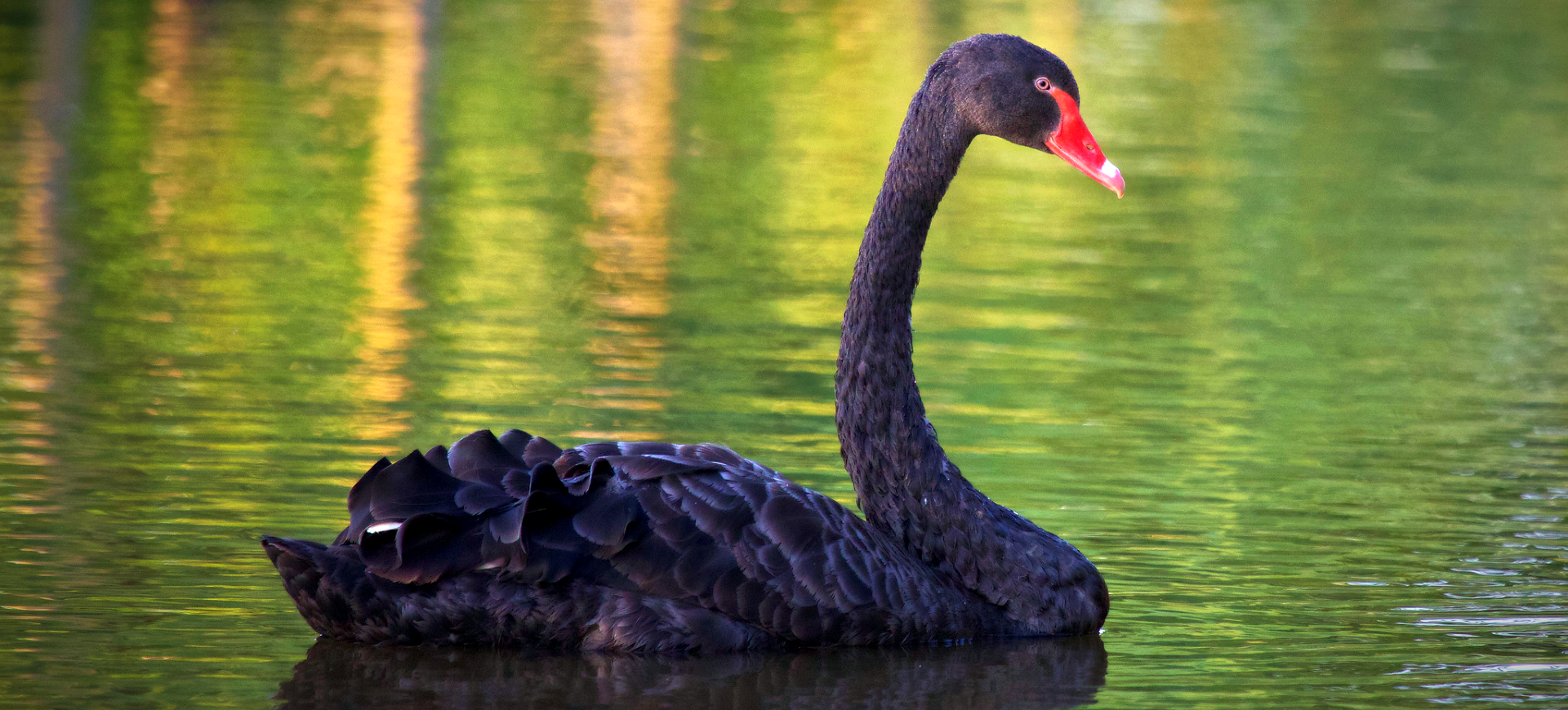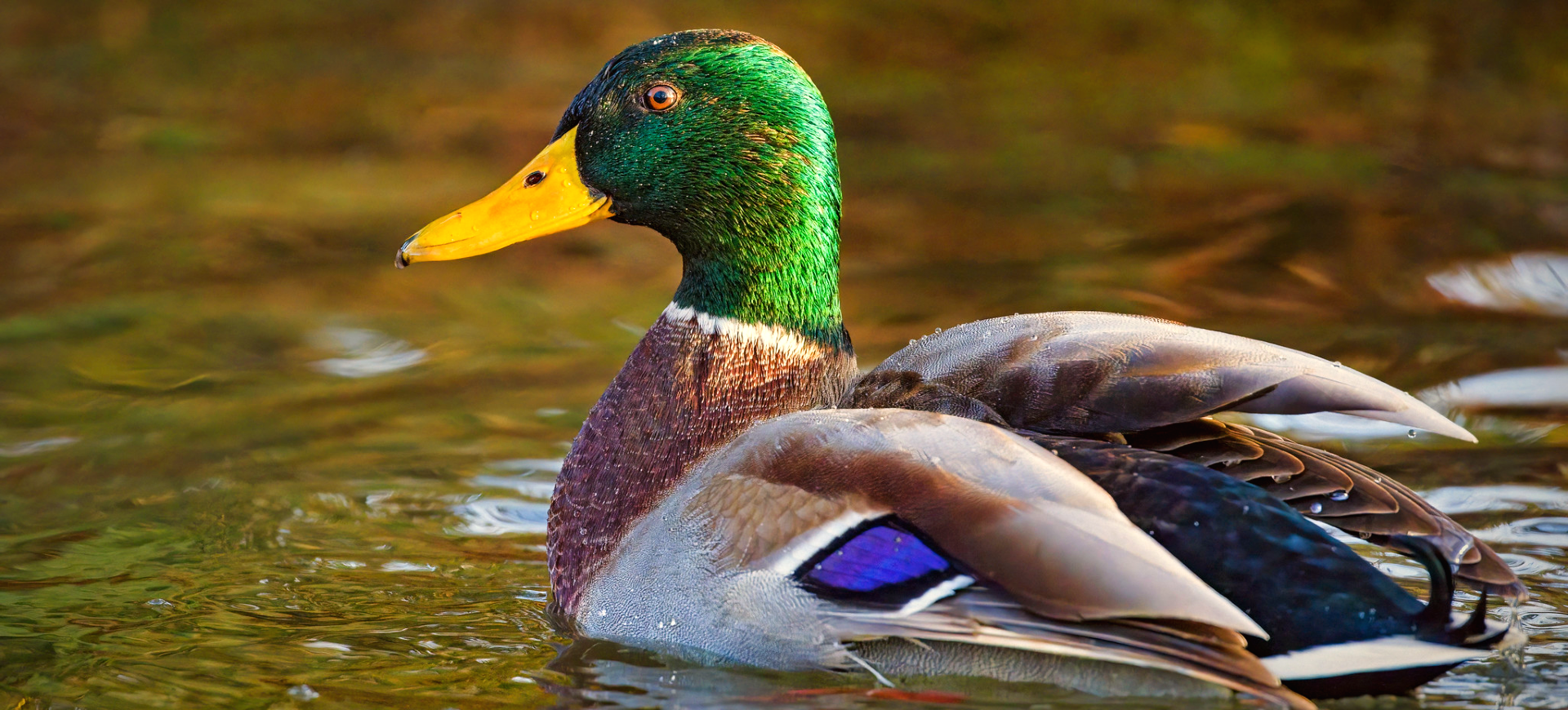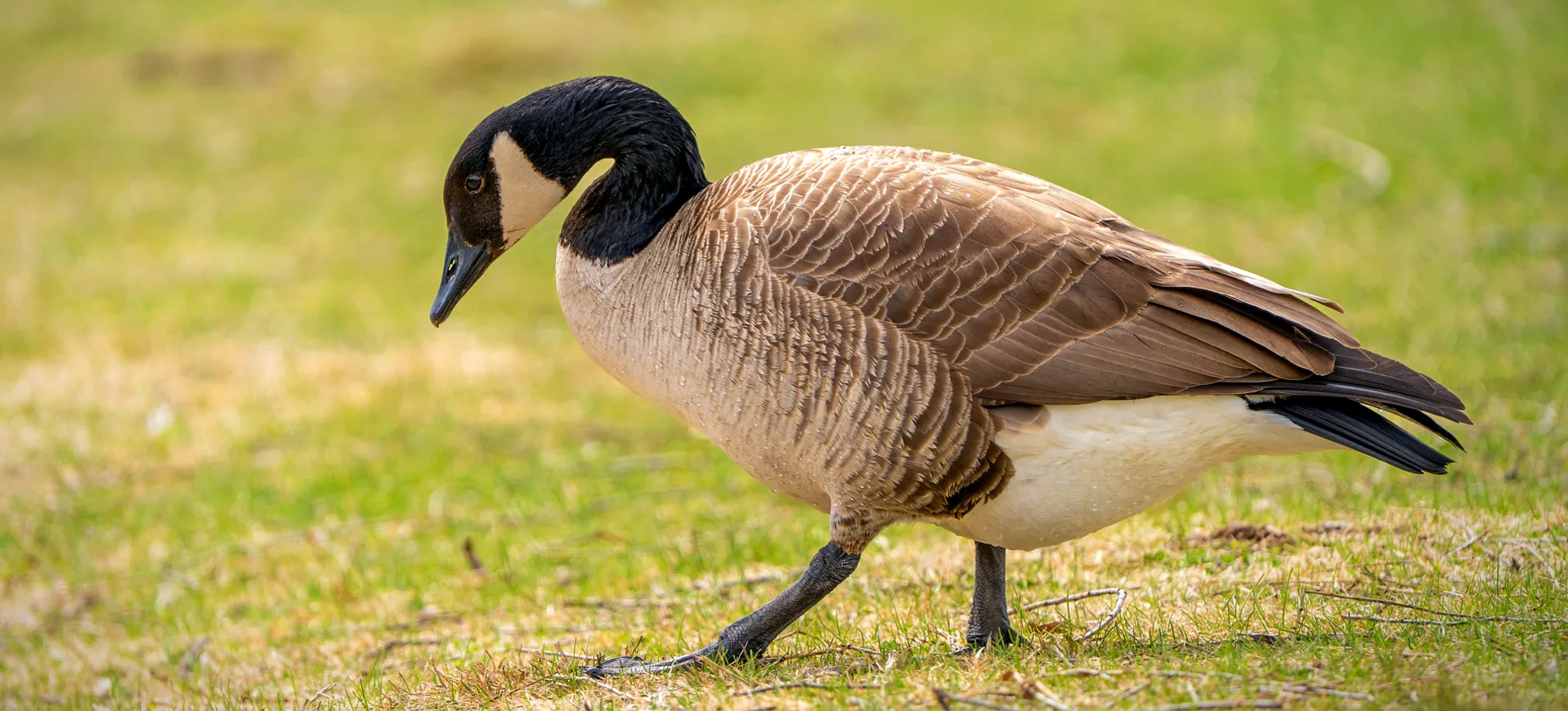Overview
The Orinoco Goose is a striking and unique waterfowl species native to parts of South America, especially near riverine and savanna habitats. Unlike most geese, it prefers wooded and inland freshwater regions and is often far from coastal zones. It exhibits terrestrial and aquatic behavior, frequently roosting in trees and nesting in cavities. Though classified as a goose, its behavior and ecological preferences are similar to shelducks.
This species is monotypic within its genus and exhibits strong pair bonds, often observed in stable, territorial pairs during the breeding season. It is primarily non-migratory but may exhibit local movement in response to seasonal flooding and habitat availability. Orinoco Geese are diurnal and forage mainly during daylight hours, preferring to feed on land rather than water. Their name is derived from the Orinoco River, although they are distributed beyond this river system.
The Orinoco Goose is relatively silent compared to other geese, with limited vocalizations primarily used for mating and warning calls. It is listed under Appendix I of CITES due to declining populations in some regions caused by habitat degradation. In countries like Bolivia and Brazil, populations remain more stable in protected areas. The species demonstrates low tolerance to habitat fragmentation, making conservation of continuous forested riparian corridors crucial.
Taxonomy
Kingdom
Phylum
Class
Order
Family
Genus
Species
Type
Current distribution:
The Orinoco Goose is native to northern and central South America, with core populations in the Amazon Basin, Orinoco Basin, and parts of the Pantanal. Countries with known populations include Venezuela, Colombia, Ecuador, Peru, Brazil, Bolivia, Paraguay, and northern Argentina. Although its distribution is wide, populations are patchy and often isolated due to habitat fragmentation. Some countries have experienced localized extirpations, particularly in more developed or deforested regions.
The most stable populations are found in protected reserves and national parks, where forested river corridors remain intact. In the Llanos of Venezuela and the Pantanal of Brazil and Bolivia, seasonal flooding supports critical feeding and breeding habitat. They are rarely seen in urban or coastal regions and avoid high-altitude or densely forested interior zones. The species is considered rare in much of its range outside protected areas.
Physical Description:
The Orinoco Goose has a distinctive plumage featuring a white head and neck, chestnut body, and black wings with green iridescence. Its legs and bill are bright pink, contrasting with its otherwise earthy coloration. Males and females are similar in appearance, though males are slightly larger and have a louder, raspier call. Juveniles resemble adults but with duller and less contrasting coloration.
This goose possesses a strong, upright posture and often perches in trees, aided by sharp claws adapted for gripping. Unlike many other waterfowl, it exhibits limited webbing on its feet, which supports its more terrestrial and arboreal habits. The broad, rounded wings and distinct wing coloration make it easily identifiable in flight. Despite being a competent flier, it often prefers walking or roosting in elevated areas.

Lifespan: Wild: ~15 Years || Captivity: ~20 Years

Weight: Male: 6.6–7.7 lbs (3–3.5 kg) || Female: 5.5–7 lbs (2.5–3.2 kg)

Length: Male: 25–30 in (63.5–76.2 cm) || Female: 24–28 in (61–71 cm)

Height: Male: 25–28 in (63.5–71 cm) || Female: 23–26 in (58–66 cm)

Wingspan: Male & Female: 51–55 in (130–140 cm)

Top Speed: 40 mph (64 km/h)
Characteristic:
Native Habitat:
Orinoco Geese inhabit lowland tropical ecosystems, especially near large rivers, oxbow lakes, and seasonally flooded forests. They prefer environments with abundant tree cover, which supports their unique tree-nesting behavior. Nesting often occurs in large tree cavities, making the presence of mature riparian forest critical to their reproductive success. Their home range is typically near slow-moving freshwater systems bordered by savanna or light woodland.
The species adapts well to seasonal water-level fluctuations, especially in floodplain habitats like the Llanos of Venezuela and the Pantanal in Brazil. To avoid flooding, they may shift to elevated dry areas or roost in trees during high-water periods. The availability of both open grassy feeding grounds and secure arboreal nesting sites is essential for their habitat selection. Human disturbance and habitat fragmentation, particularly logging and agriculture, have reduced suitable nesting areas in parts of their range.
Biomes:
Biogeographical Realms:
Continents:
Diet:
Diet & Feeding Habits:
The Orinoco Goose is primarily herbivorous, feeding on terrestrial vegetation including grasses, seeds, and leaves. It forages mostly on land, often grazing in open savannas or forest clearings near water bodies. Though capable swimmers, they rarely feed in water, distinguishing their behavior from that of many other geese. Occasionally, they may consume small insects or aquatic invertebrates, particularly during the breeding season.
Feeding activity peaks in the early morning and late afternoon, with rest and preening occurring midday. Foraging groups are typically small, often consisting of mated pairs or family units. The species is territorial during the breeding season and will defend feeding areas aggressively. Its dietary flexibility supports its survival in forest edges and floodplain environments.
Mating Behavior:
Mating Description:
The Orinoco Goose exhibits strong pair bonds, often maintaining monogamous relationships throughout the breeding season and potentially across multiple years. Nesting typically occurs in tree cavities, a rare trait among geese, requiring access to mature riparian or gallery forests. Breeding pairs defend their territories aggressively, especially around nesting sites and nearby feeding grounds. Egg-laying generally coincides with the dry season, when flood levels are low and nesting trees are accessible.
The female incubates the eggs while the male remains nearby to protect the territory from predators or intruders. Clutch sizes usually range from 6 to 10 eggs, with both parents contributing to chick rearing after hatching. Chicks are precocial and leave the nest shortly after hatching, although they remain under parental care for several weeks. Breeding success is closely tied to habitat quality and the availability of suitable nesting sites.
Reproduction Season:
Birth Type:
Pregnancy Duration:
Female Name:
Male Name:
Baby Name:
Social Structure Description:
Orinoco Geese are typically observed in mated pairs or small family groups, with larger aggregations occurring occasionally outside the breeding season. They are highly territorial during the nesting period and will display aggressive behavior to defend nesting sites. Parent pairs remain close to their offspring during early development, forming tight-knit family units. Loose groups may form in feeding areas outside the breeding season, especially near seasonal wetlands.
There is little evidence of large, complex social hierarchies, and their social behavior is generally limited to the immediate family group. In non-breeding contexts, they may tolerate other individuals nearby if resources are abundant. Social communication involves visual displays and occasional vocalizations, particularly for mate bonding or warning signals. Tree roosting also provides a level of group safety from ground predators.
Groups:
Conservation Status:
Population Trend:
The global population of the Orinoco Goose is relatively small and is believed to be declining due to habitat degradation and hunting pressures. Although it remains locally common in Bolivia, Brazil, and Venezuela, its range has contracted in many areas due to agricultural expansion and deforestation. Population estimates suggest fewer than 10,000 mature individuals, with regional variations in abundance and stability. Protected areas and river reserves are important refuges, but populations outside these zones are highly vulnerable.
Captive populations are minimal and largely restricted to conservation breeding programs and zoos. Due to logistical and ecological constraints, these efforts have not yet contributed significantly to wild population restoration. The species’ reliance on tree cavities for nesting makes managing or reintroducing it in fragmented habitats difficult. Low reproductive success and challenges in replicating natural habitat conditions hinder captive breeding.
Population Threats:
Primary threats to the Orinoco Goose include habitat destruction through deforestation, agriculture, and infrastructure development near major river systems. Logging removes critical nesting trees, while expansion of cattle ranching and croplands reduces feeding grounds. Damming and waterway management increasingly disrupt seasonal flooding patterns, altering the ecological cycles that support breeding. Poaching for meat and feathers also contributes to population declines in some areas.
The species’ limited reproductive rate and dependence on specific nesting habitats increase its disturbance vulnerability. Habitat fragmentation isolates small subpopulations, reducing genetic diversity and breeding opportunities. Human encroachment, including settlement and tourism, increases disturbance in key breeding zones. Climate change may further exacerbate habitat instability by altering rainfall and flooding cycles in its range.
Conservation Efforts:
Conservation efforts include legal protection under CITES Appendix I and the establishment of reserves within critical habitats in Bolivia, Brazil, and Venezuela. In-situ protection of nesting trees and habitat corridors is vital, and some regions have implemented restrictions on tree felling near rivers. Local environmental education and awareness programs help reduce hunting and promote community-led conservation. Research initiatives monitor population trends and reproductive success in wild and semi-wild conditions.
Ex-situ conservation through captive breeding is limited but ongoing in select zoological institutions and conservation centers. Improving captive breeding success involves using artificial nest boxes and habitat simulation. Long-term strategies emphasize the restoration of riparian forest zones and riverine connectivity. International collaboration is encouraged to coordinate protection efforts across the species’ transboundary range.
Additional Resources:
Fun Facts
- The Orinoco Goose is one of the few goose species that nest in tree cavities.
- It belongs to a monotypic genus, Neochen, meaning it has no close relatives in its genus.
- Despite being a goose, it often behaves more like a shelduck in its ecology.
- It is more terrestrial than aquatic, rarely swimming or diving.
- It has strong claws and feet that allow it to perch and roost in trees.
- Pairs are monogamous and often stay together for multiple years.
- Chicks are precocial and leave the nest soon after hatching, often leaping from high tree cavities.
- It is protected under CITES Appendix I due to its population decline.
- The species is most active during early morning and late afternoon foraging.
- It can be found in remote riverine systems across the Amazon and Orinoco basins.

